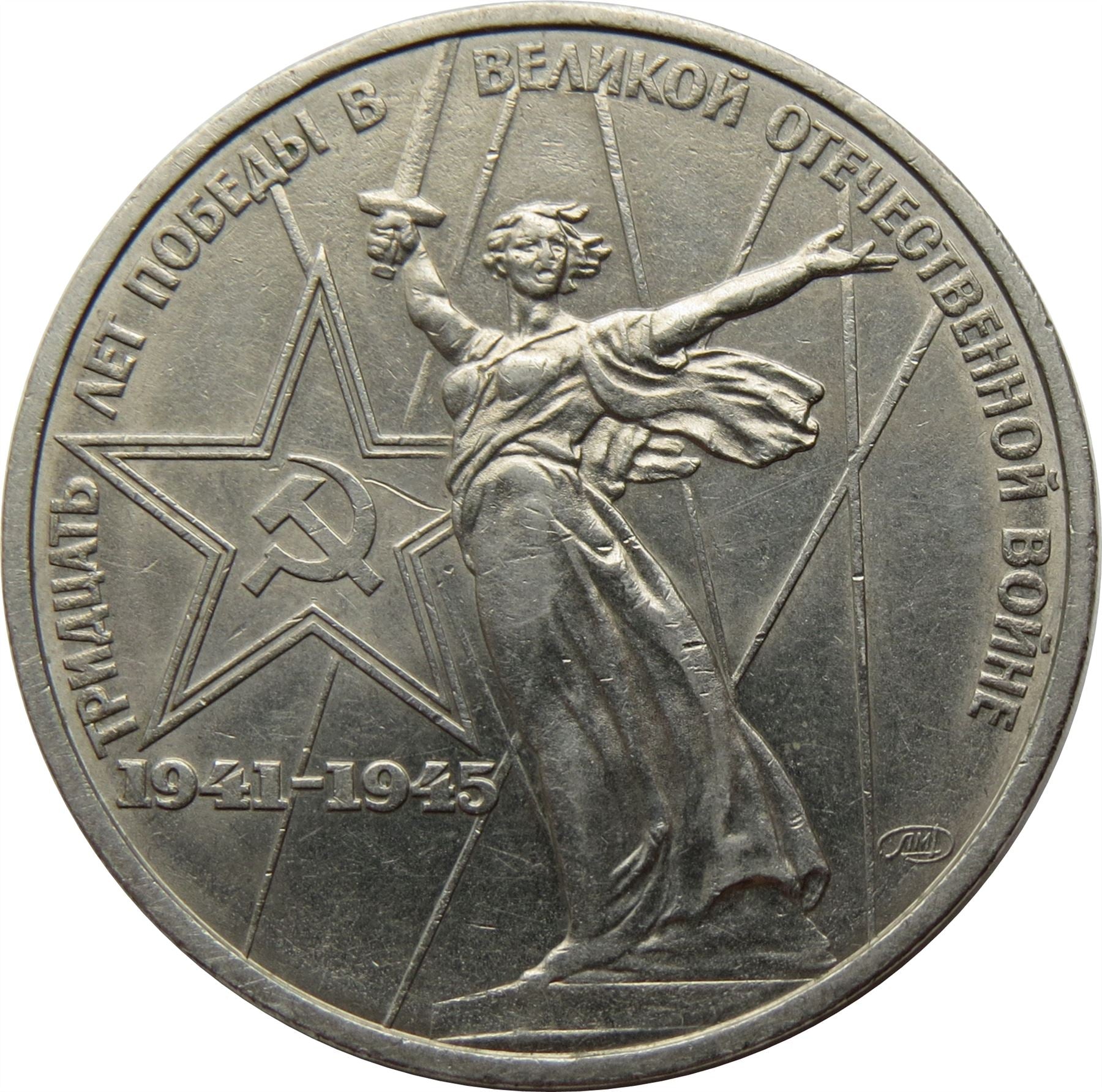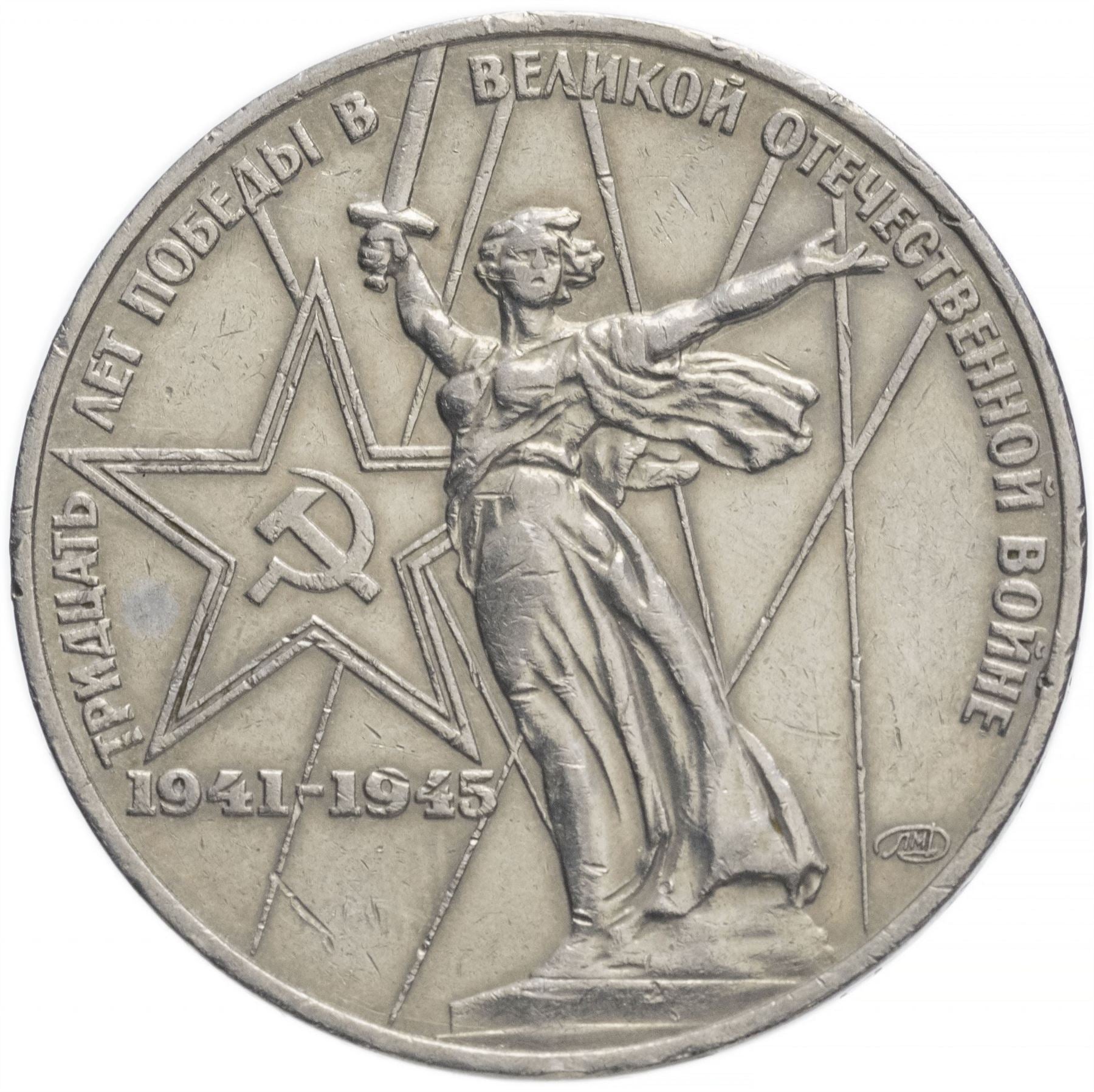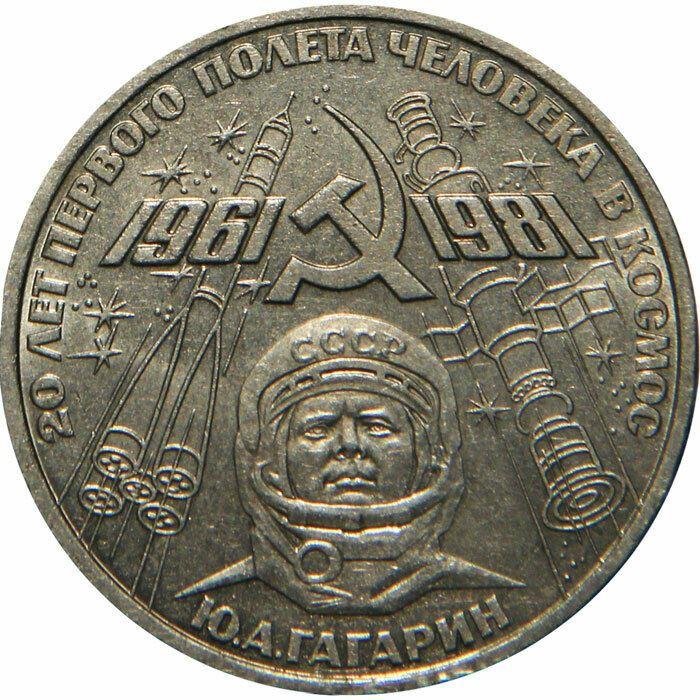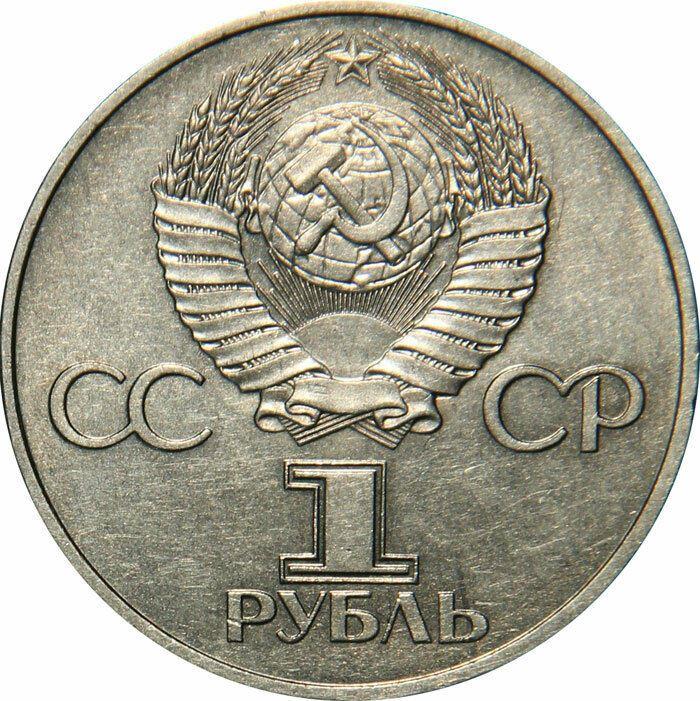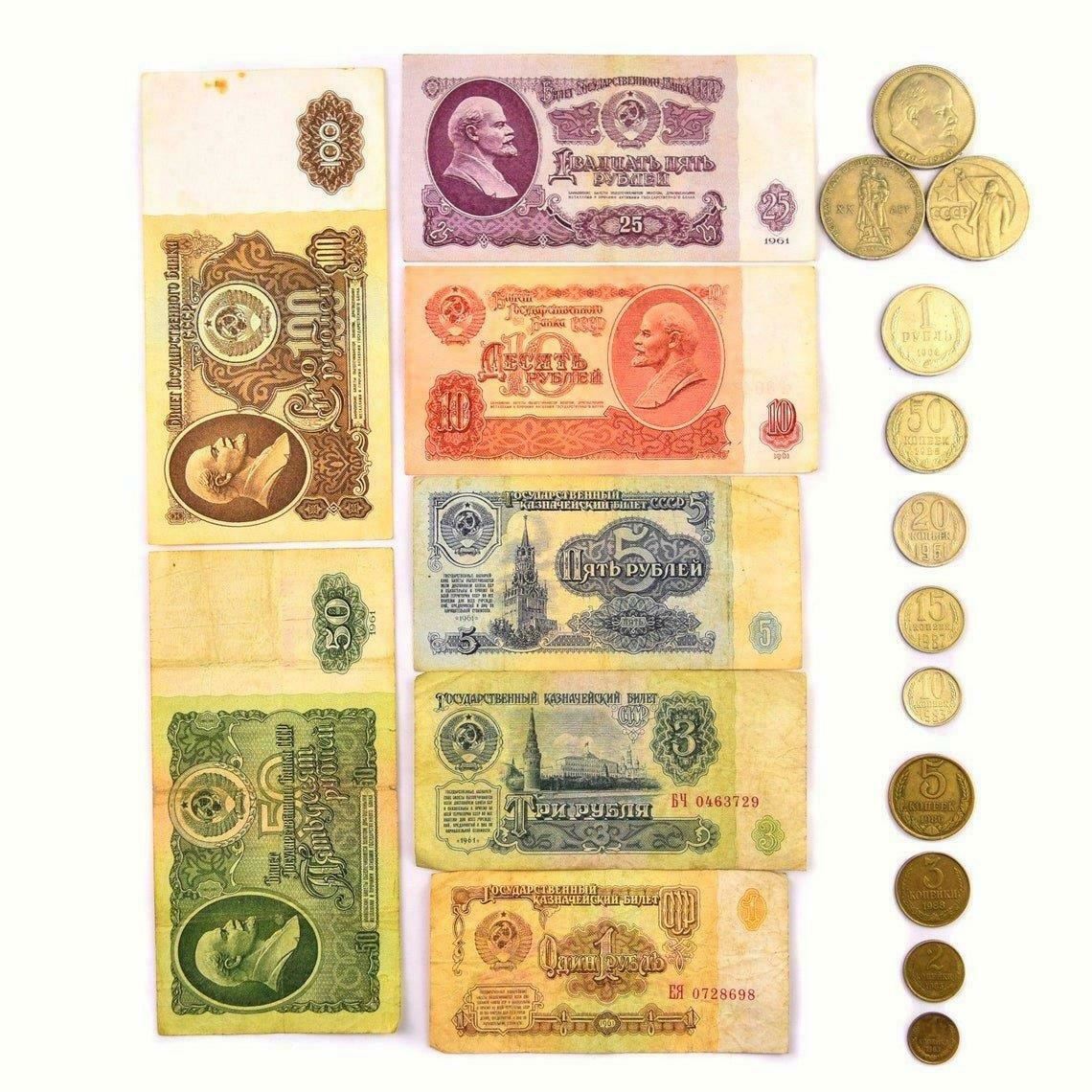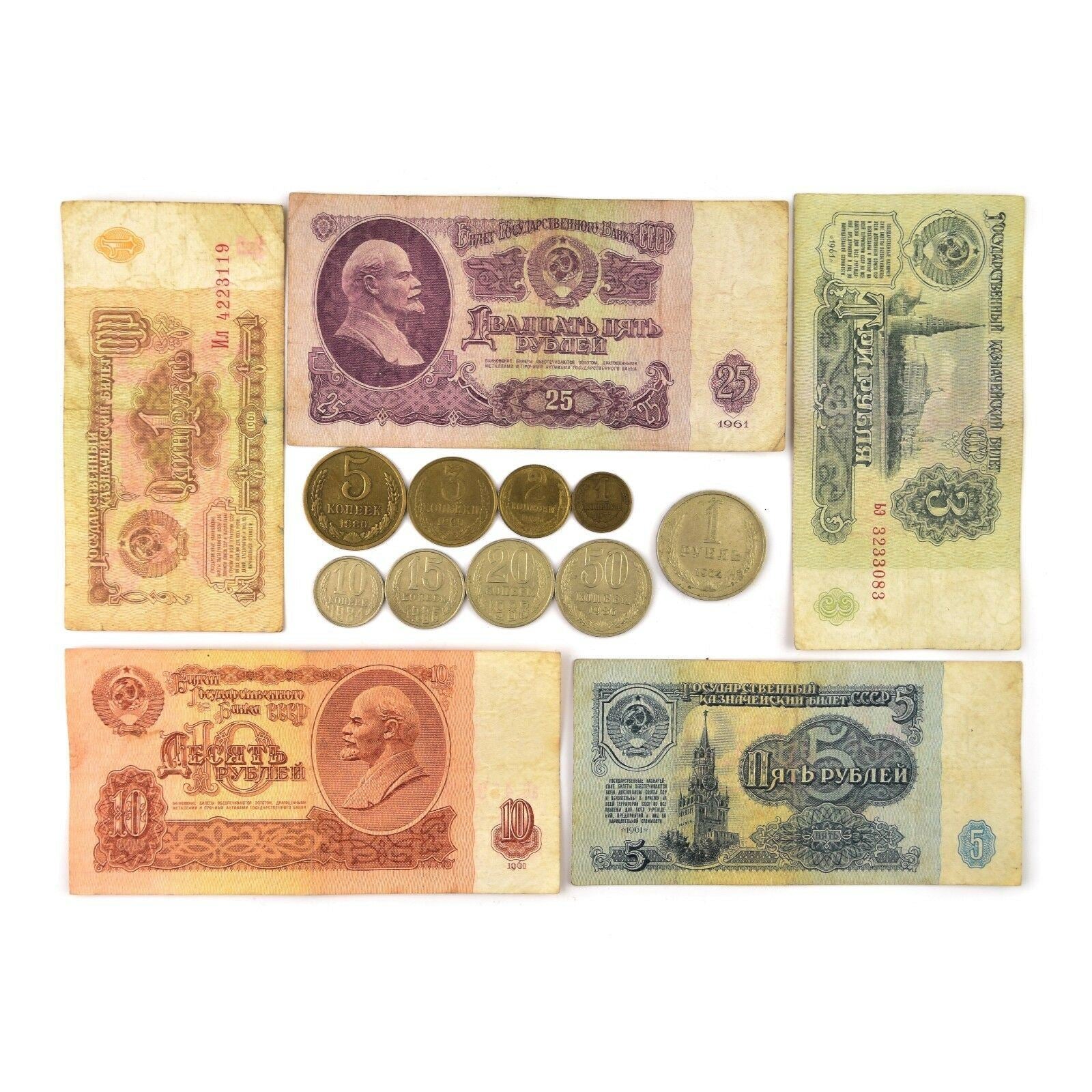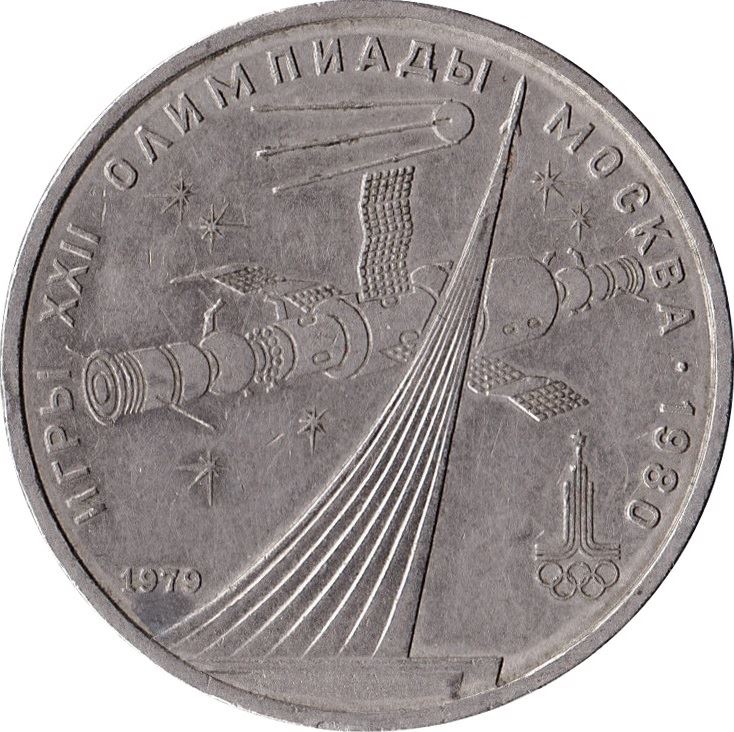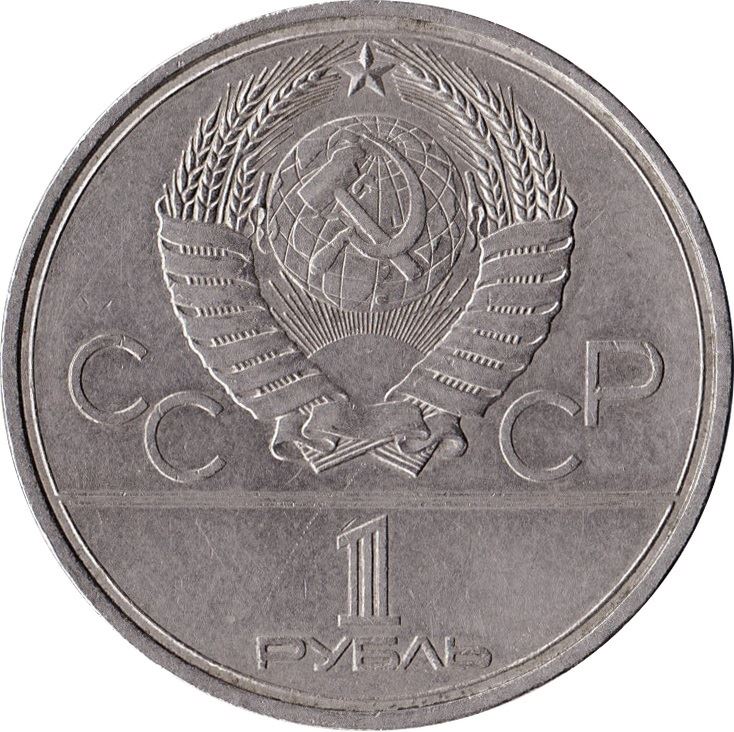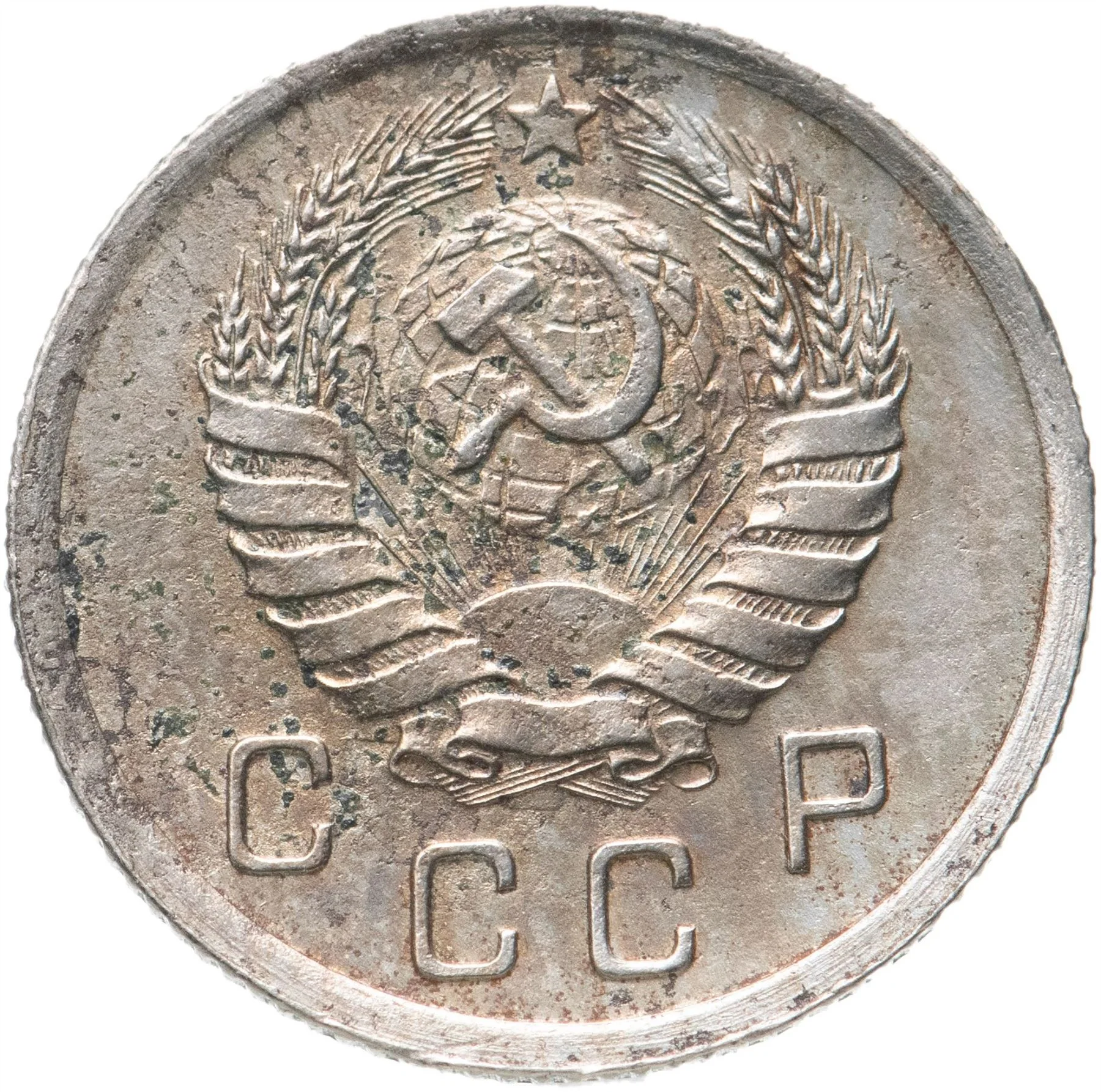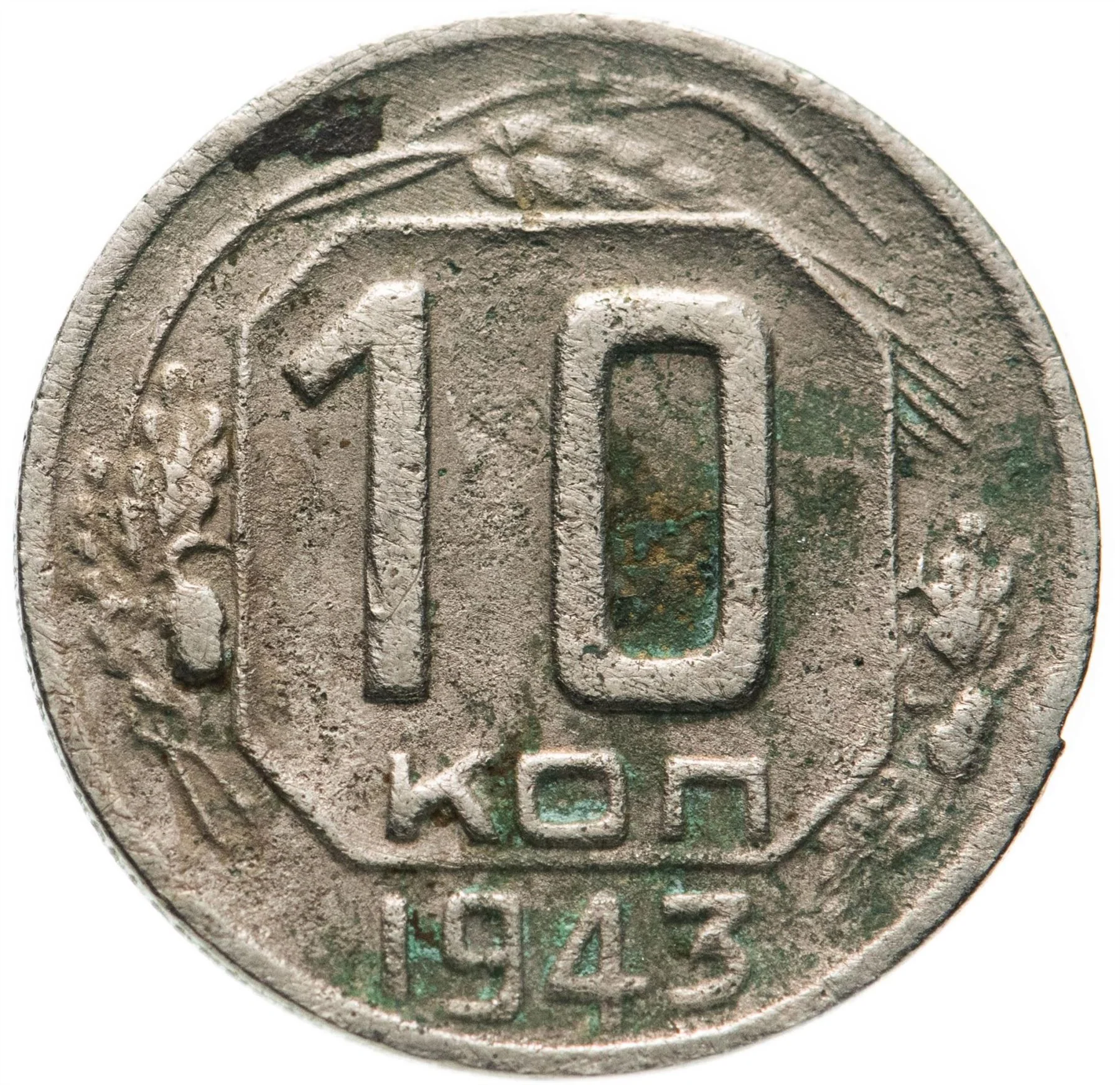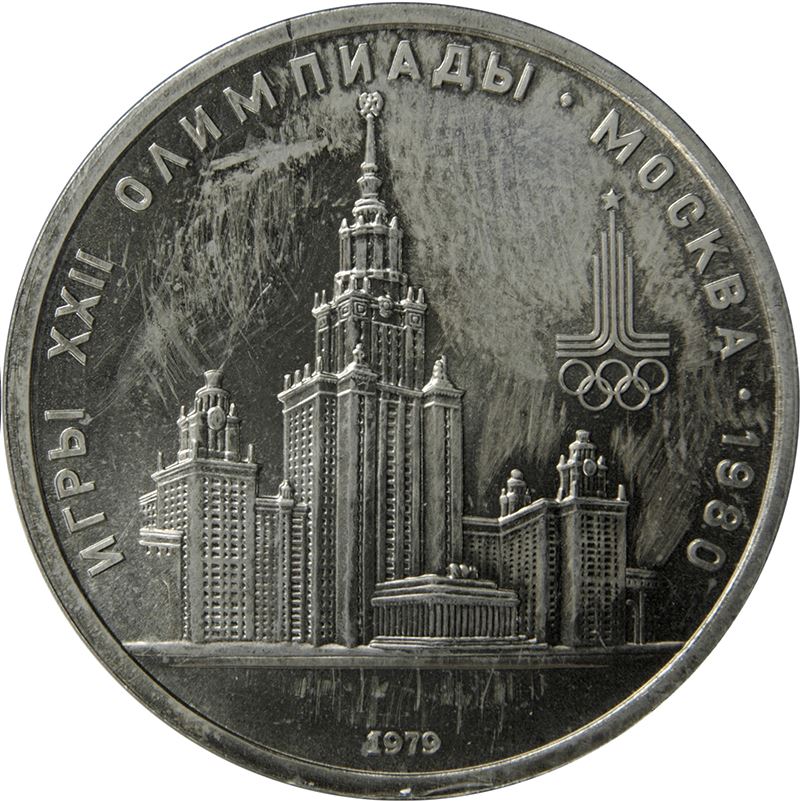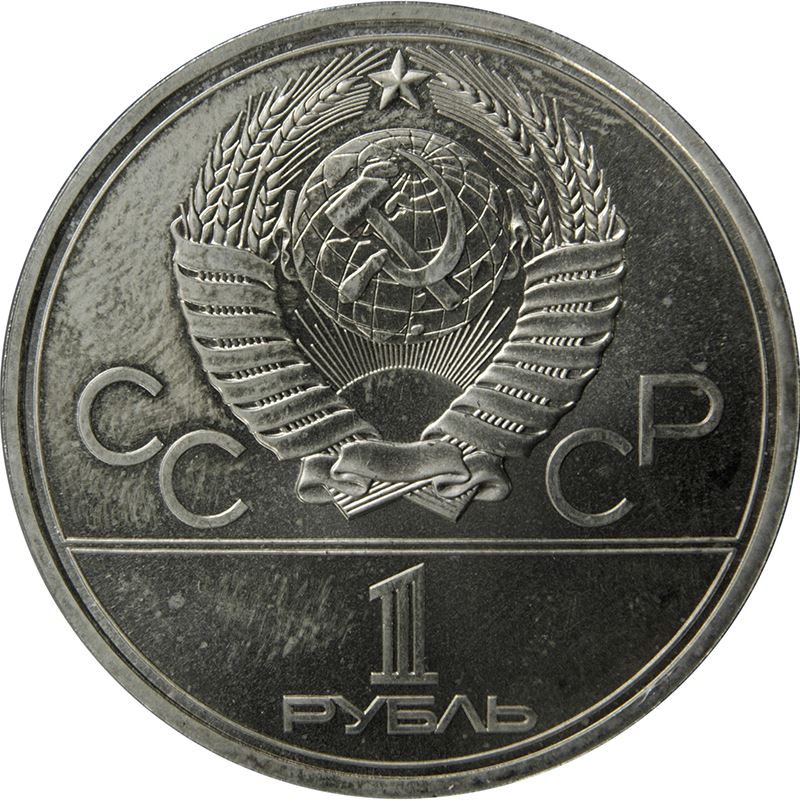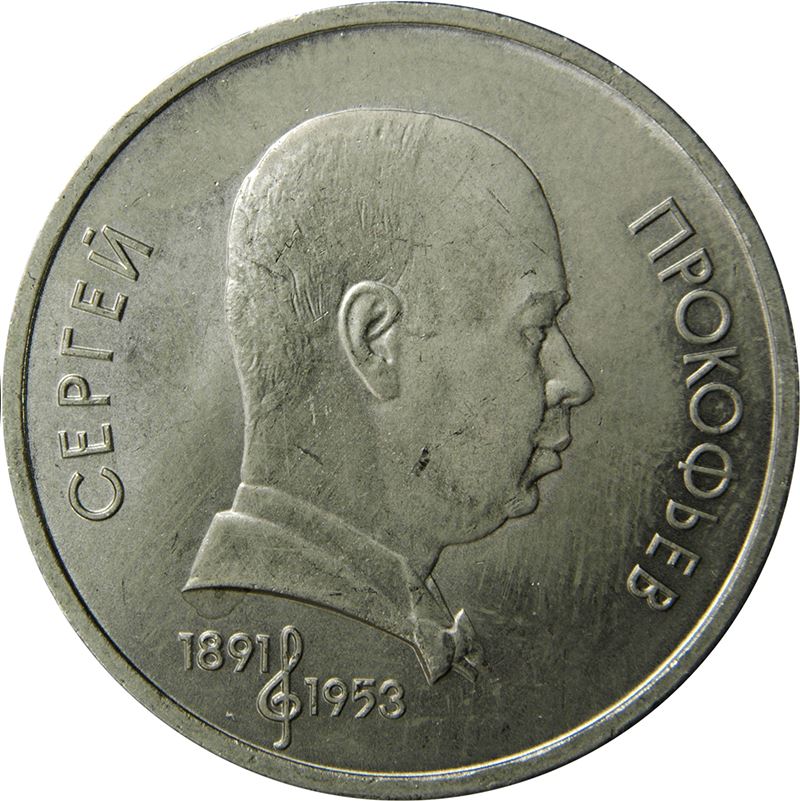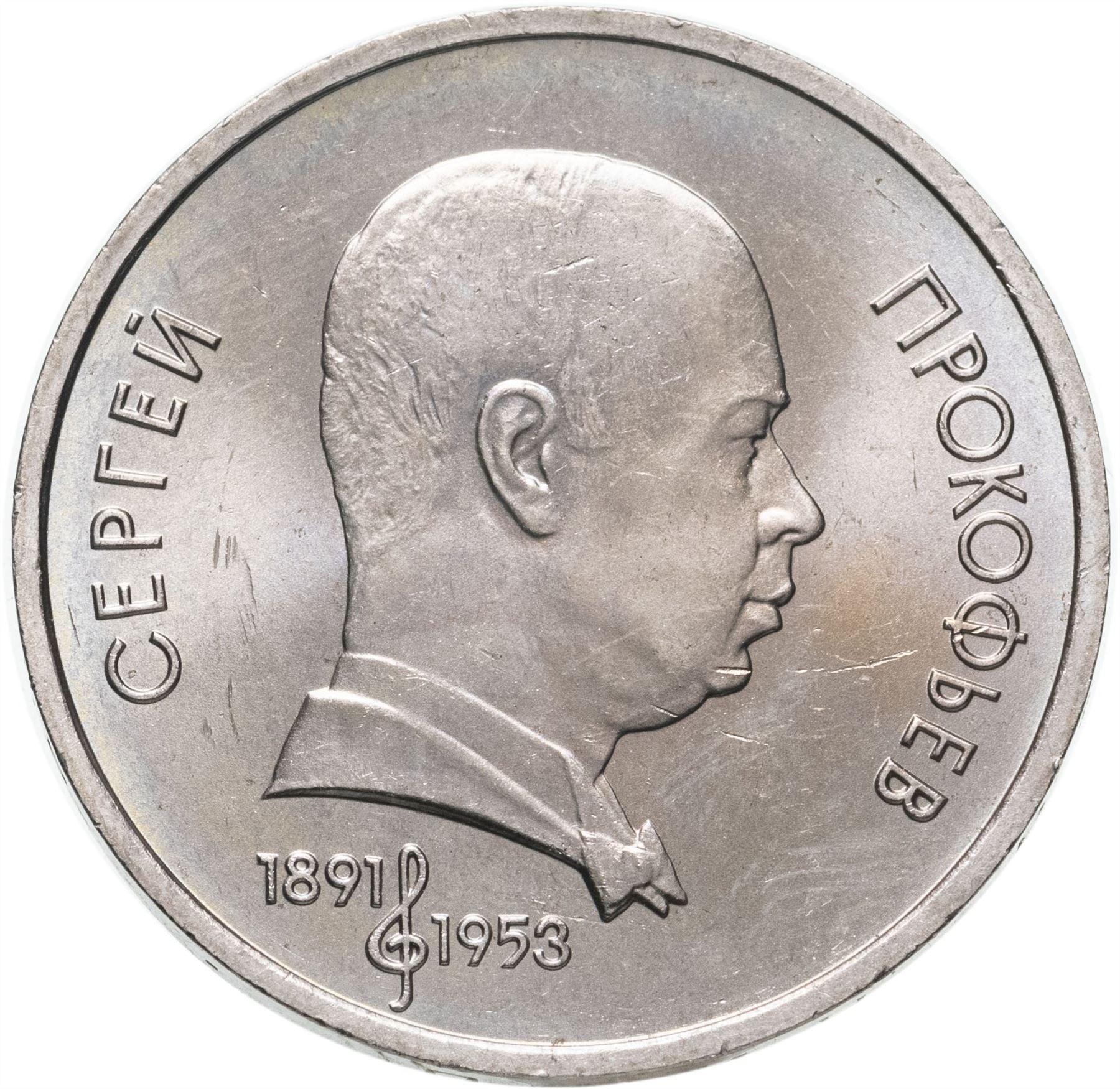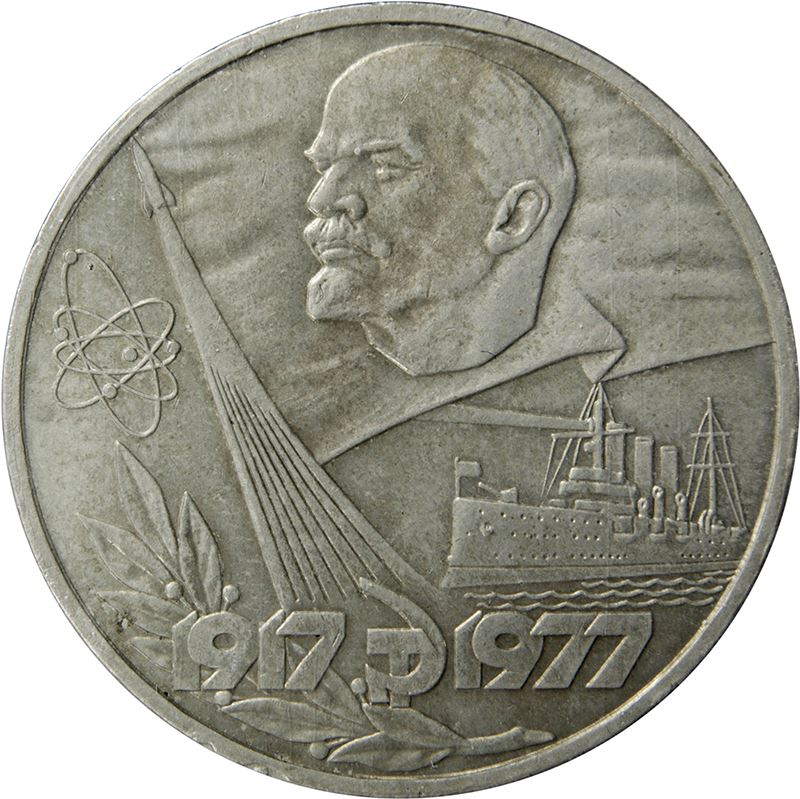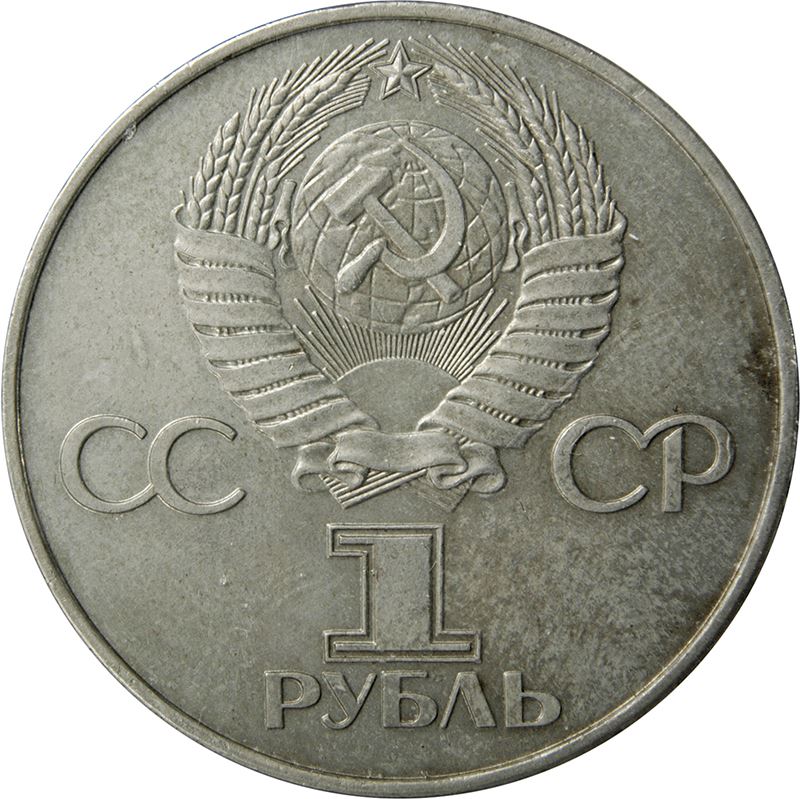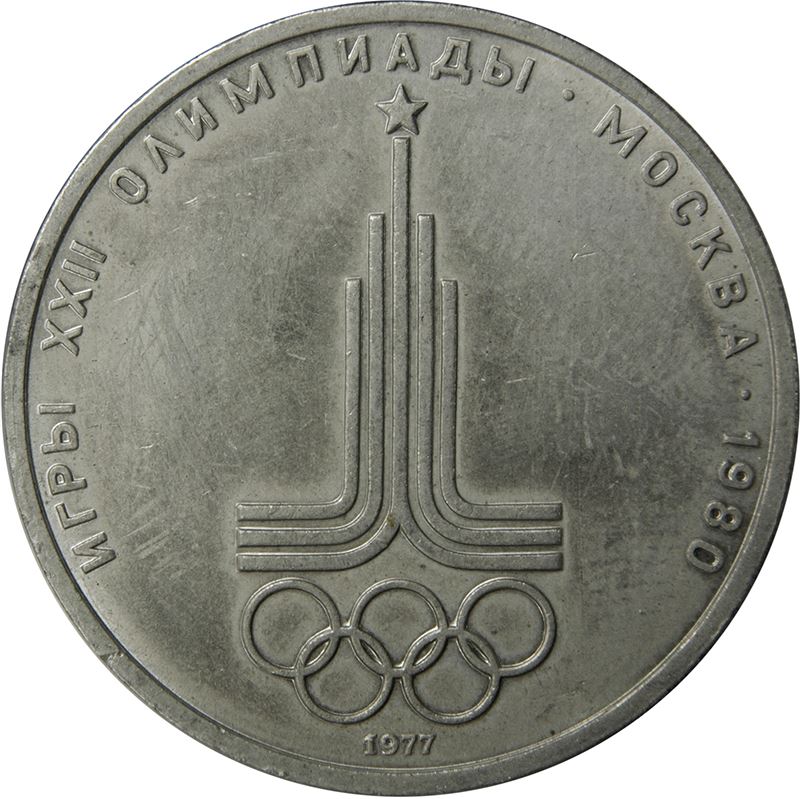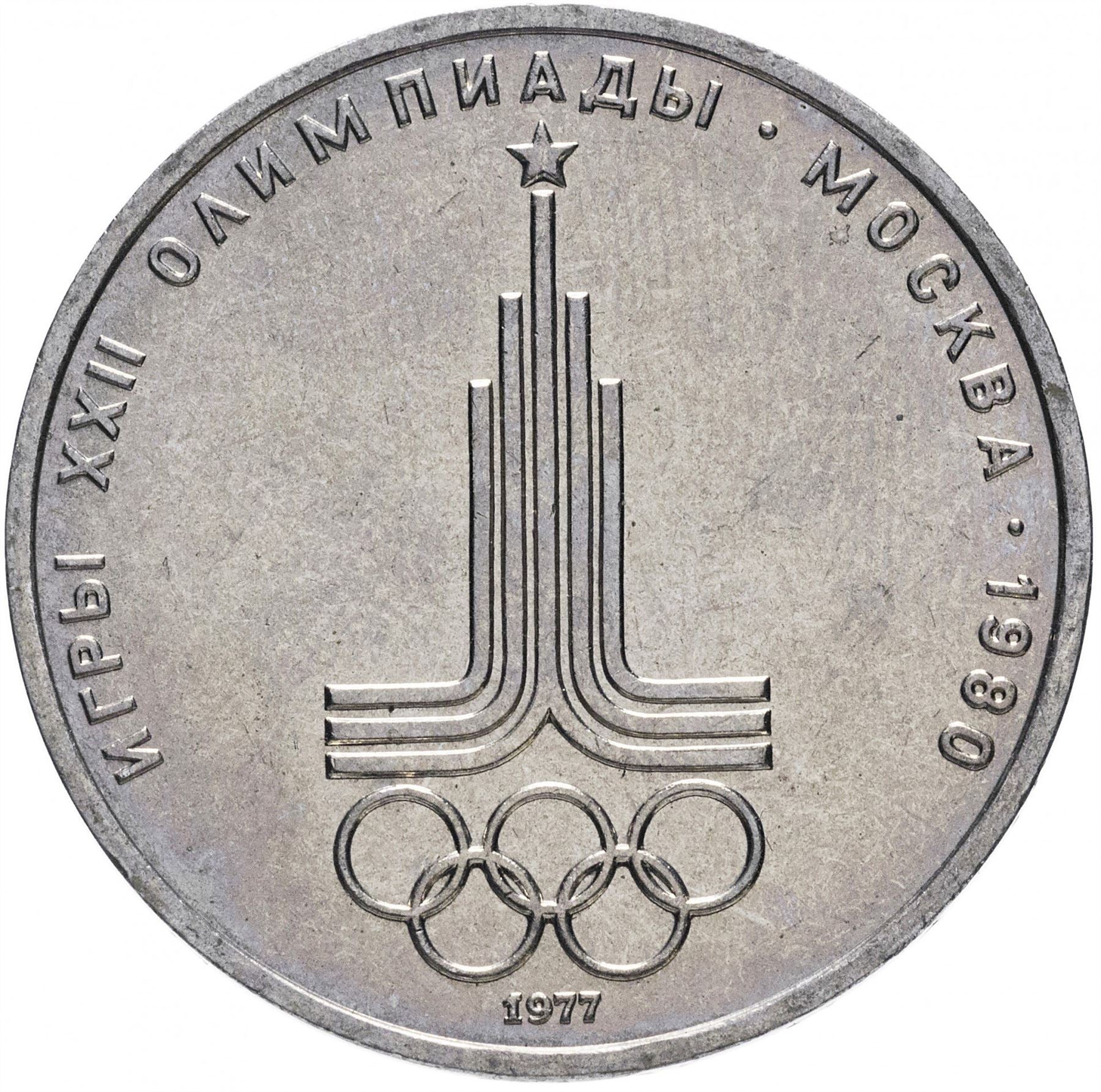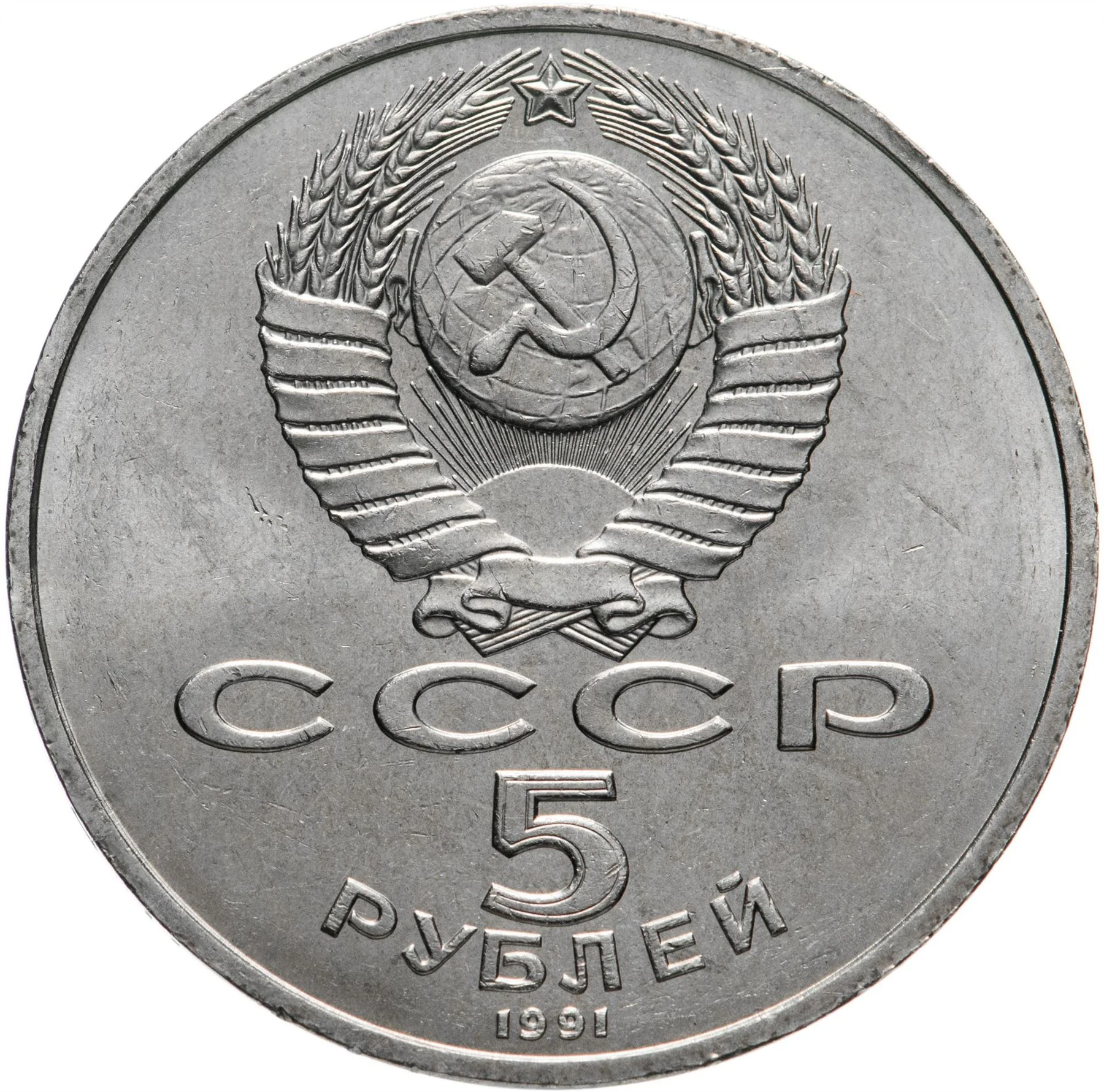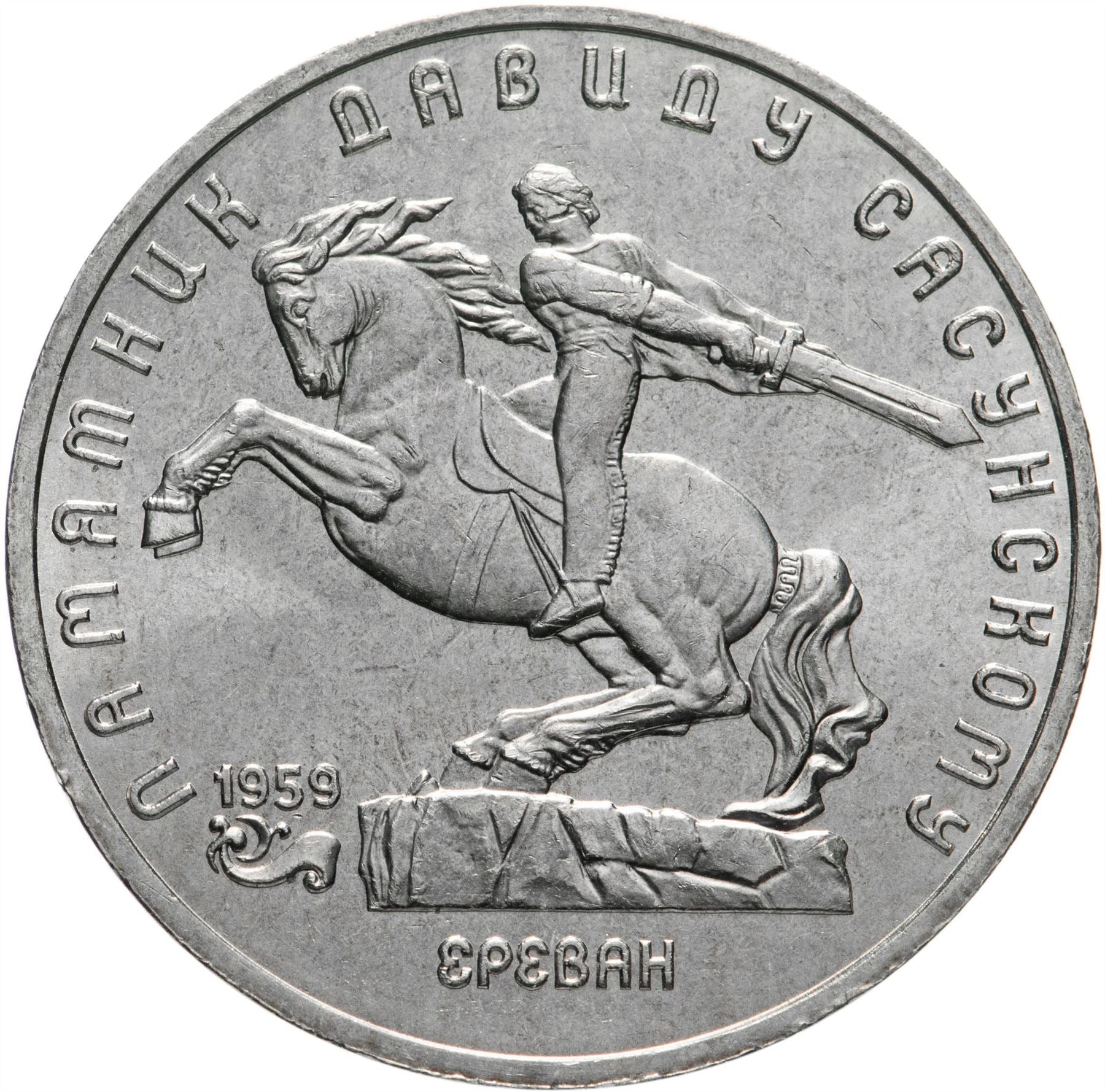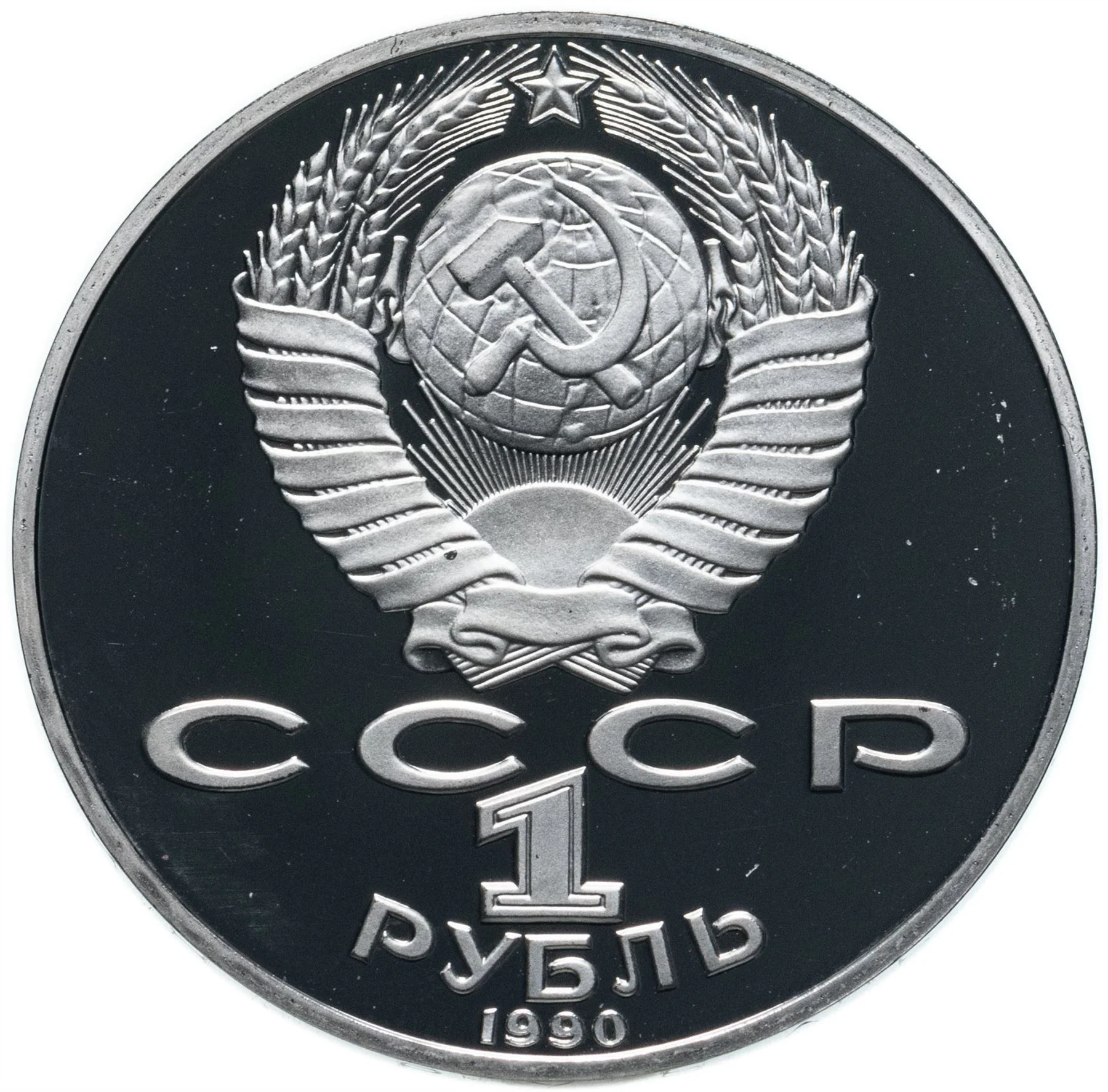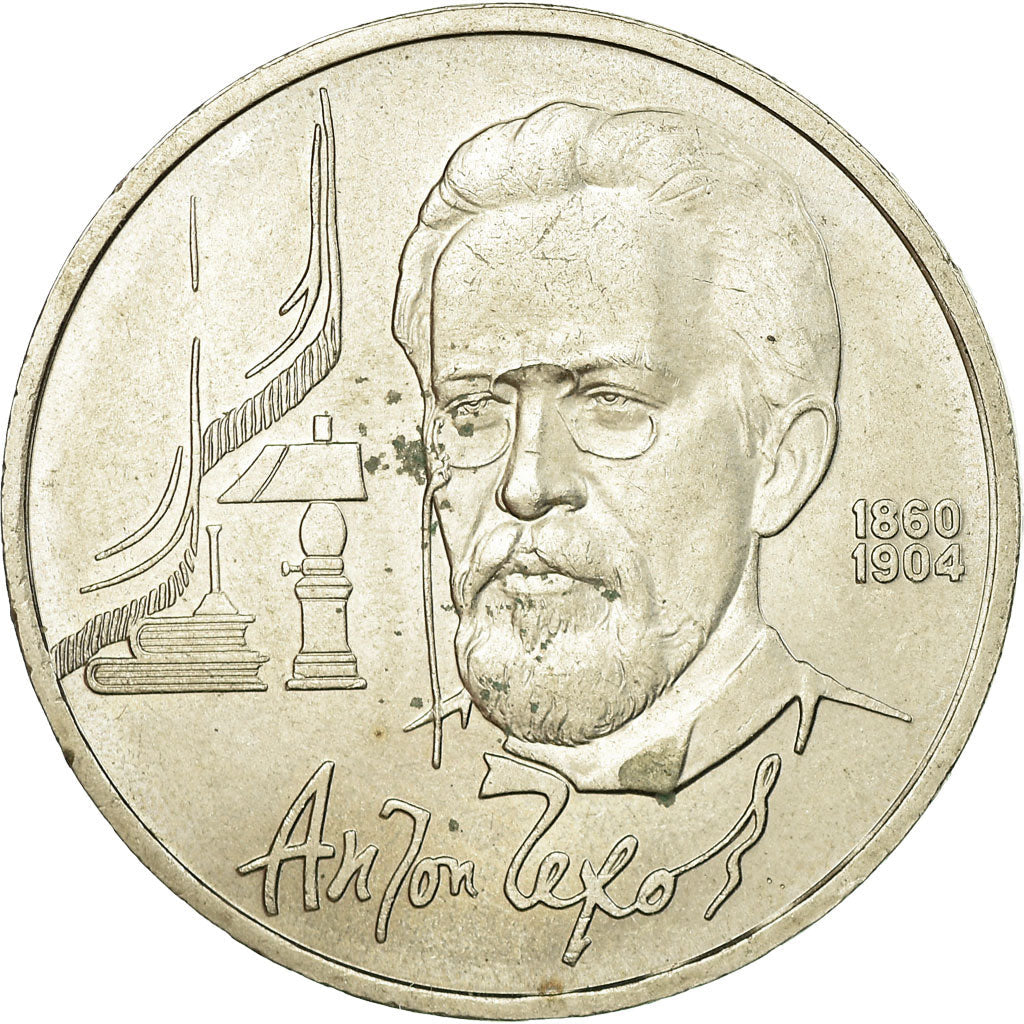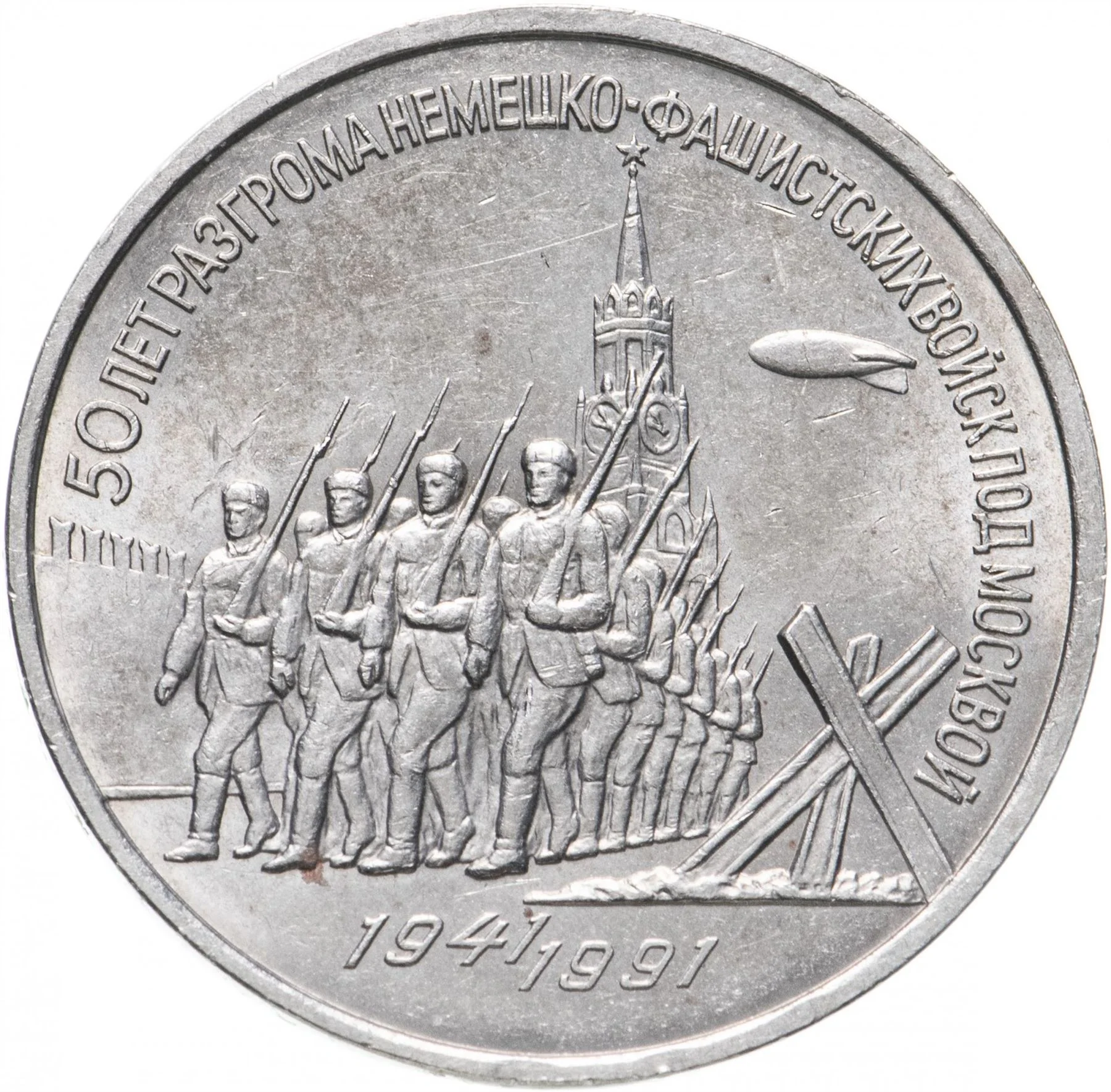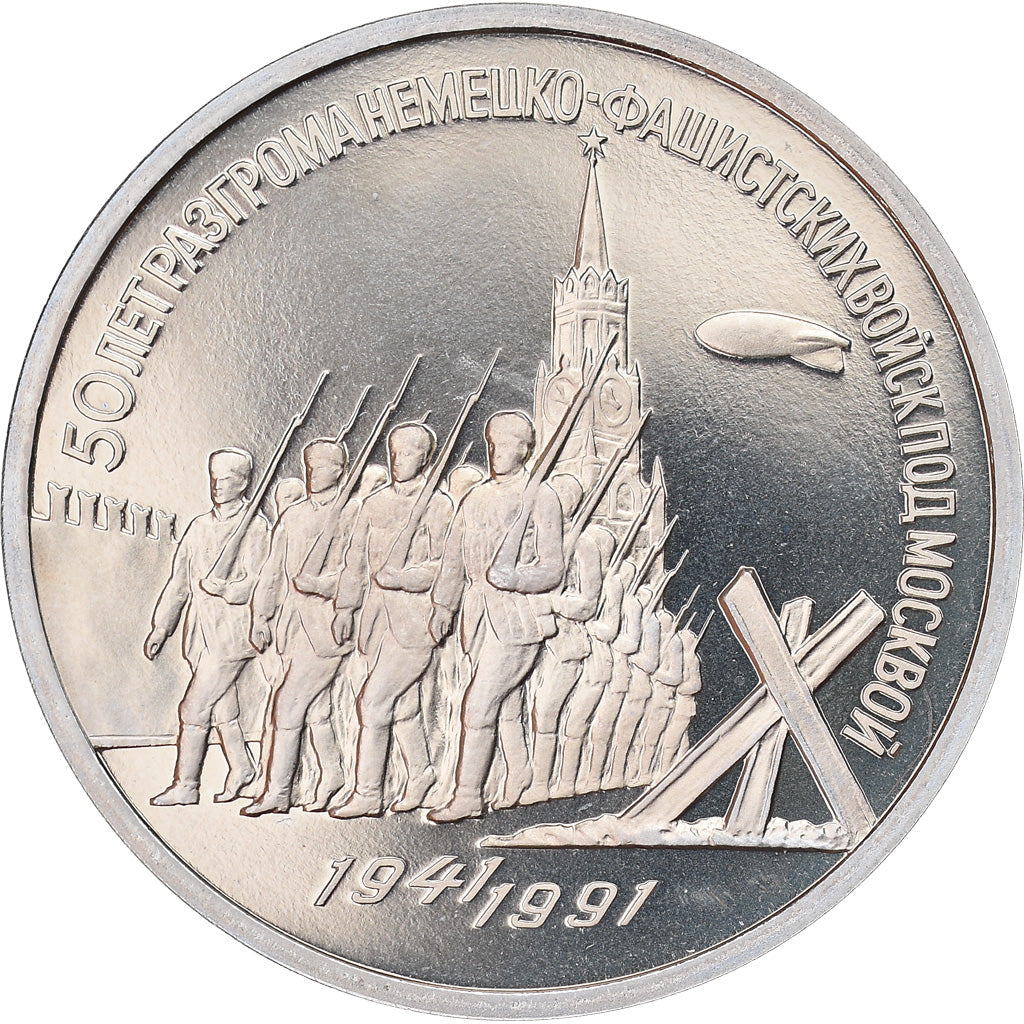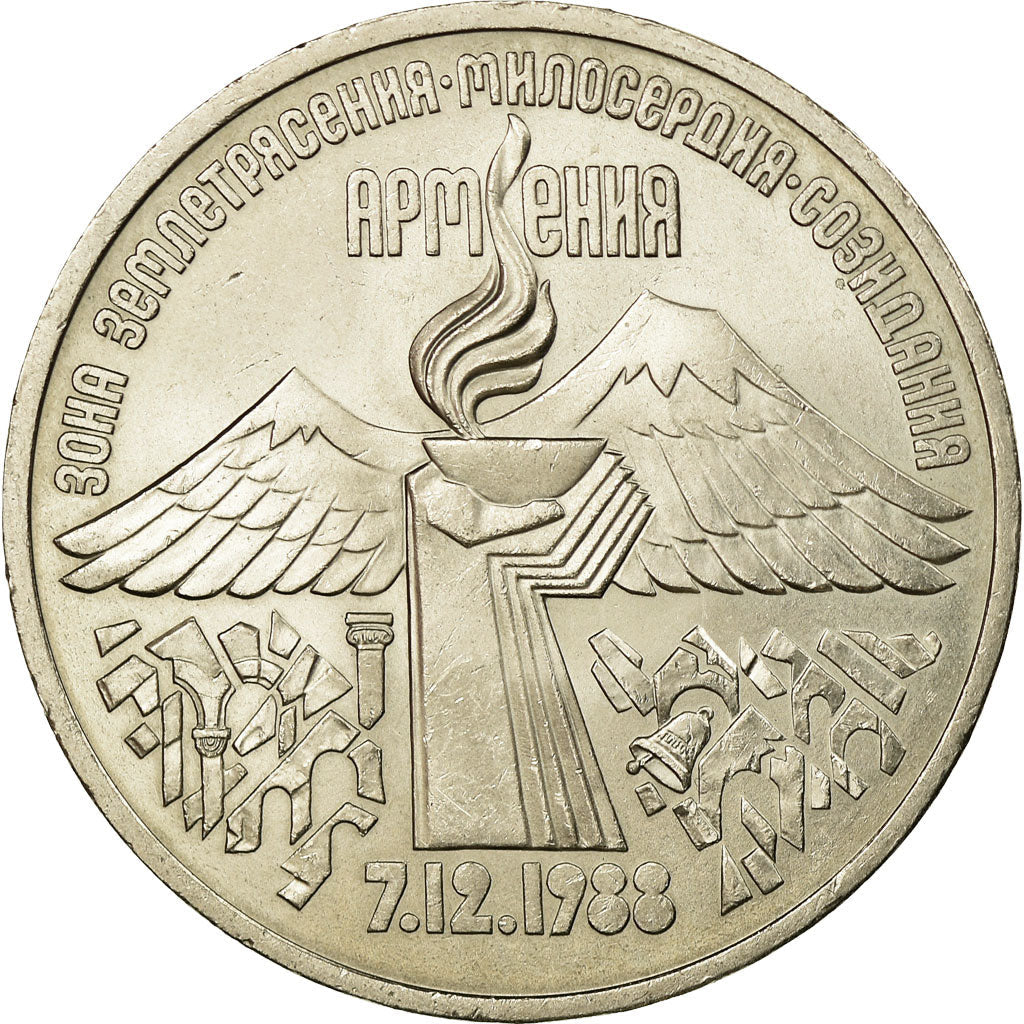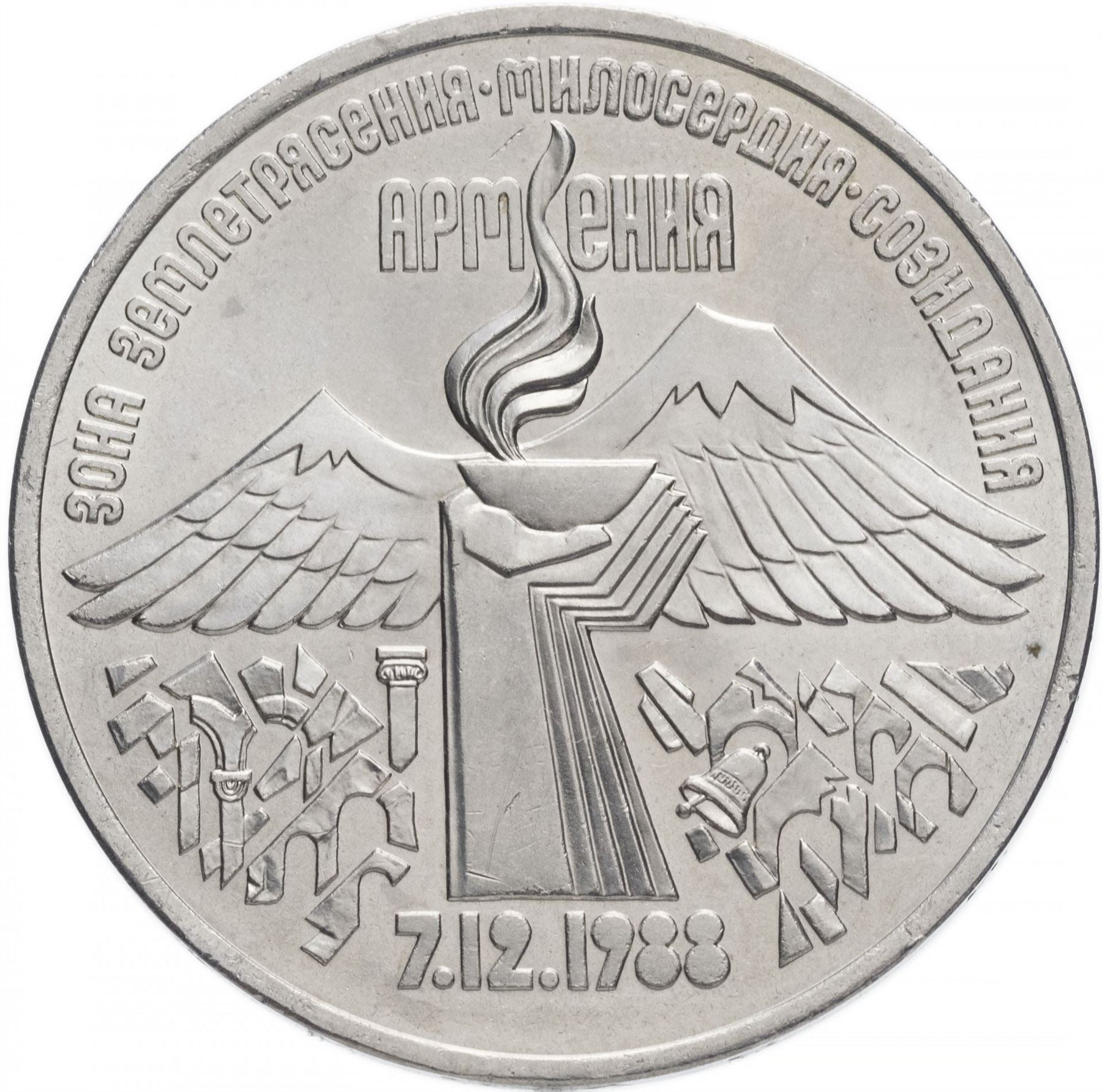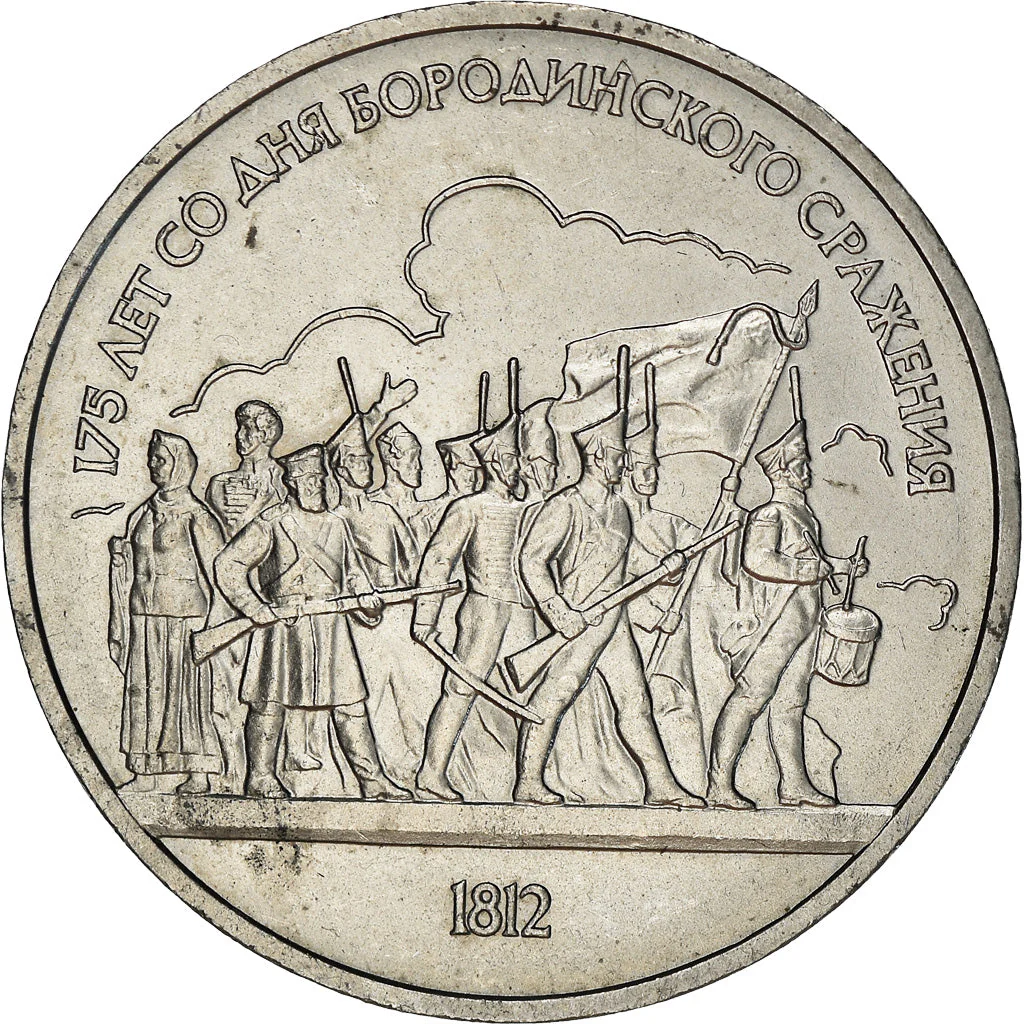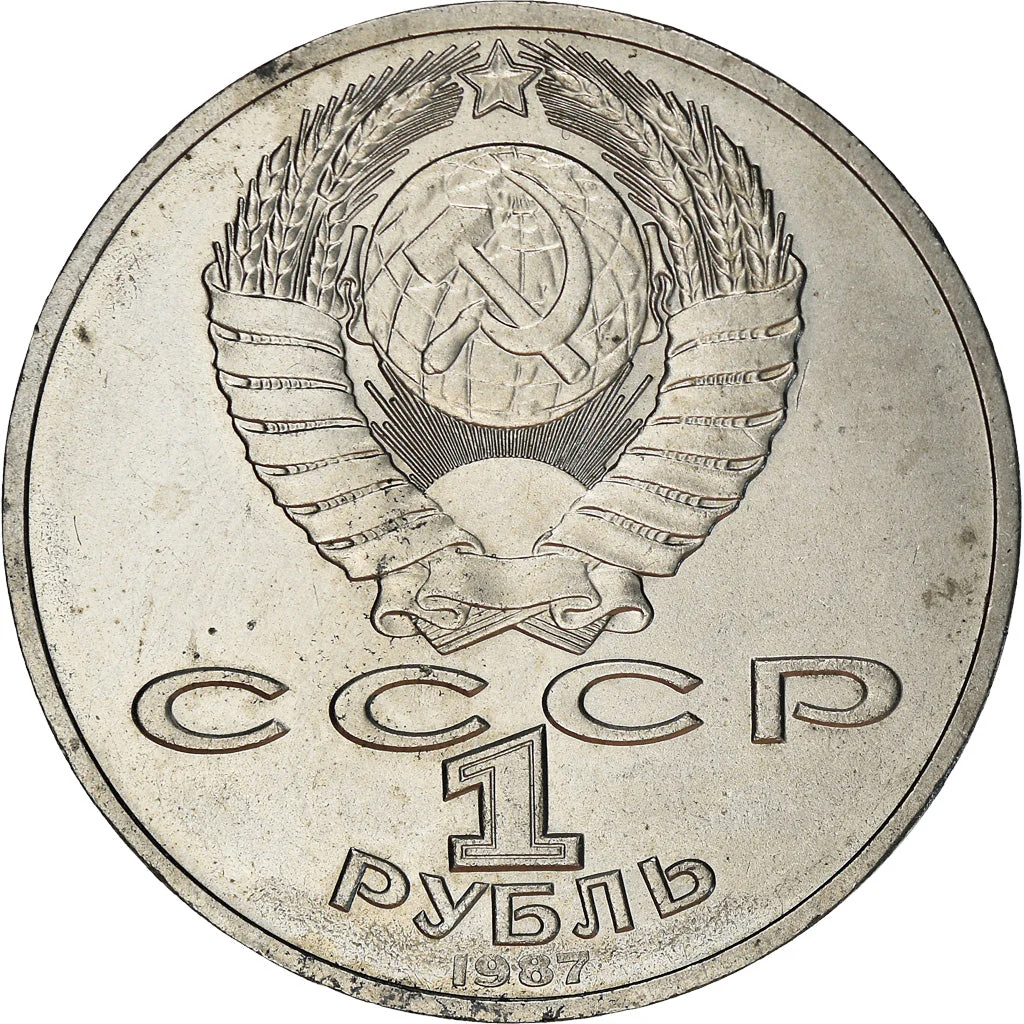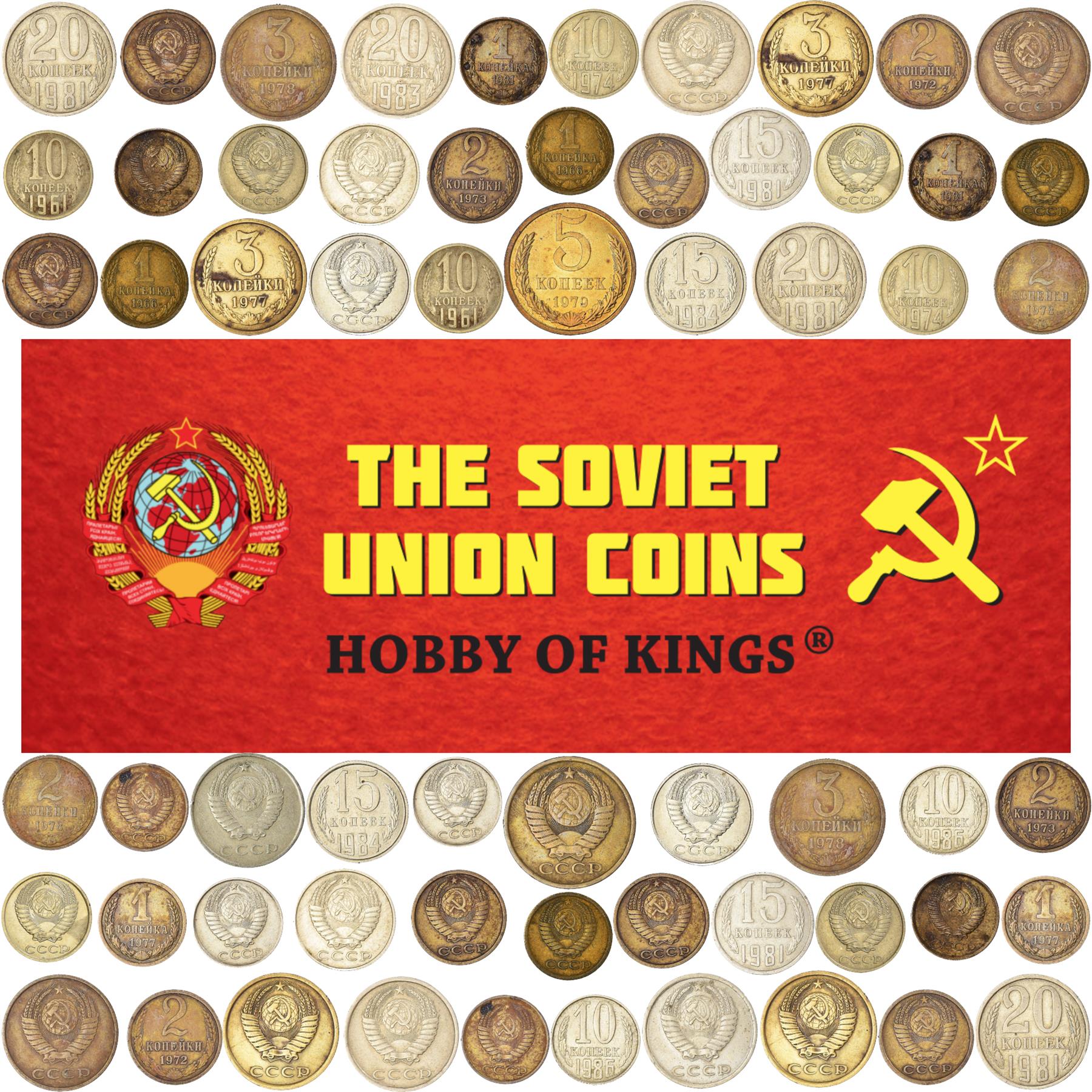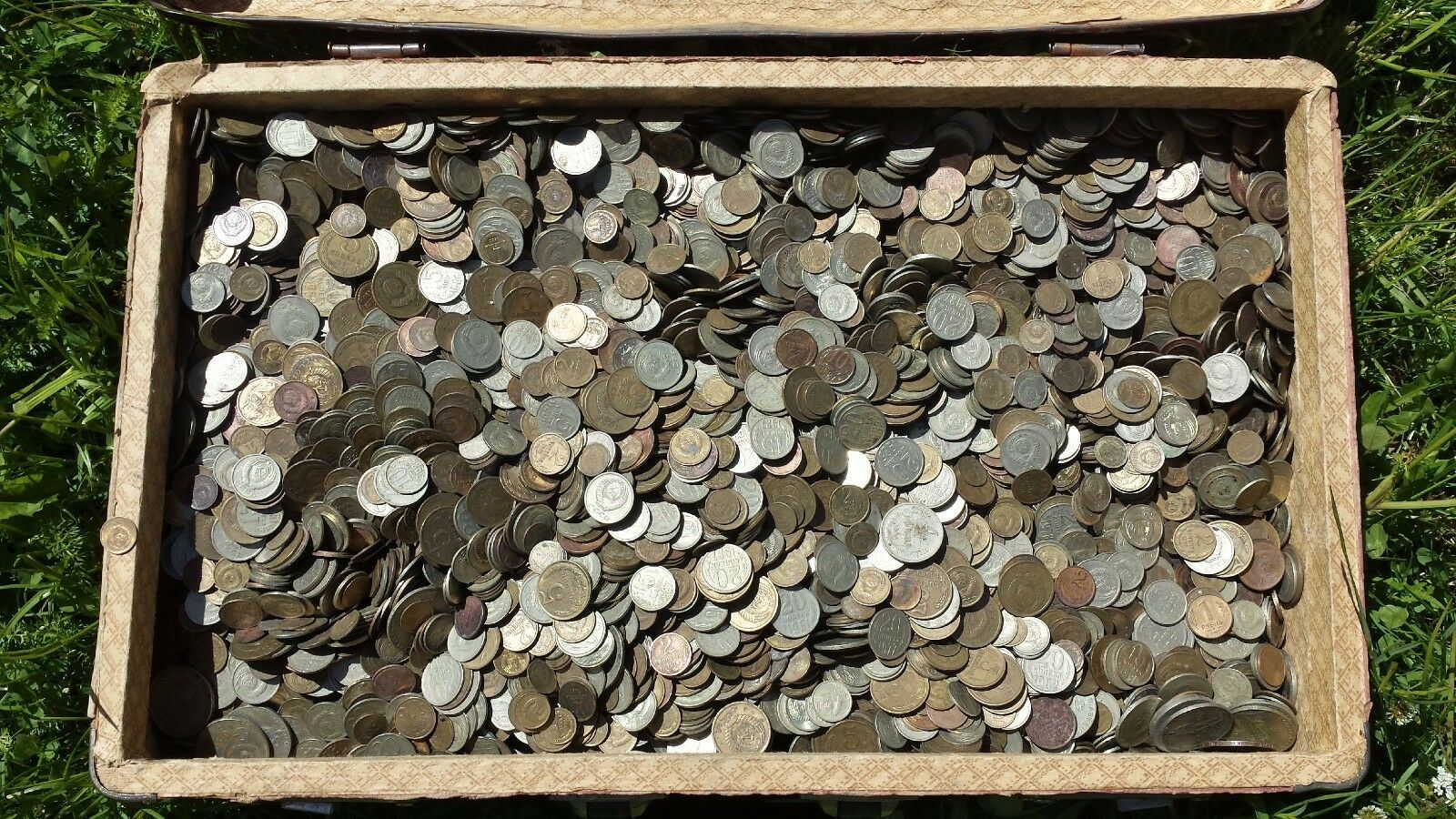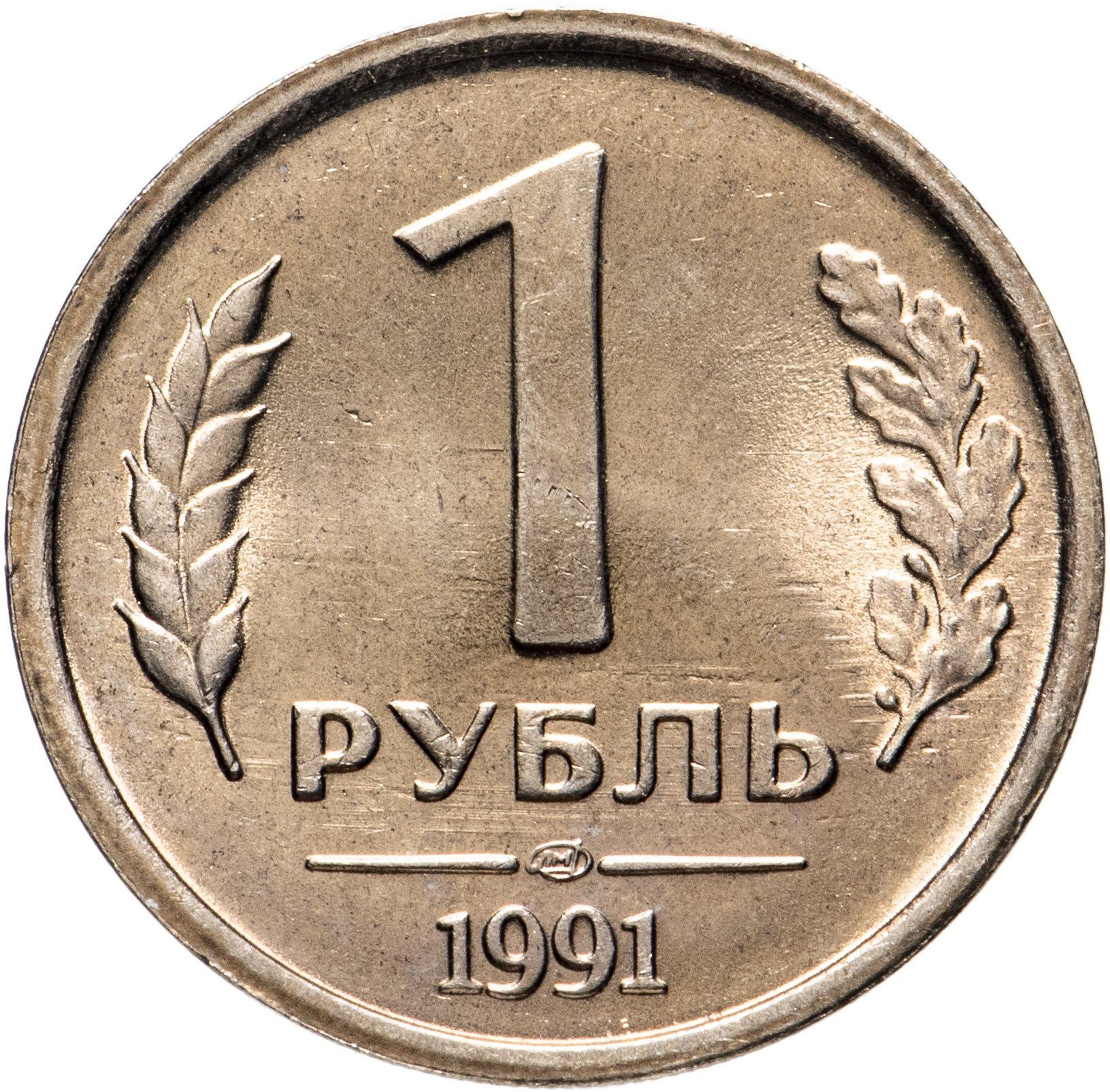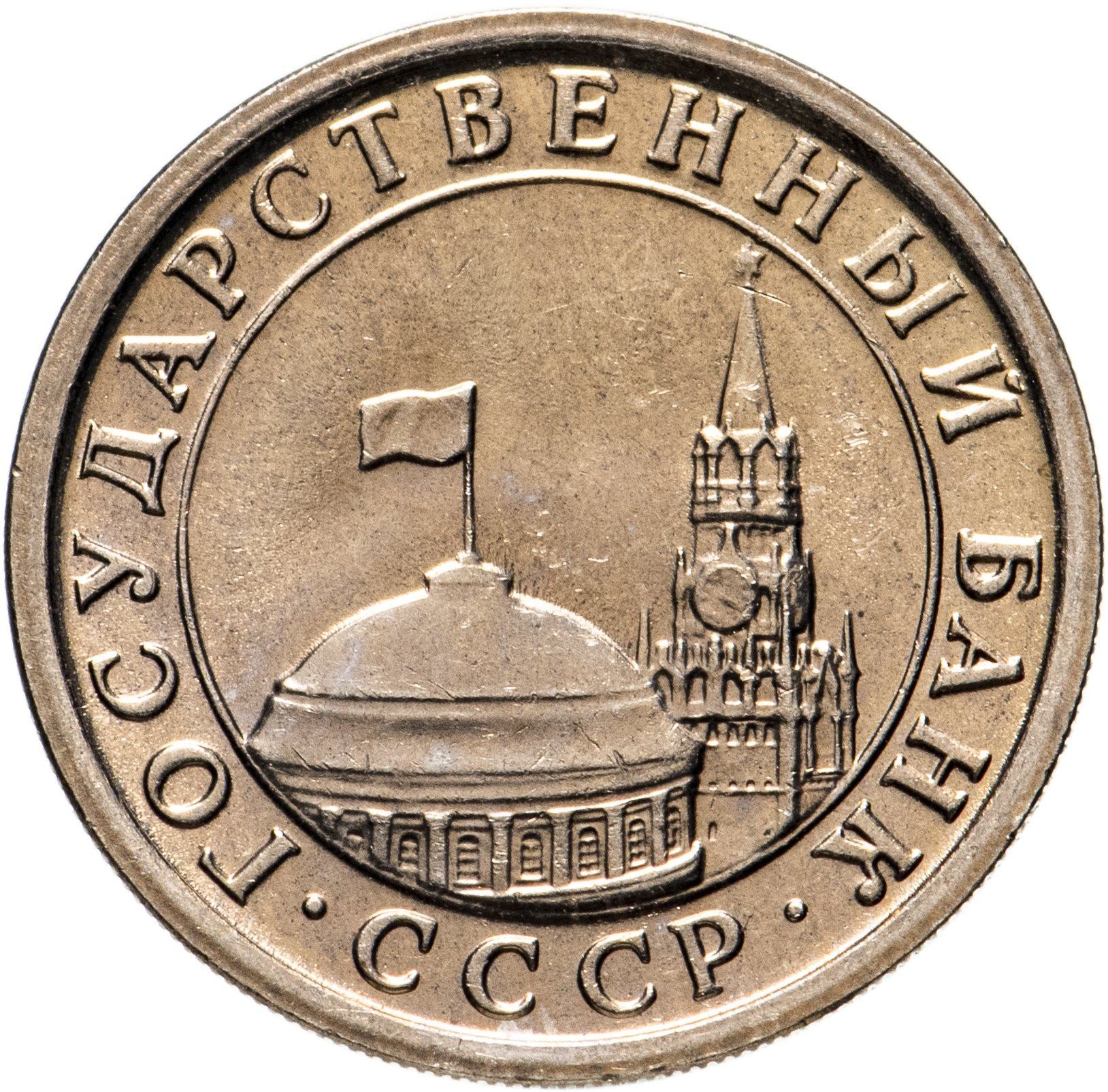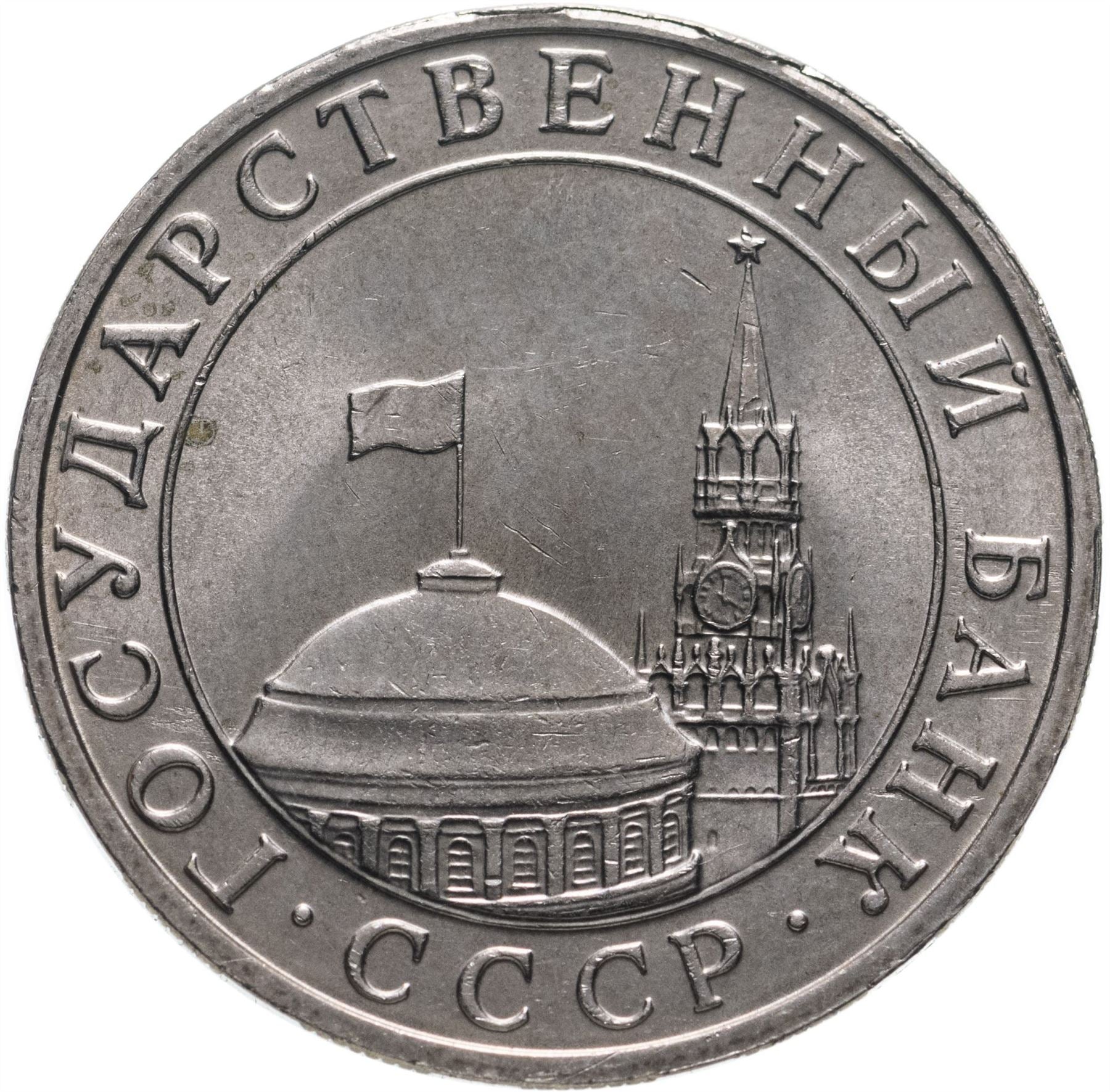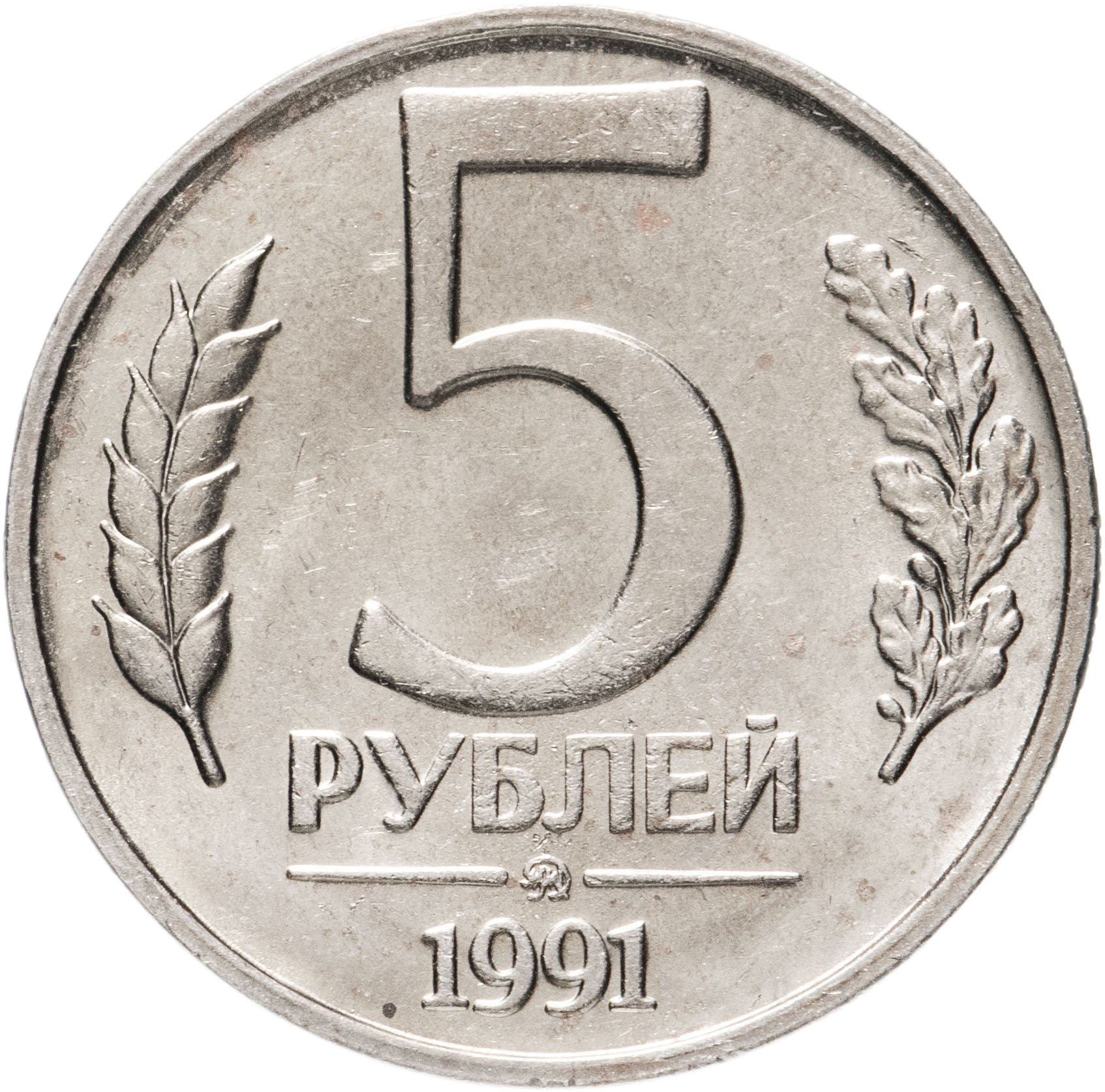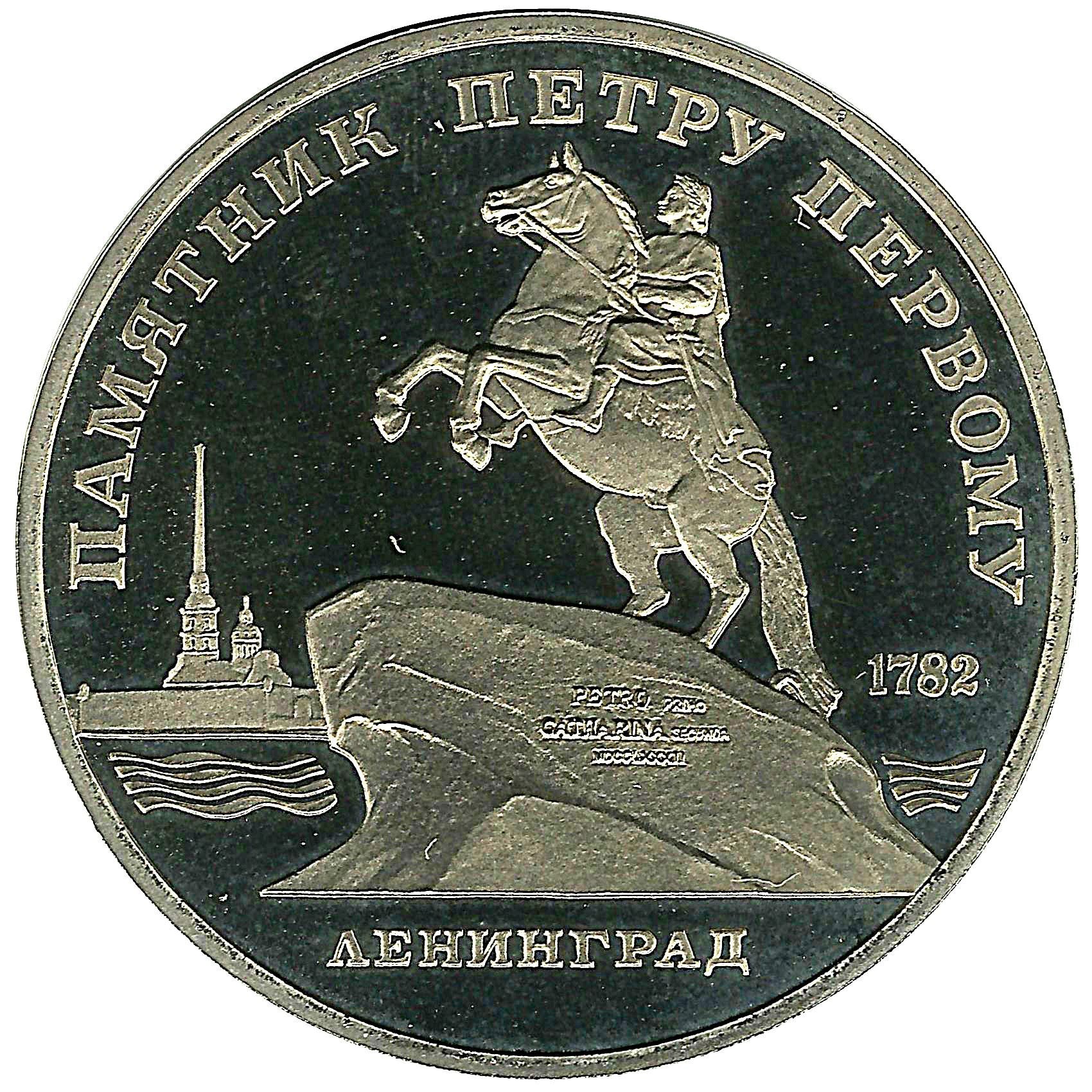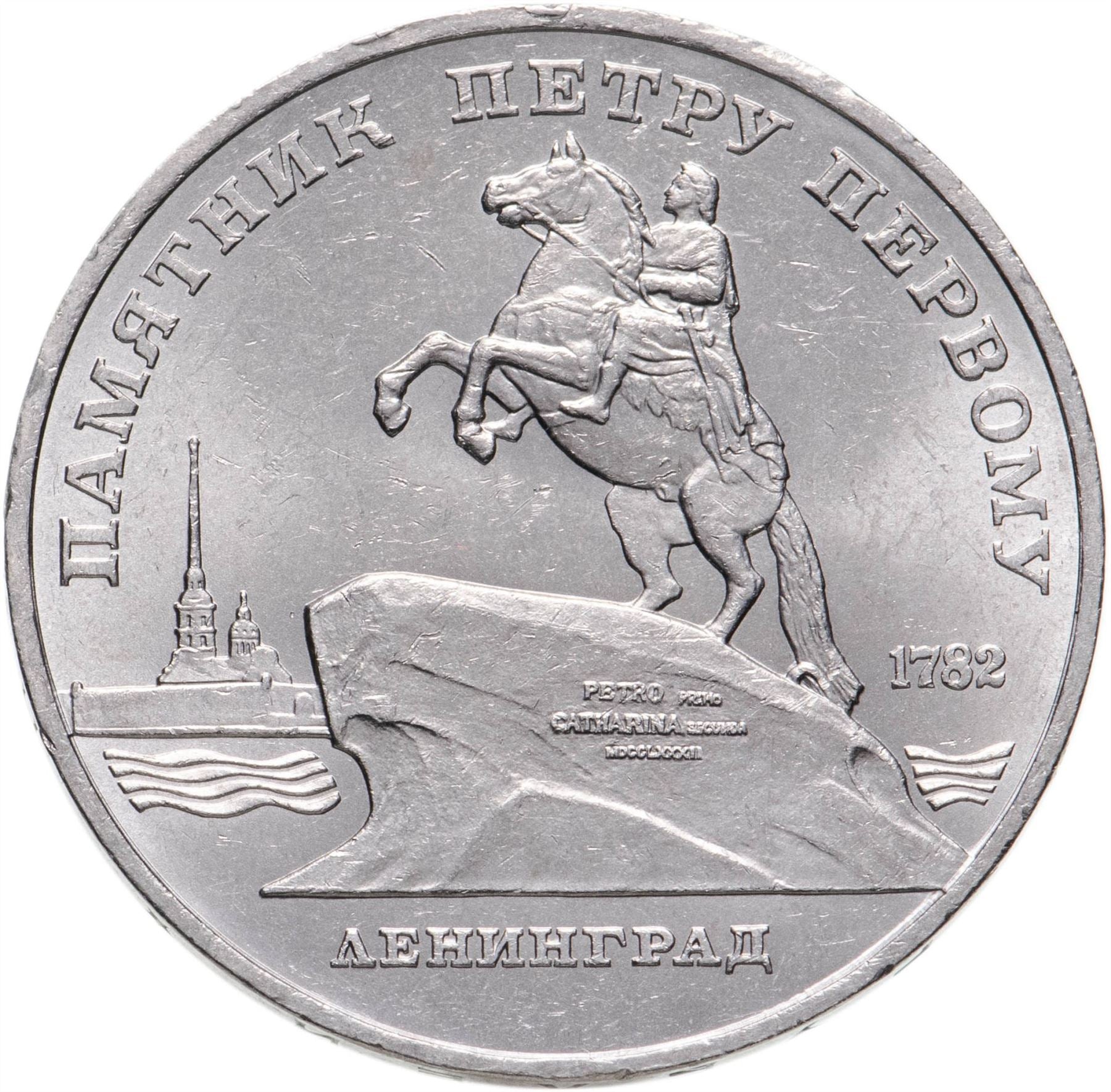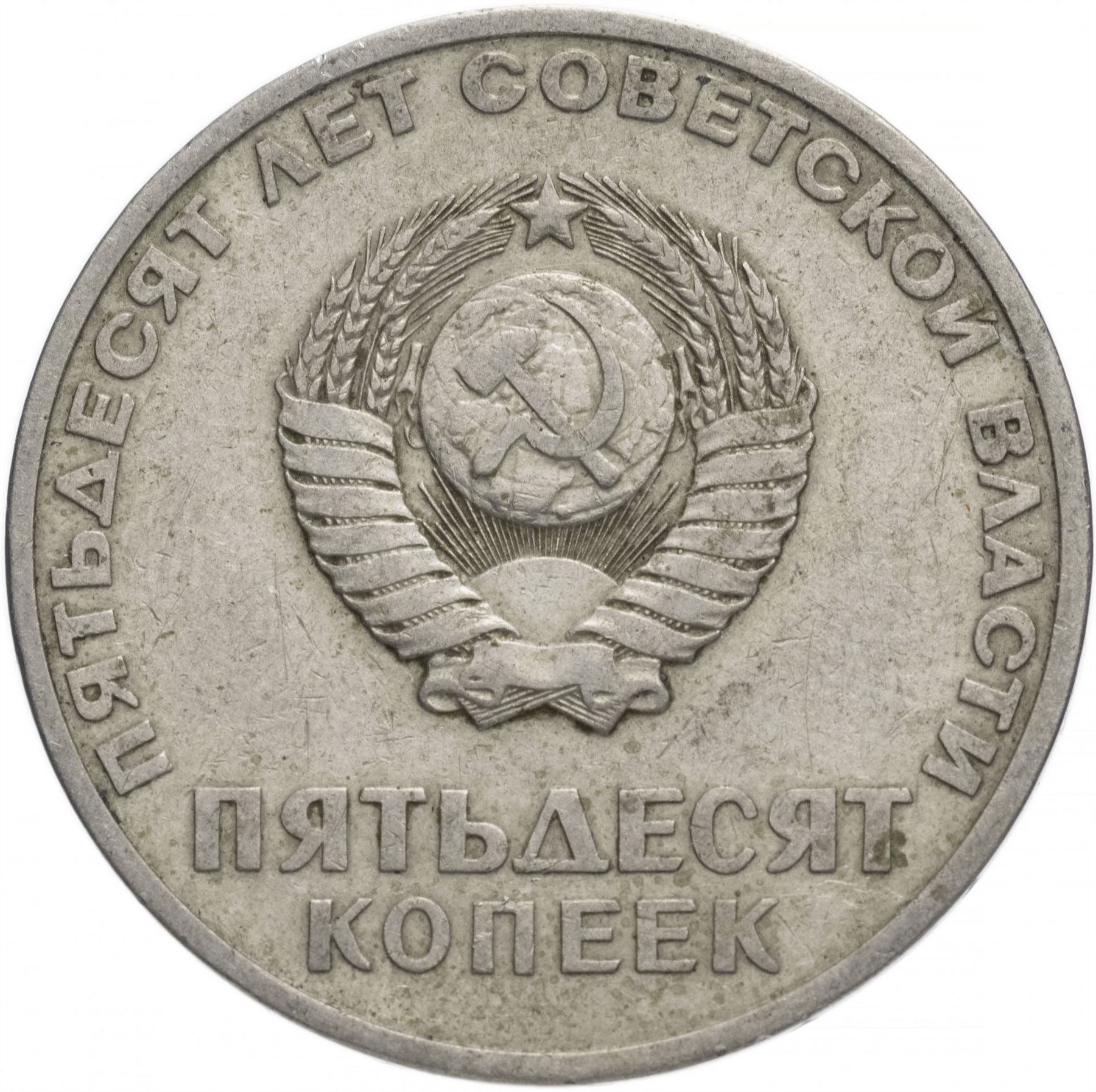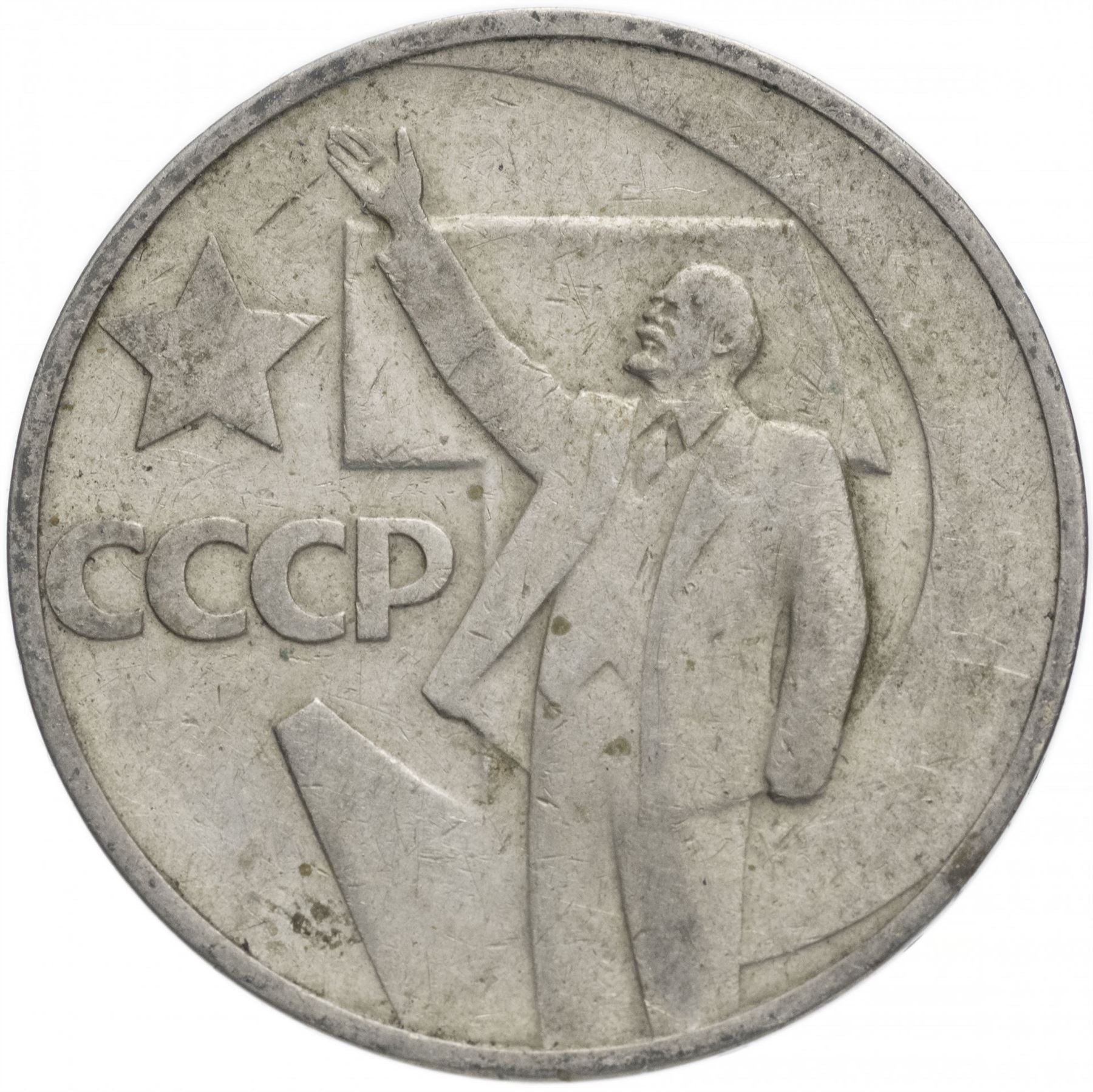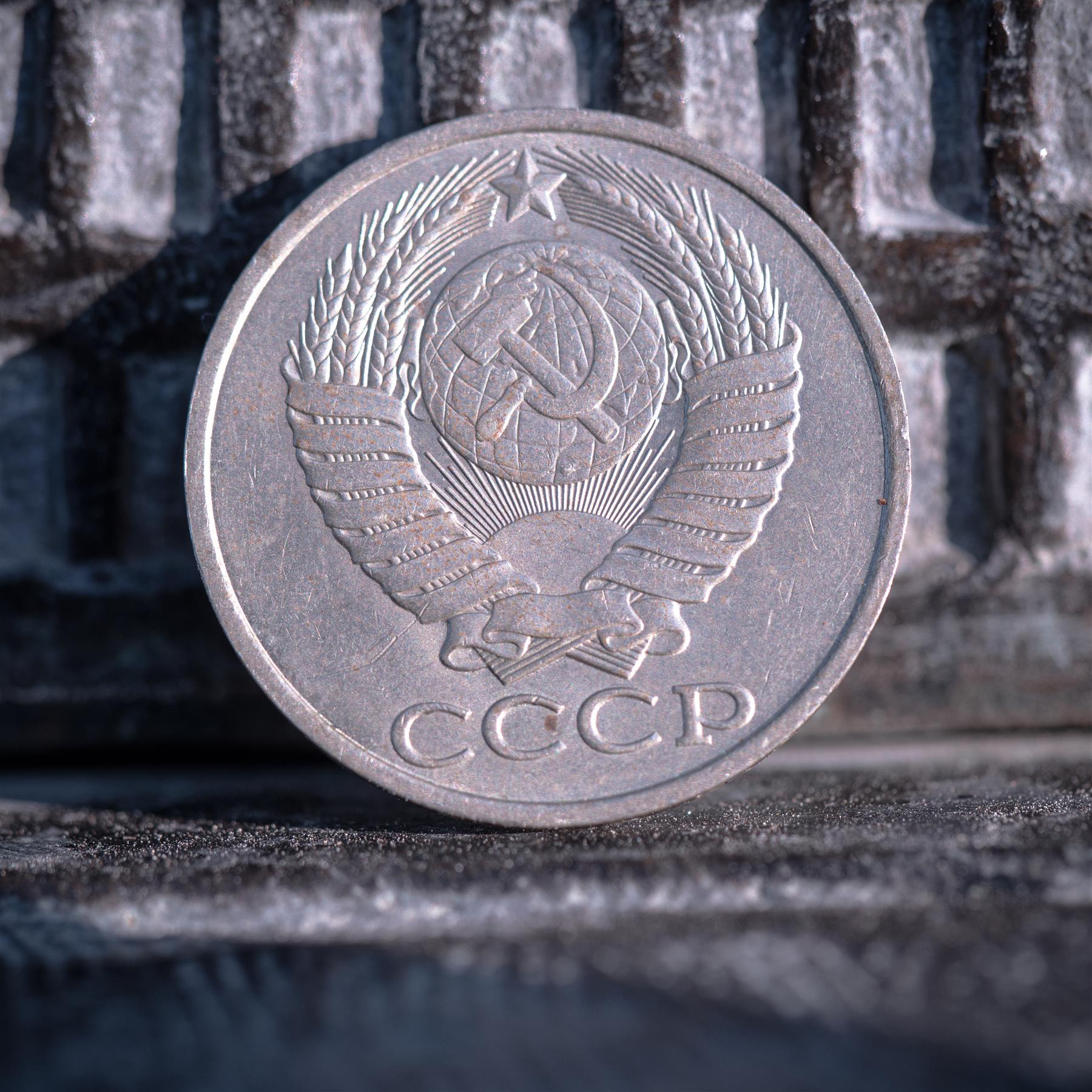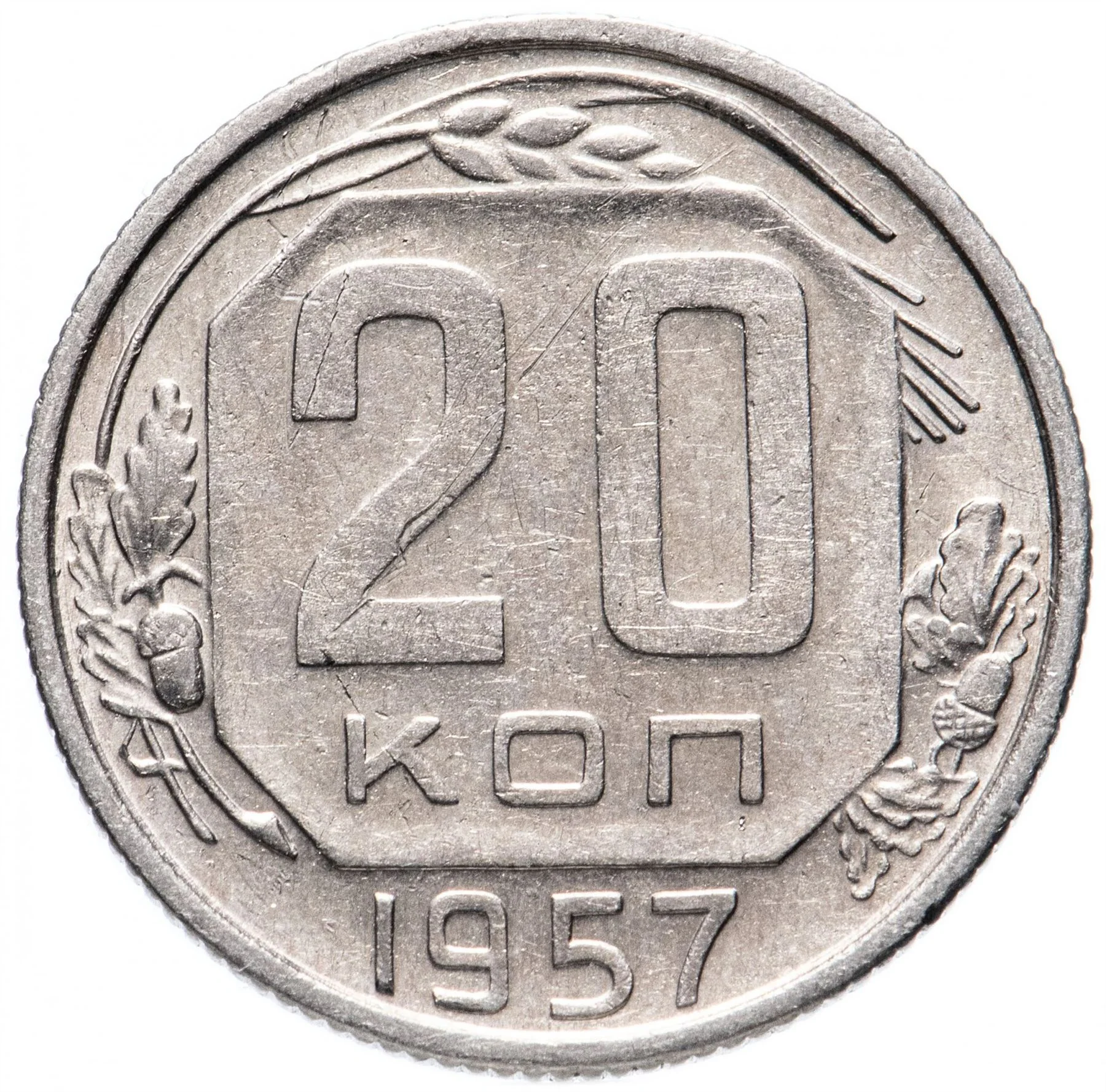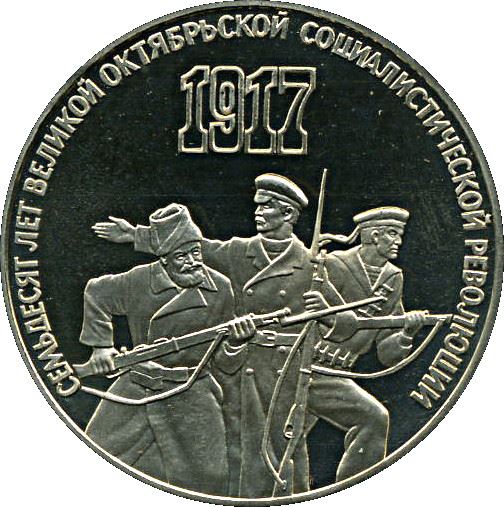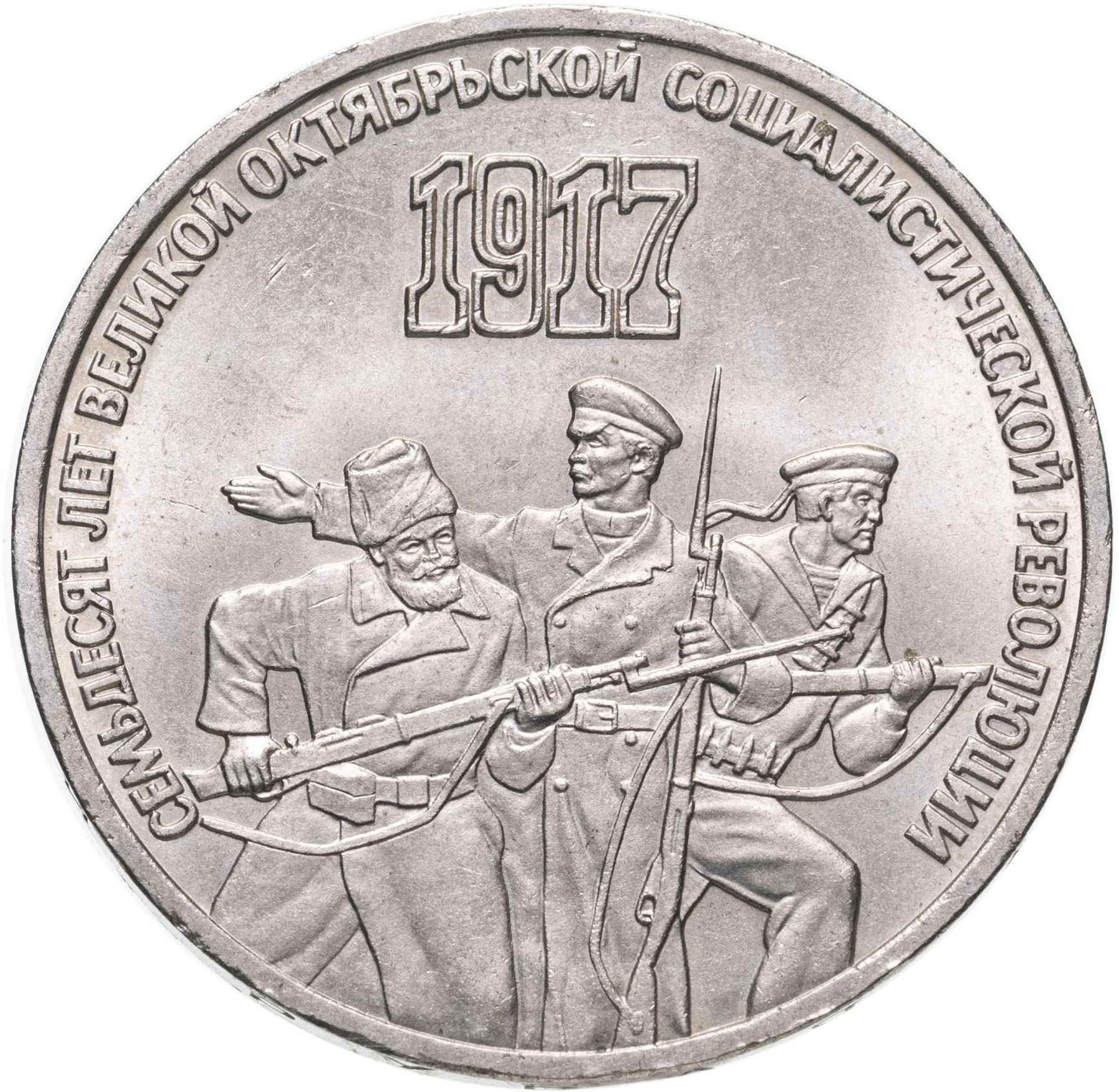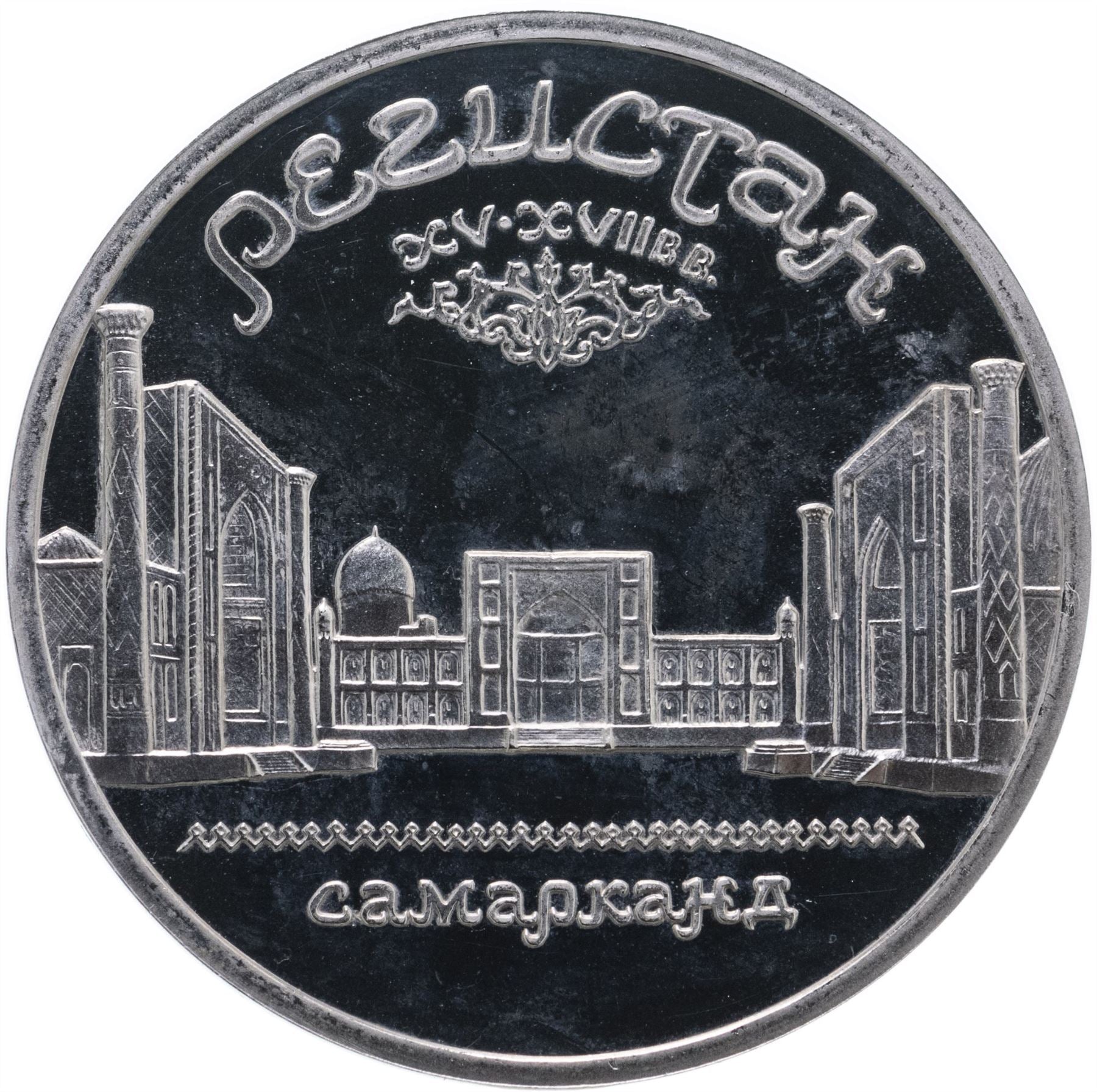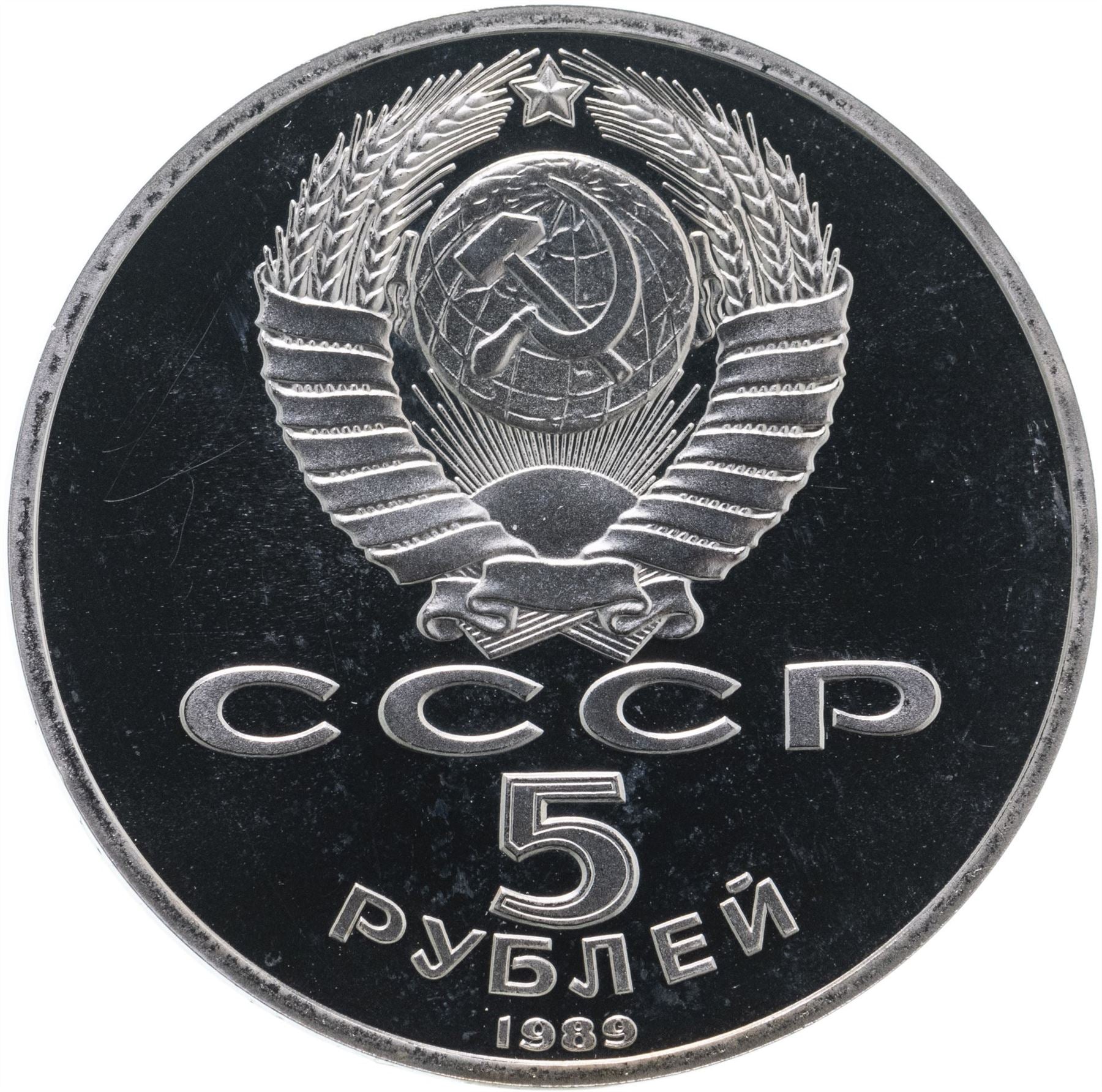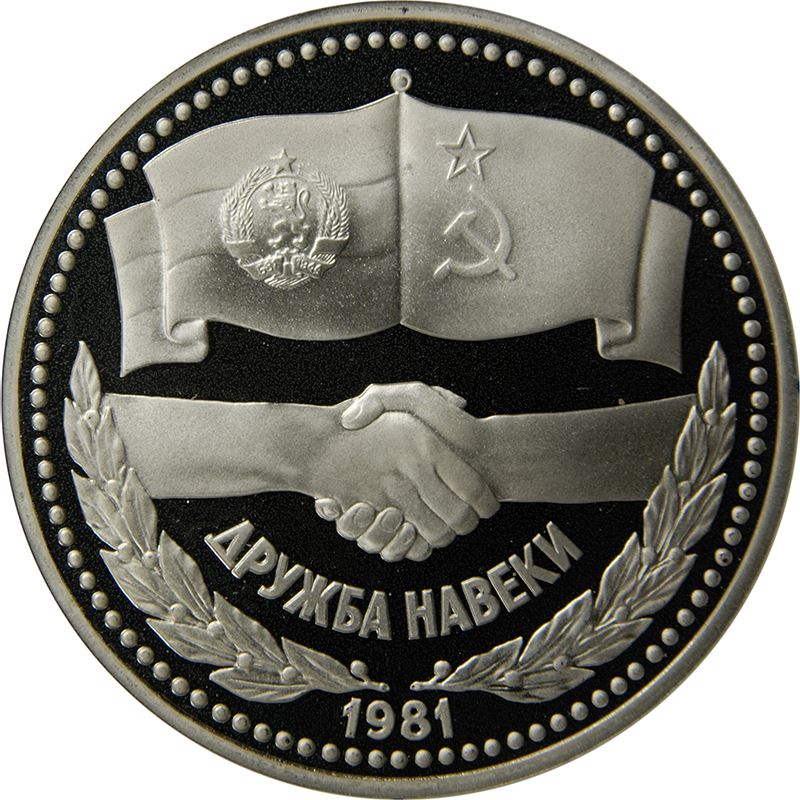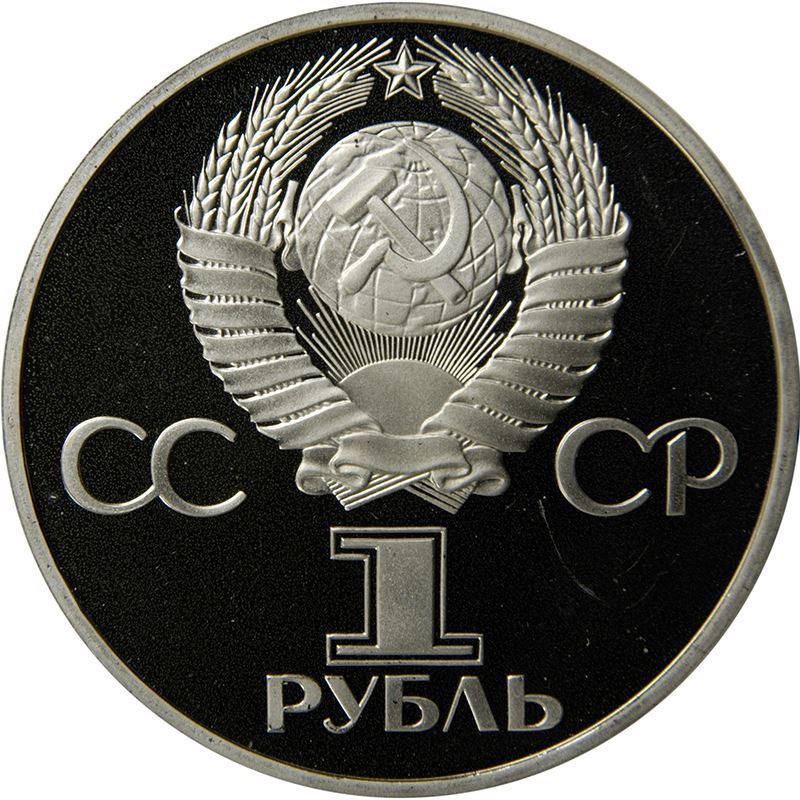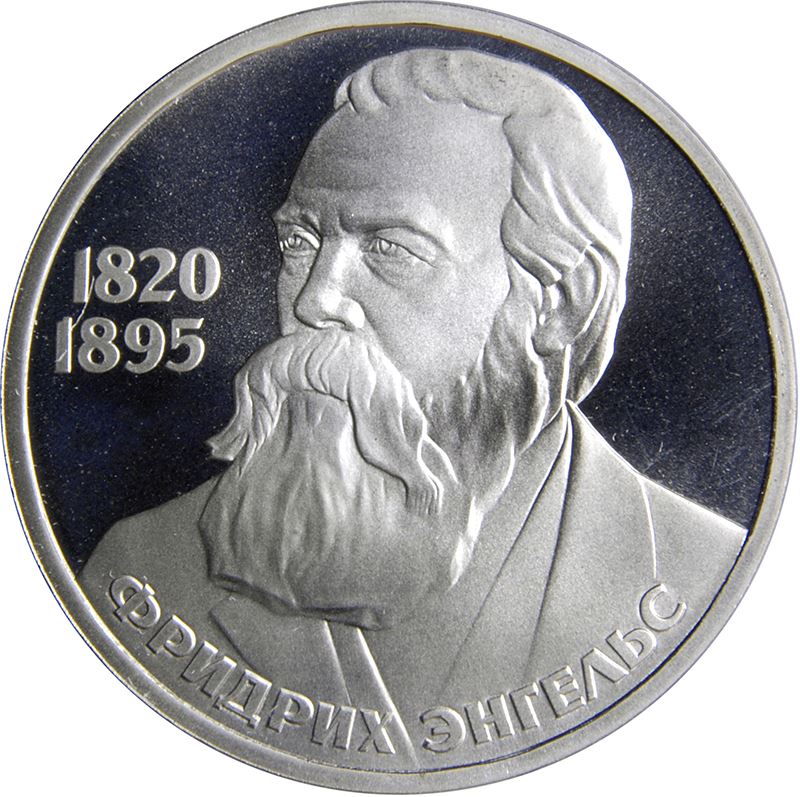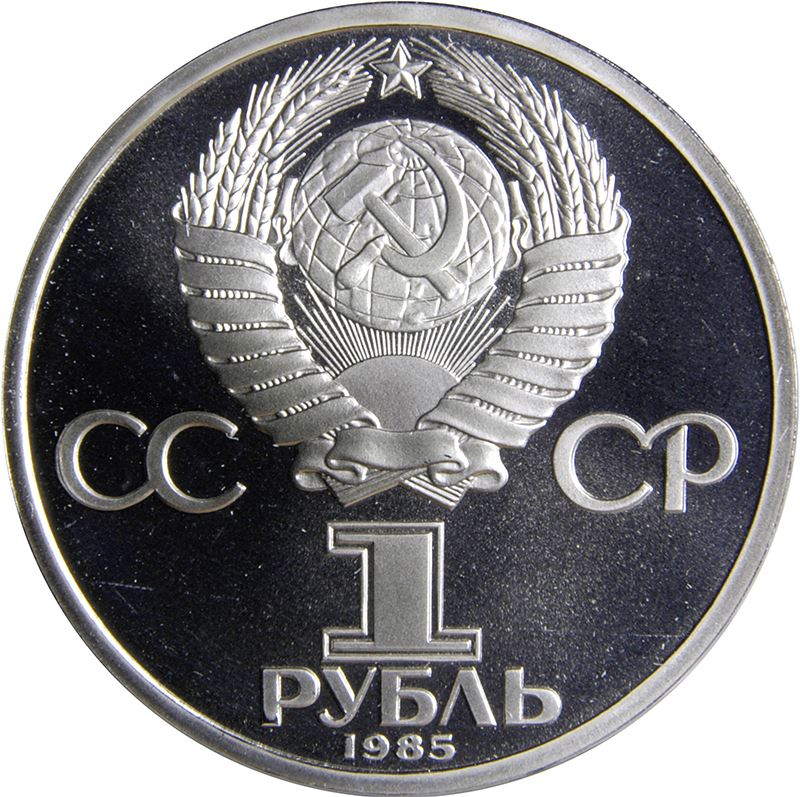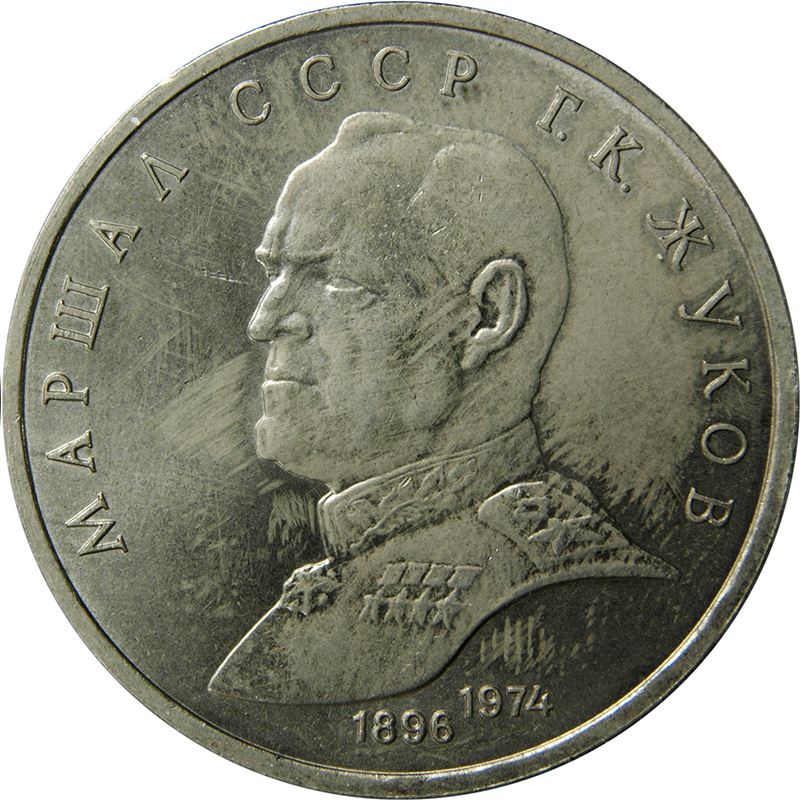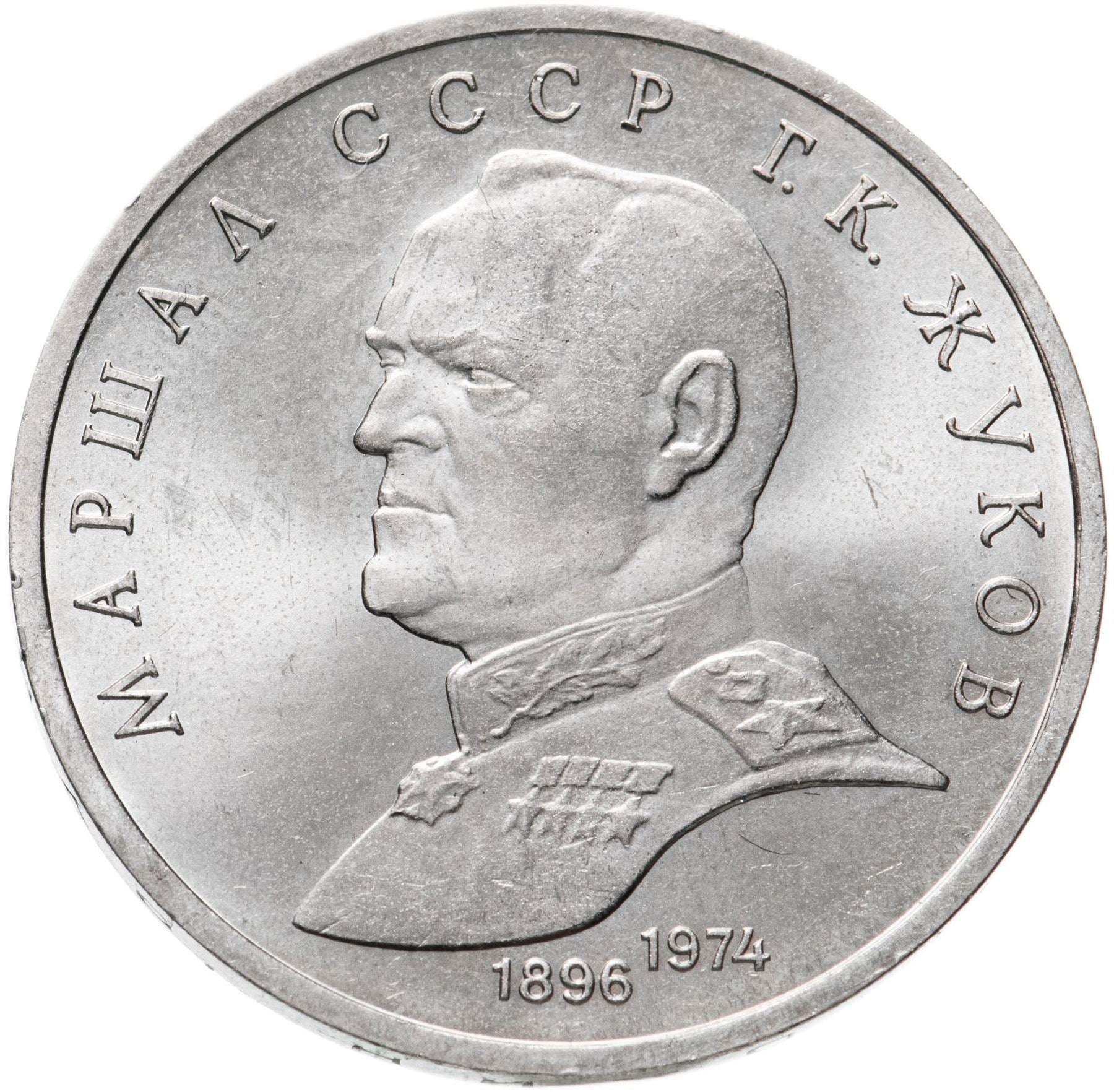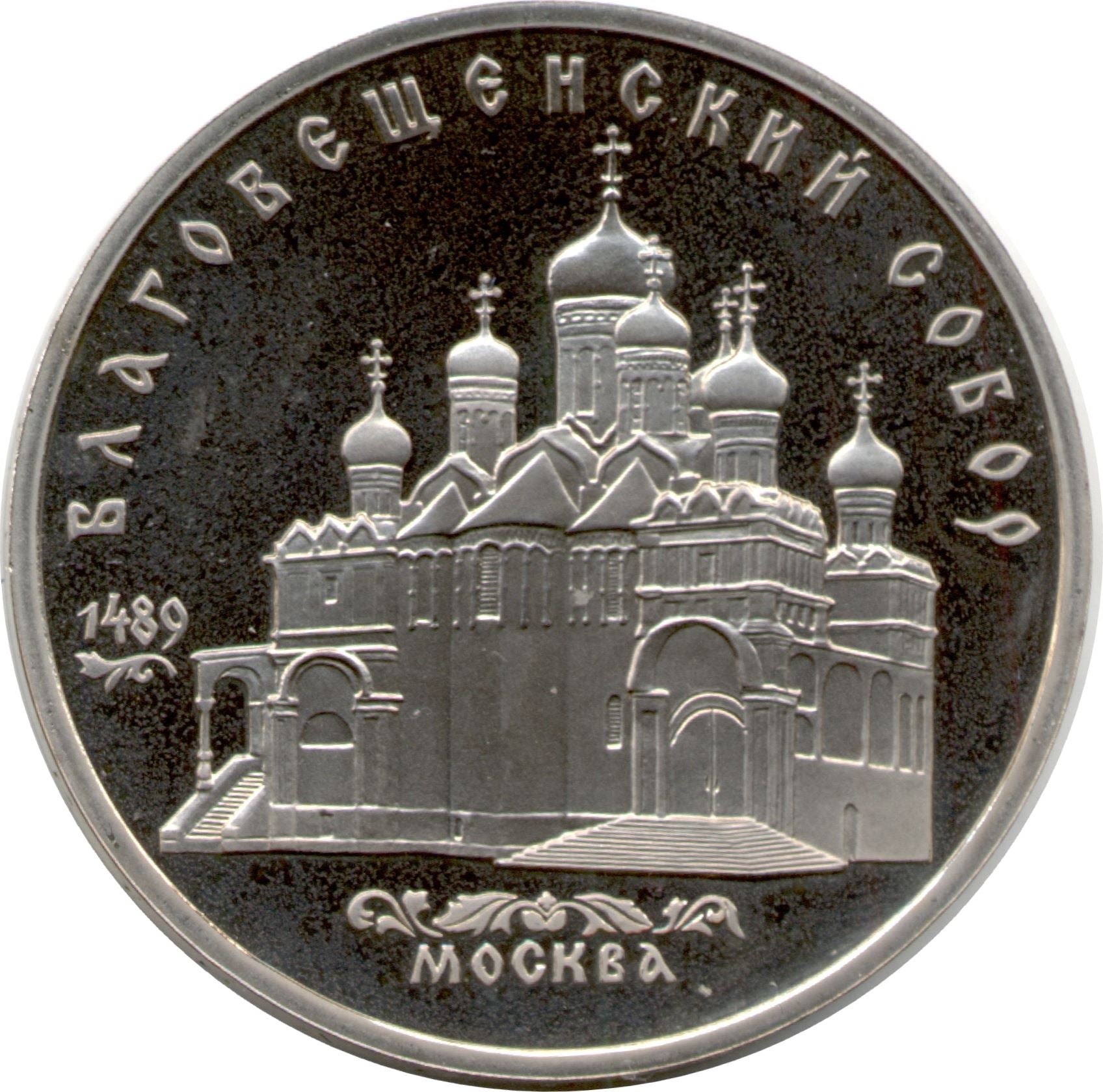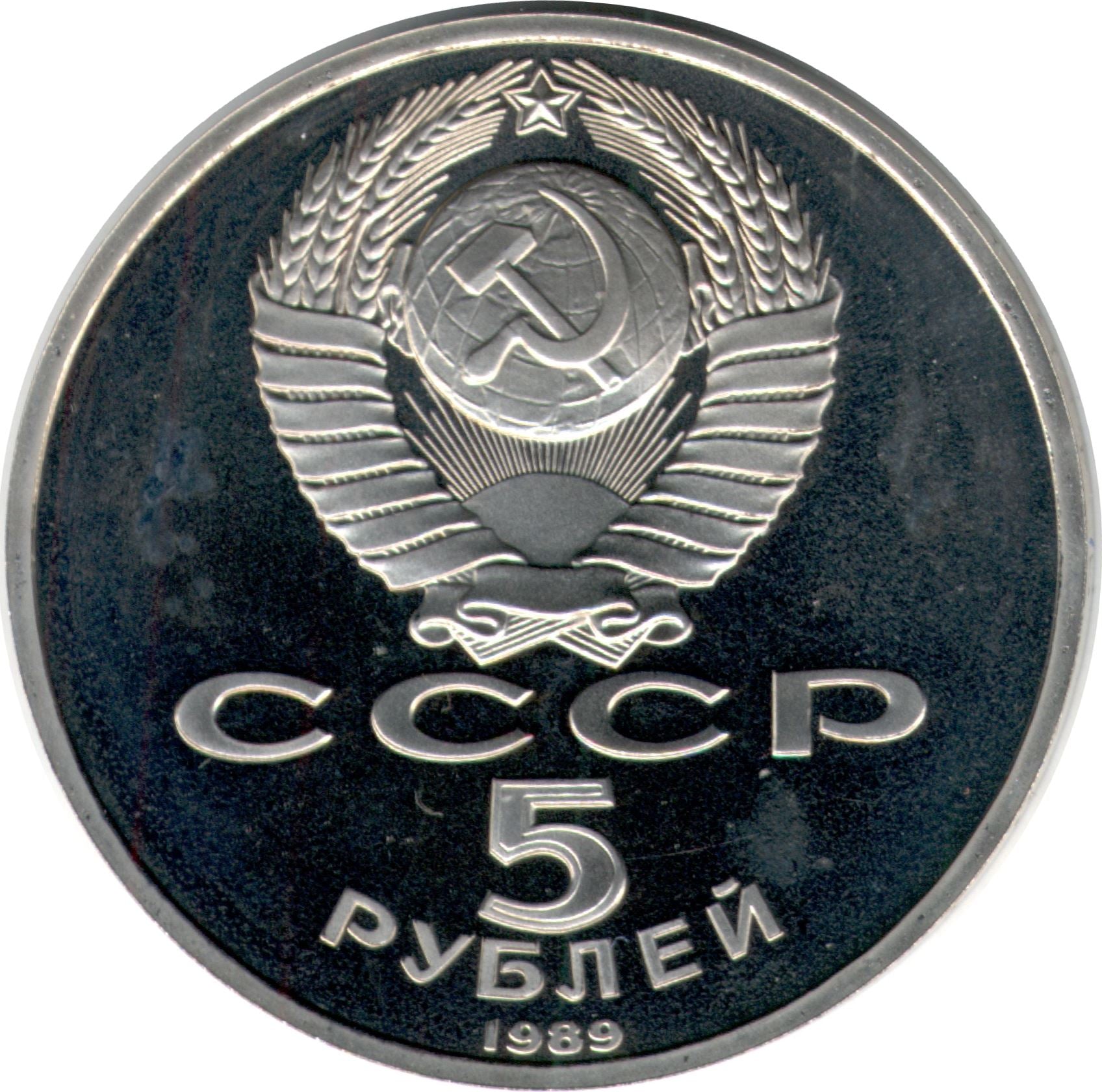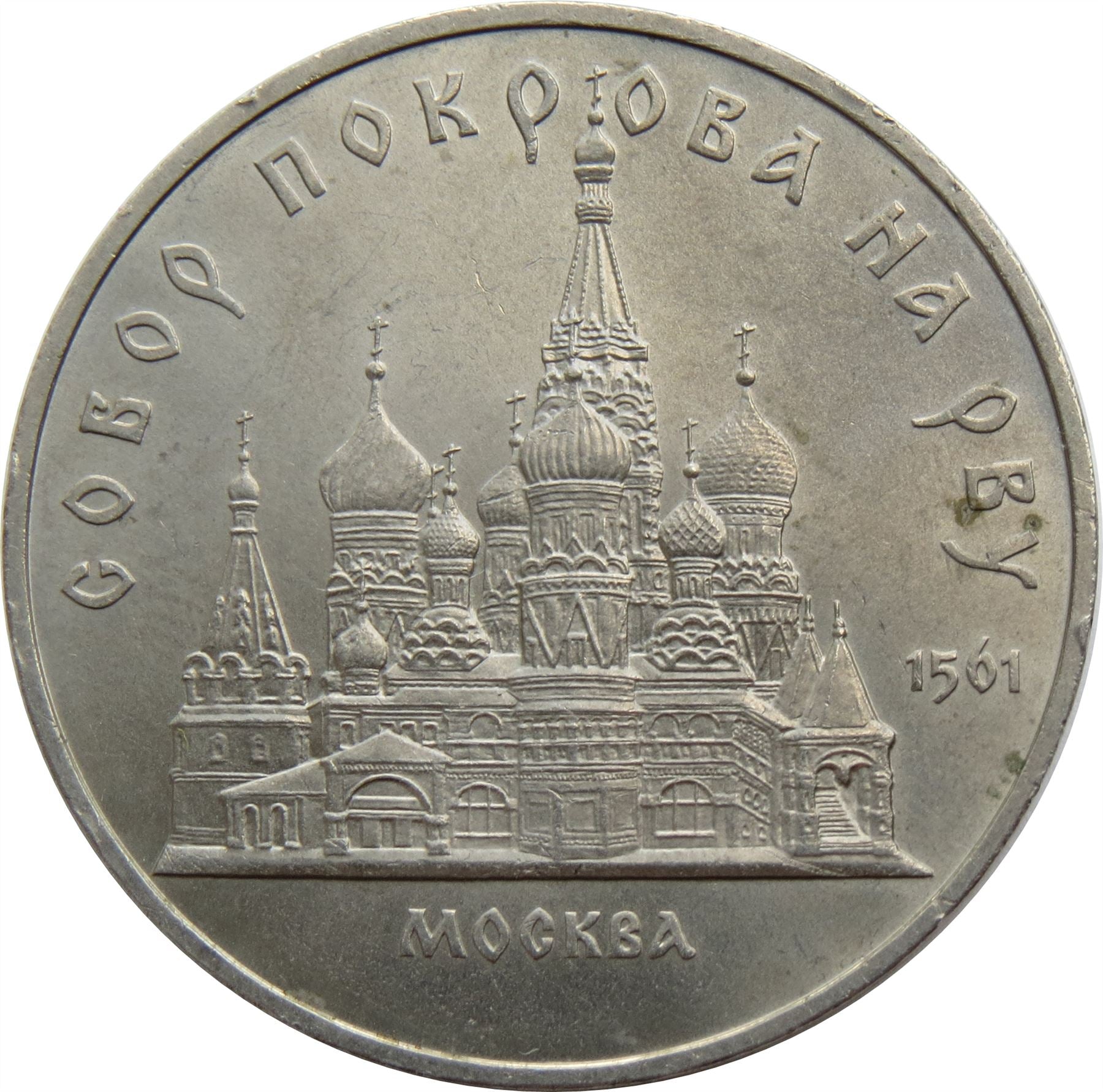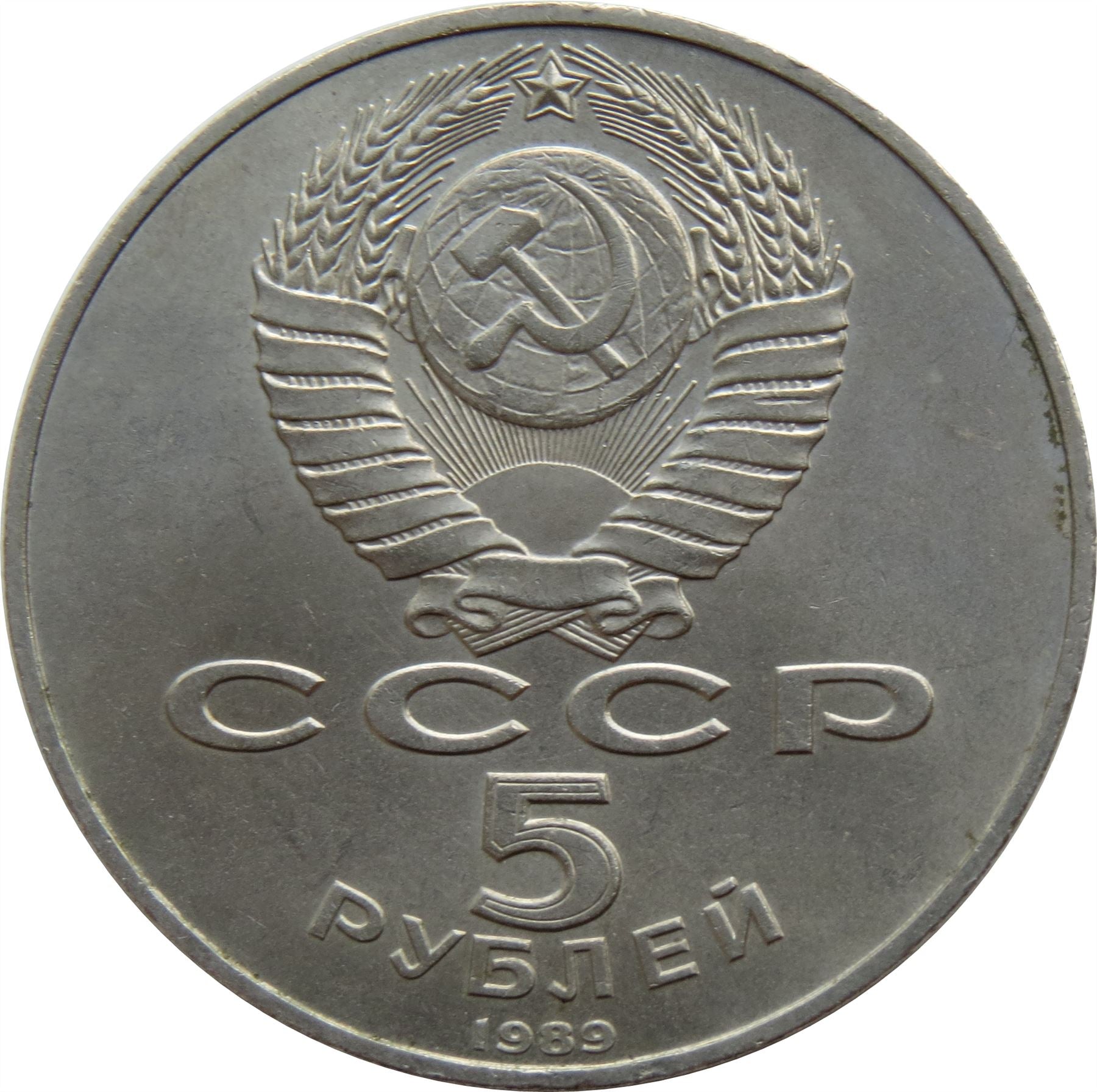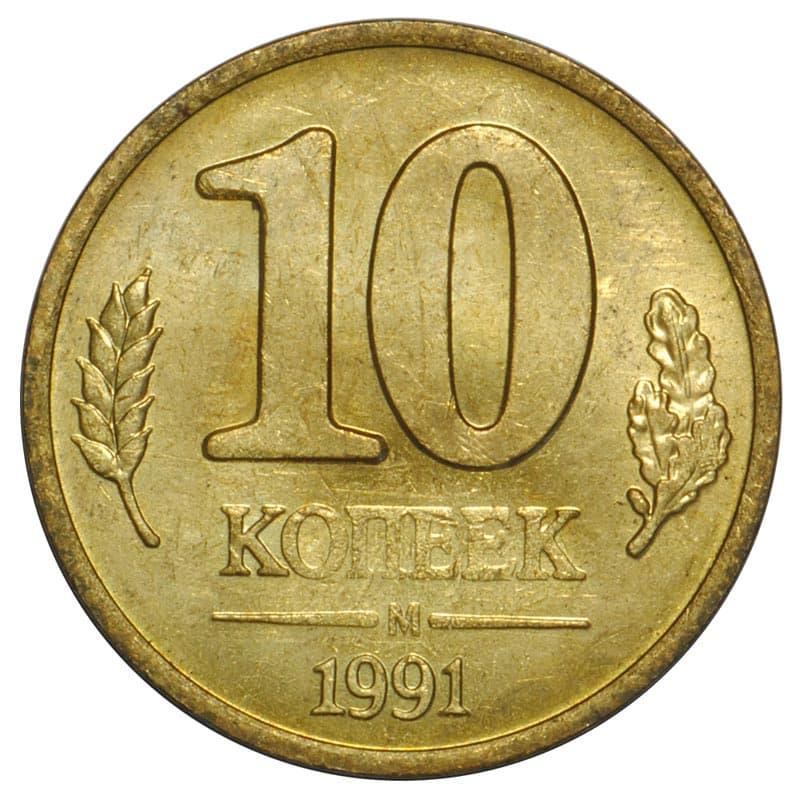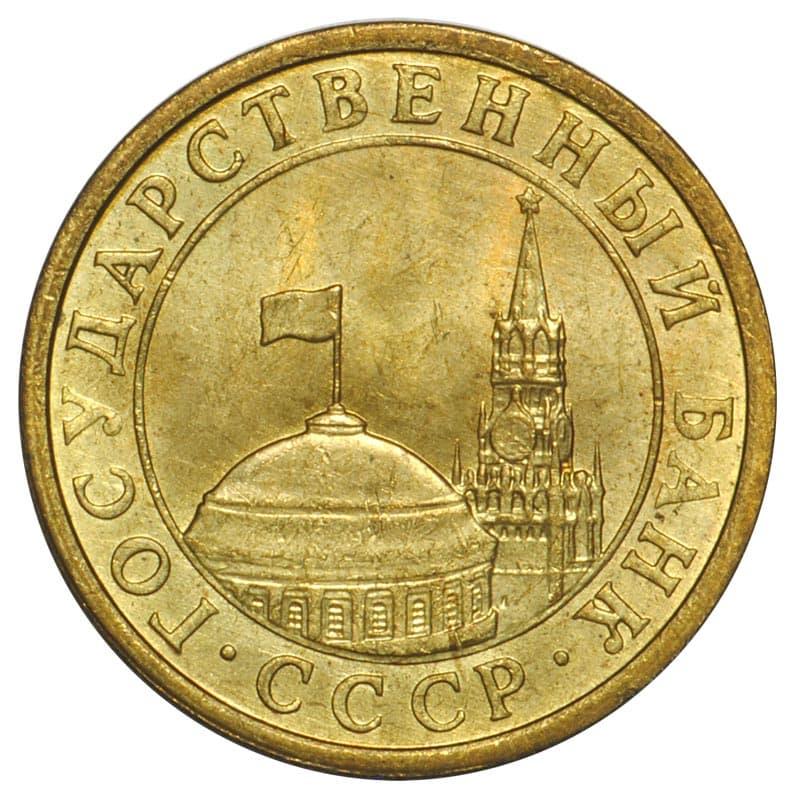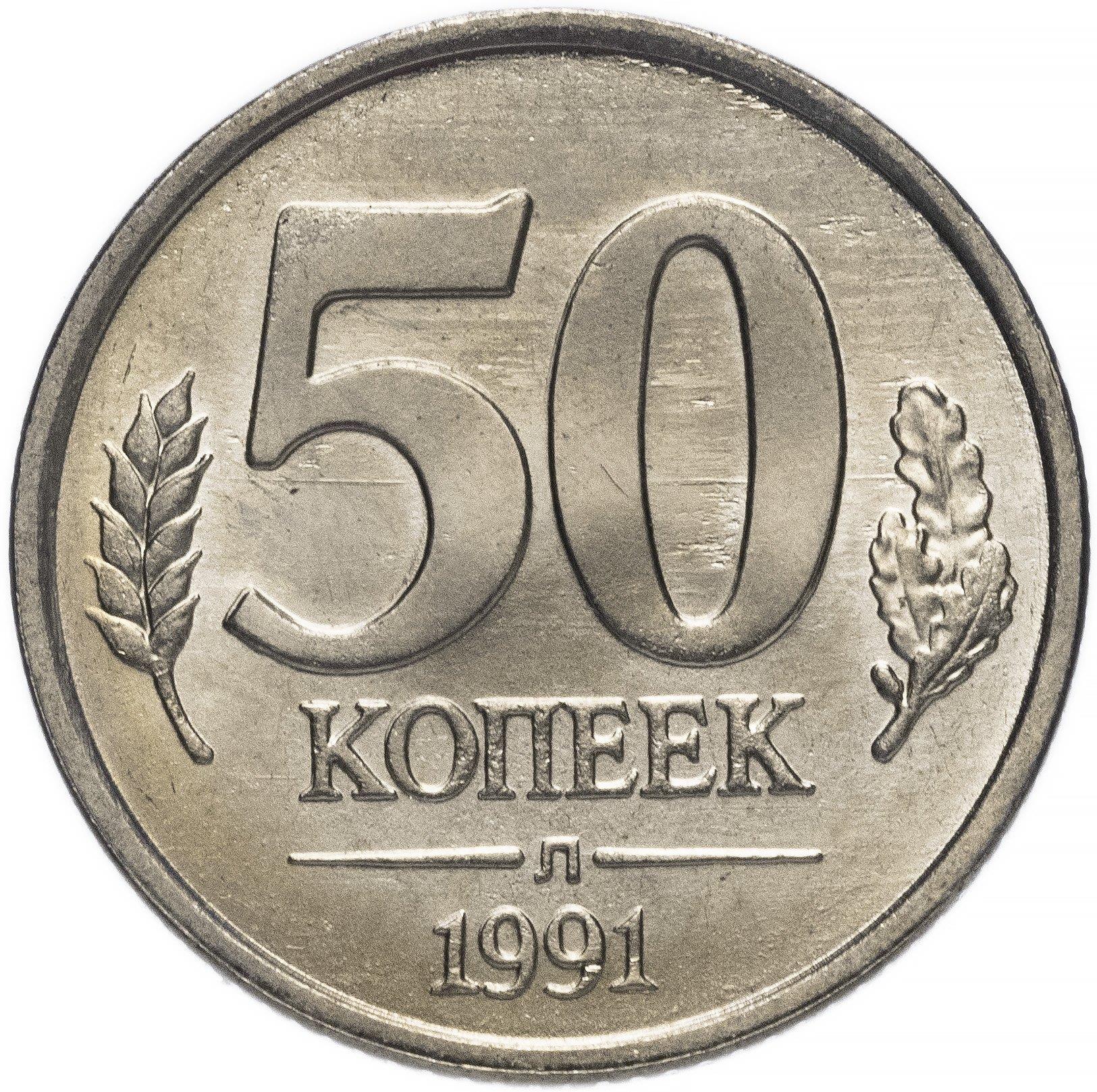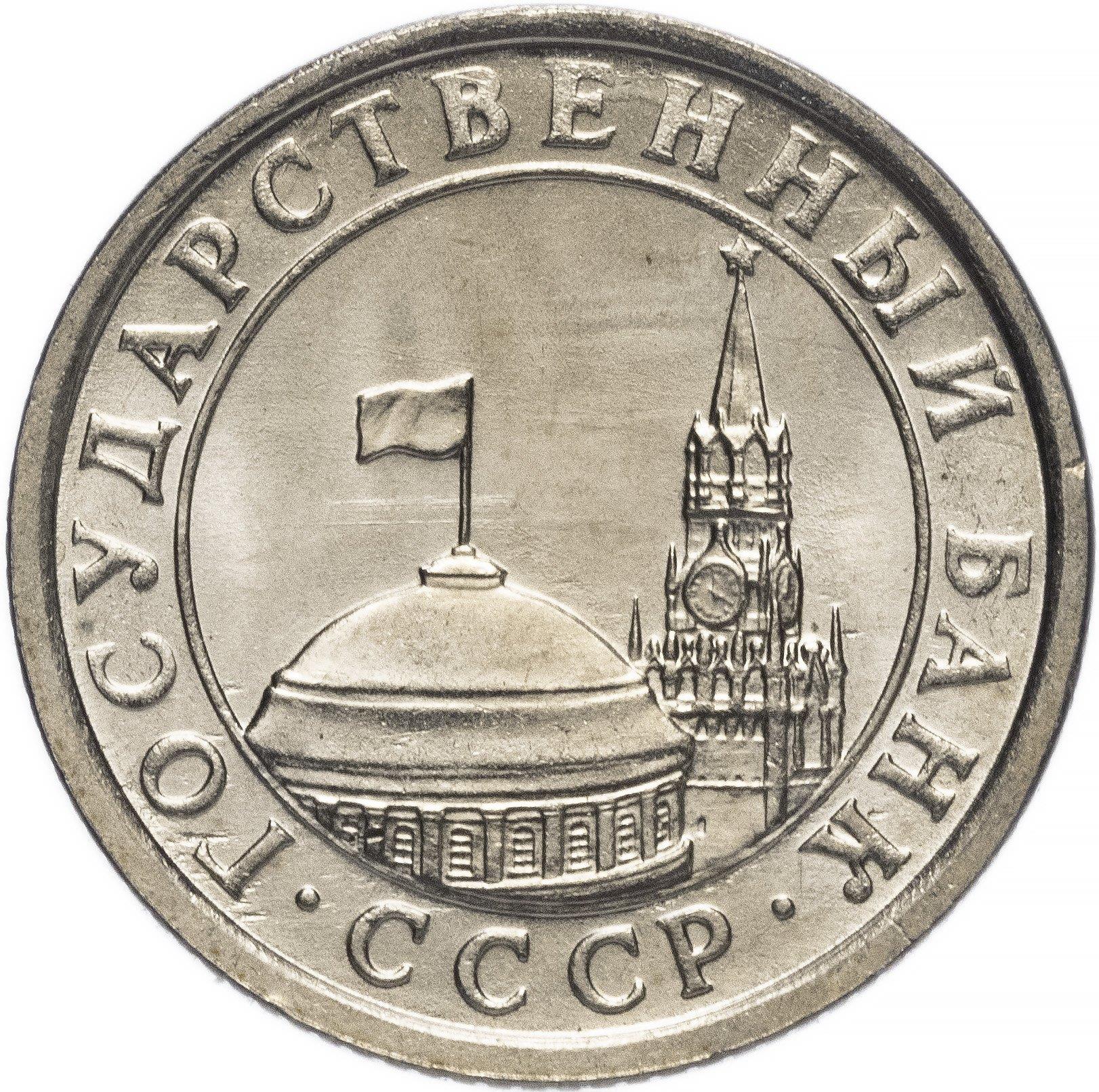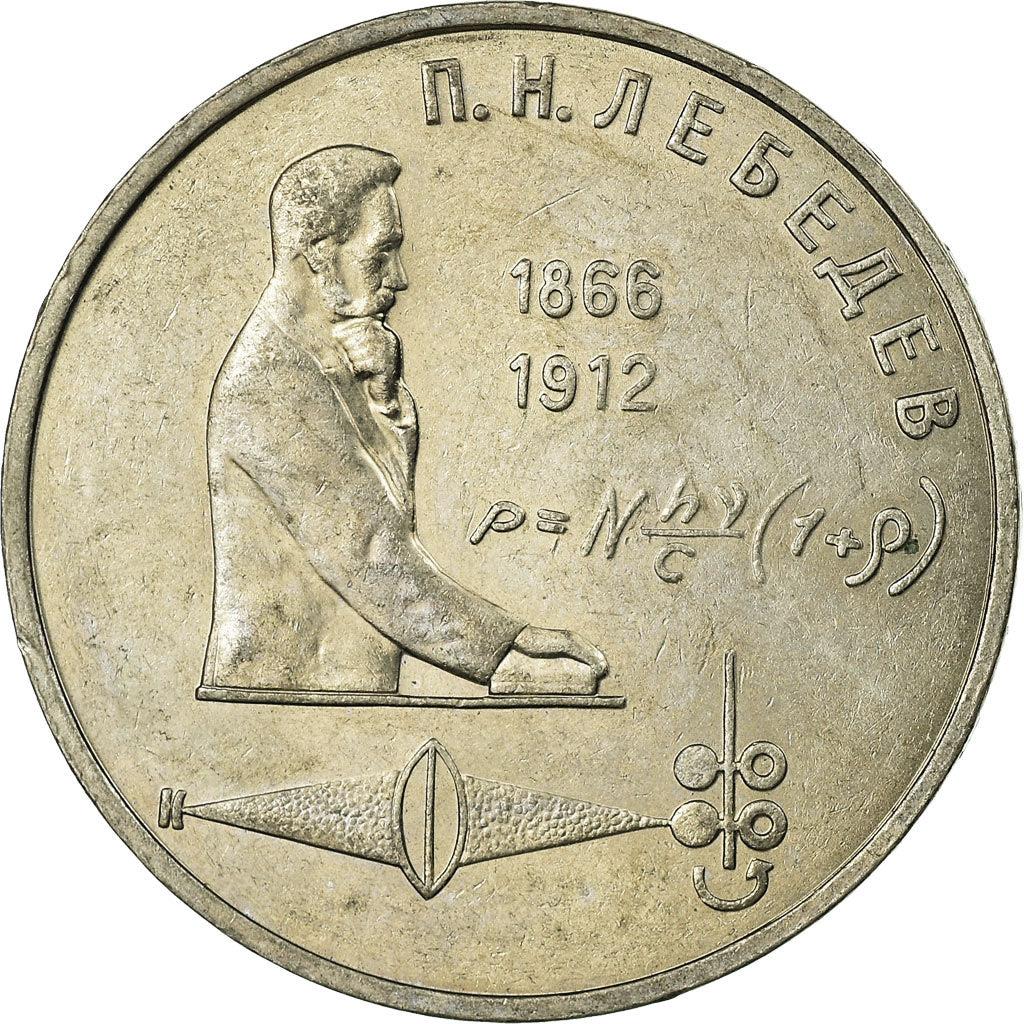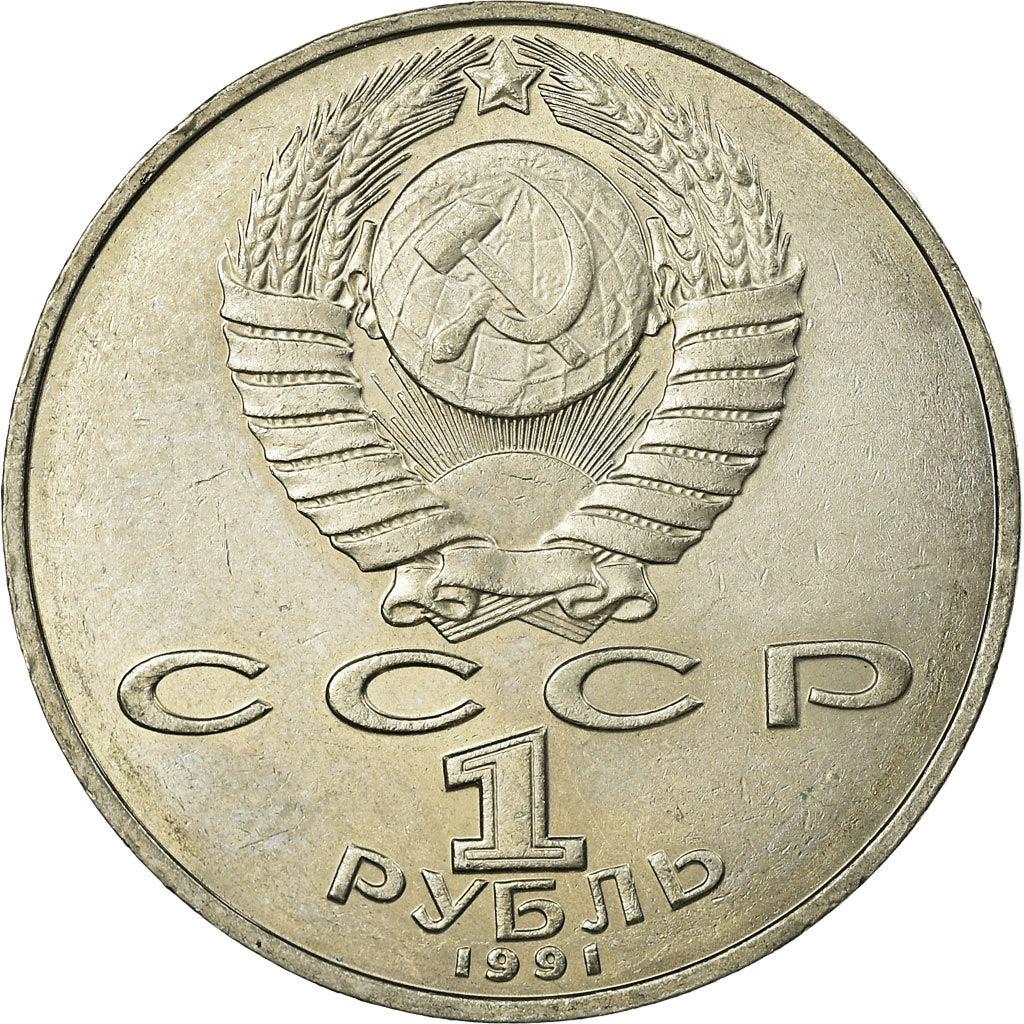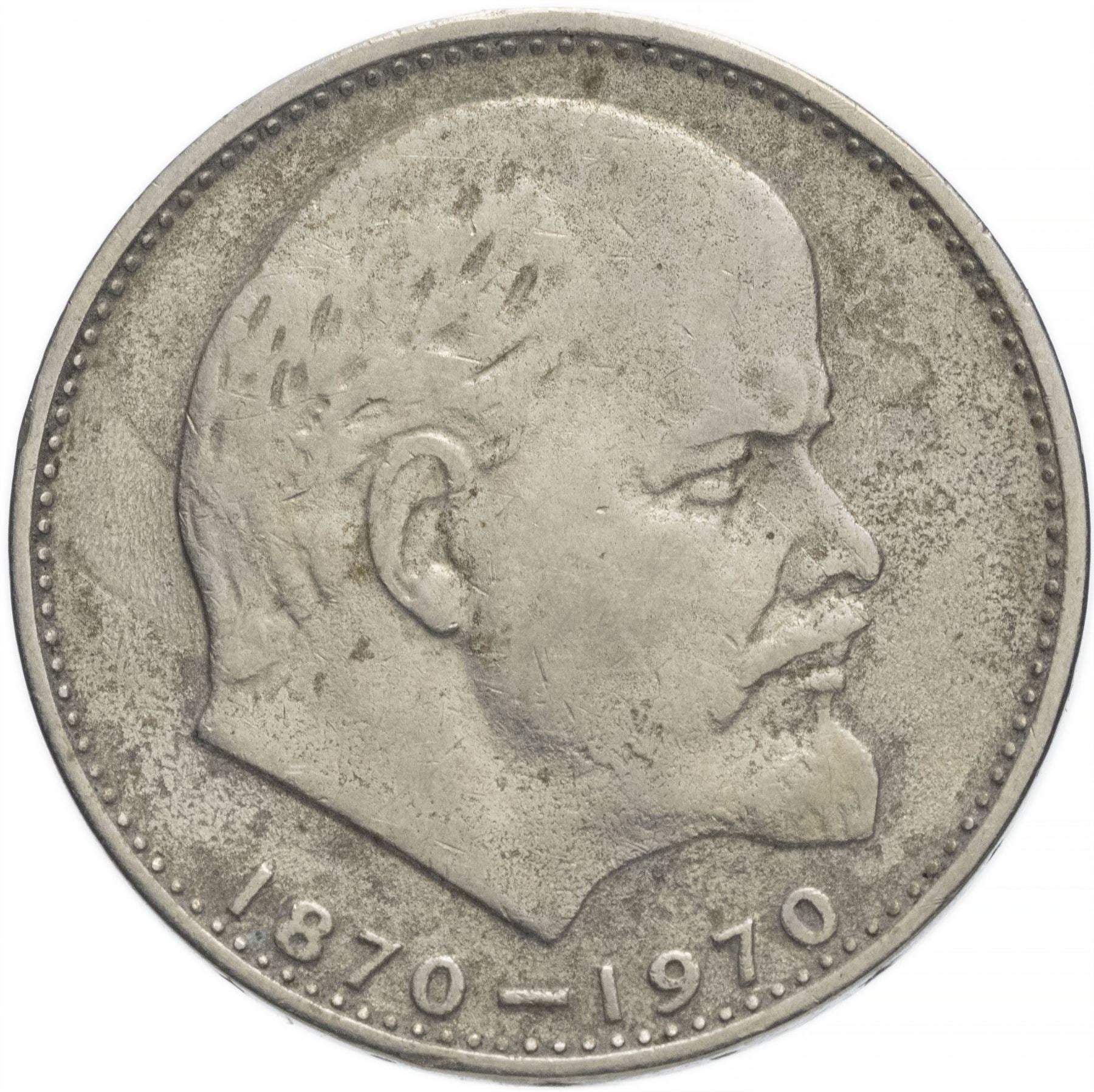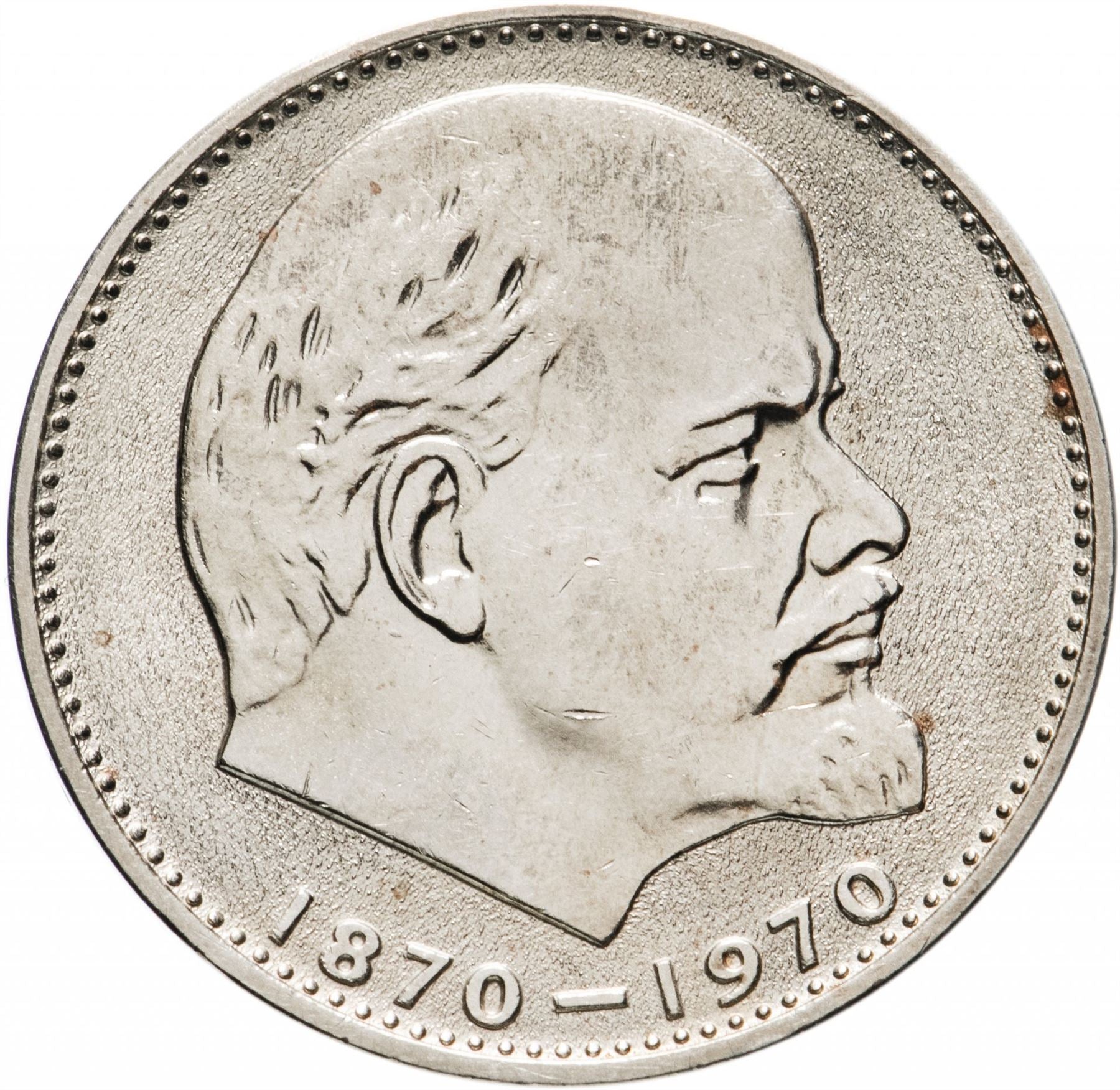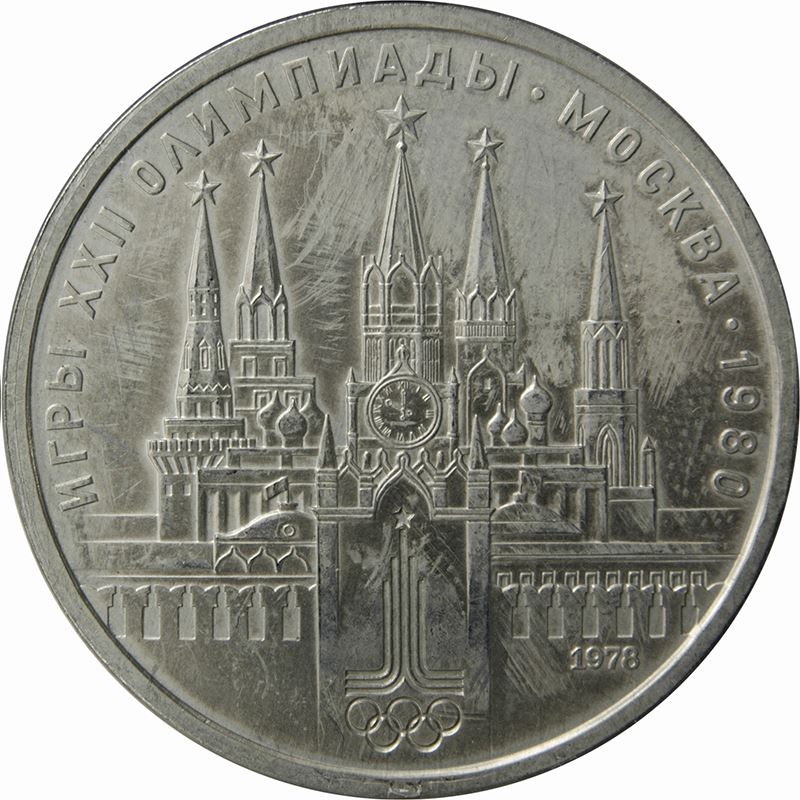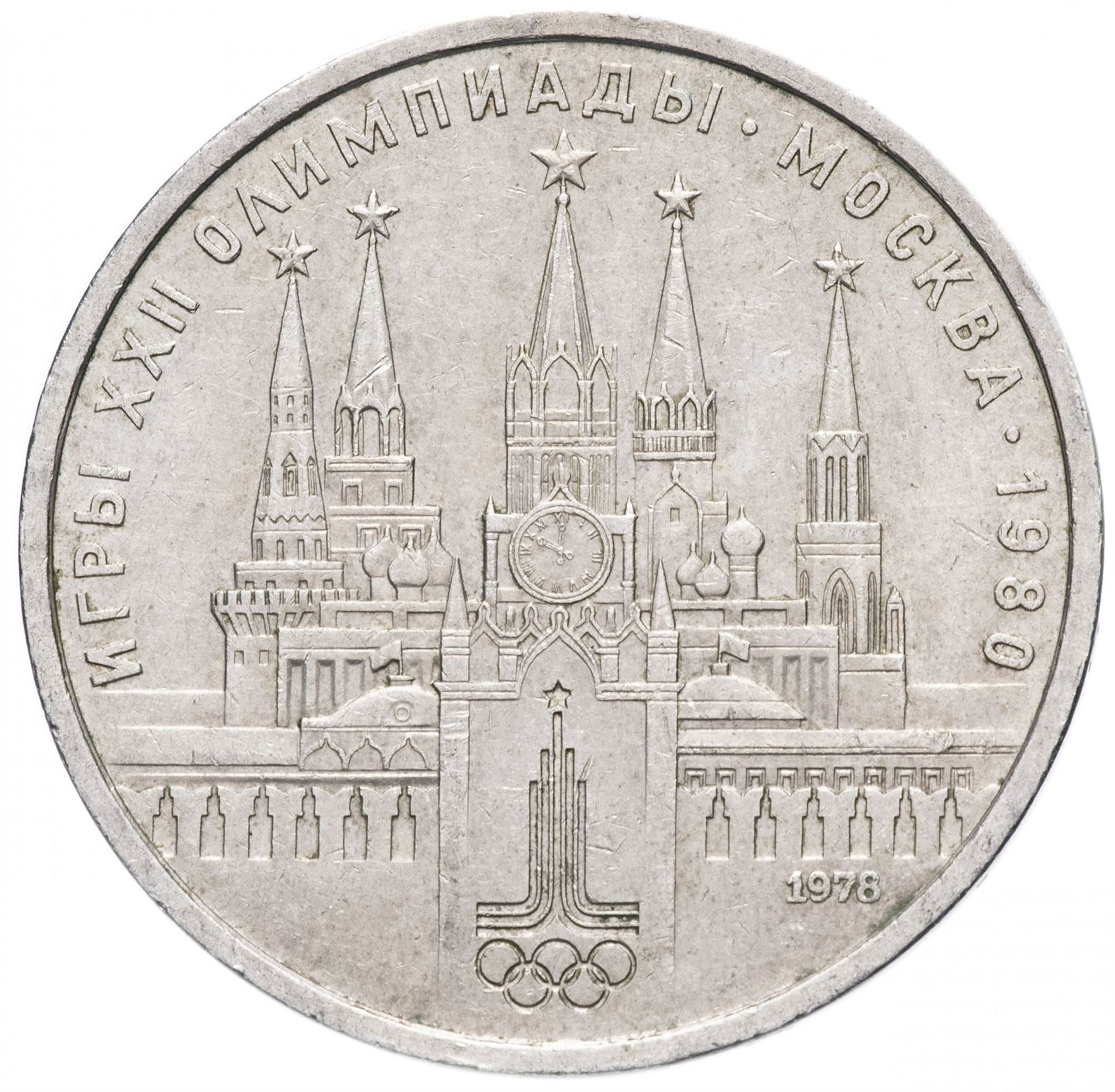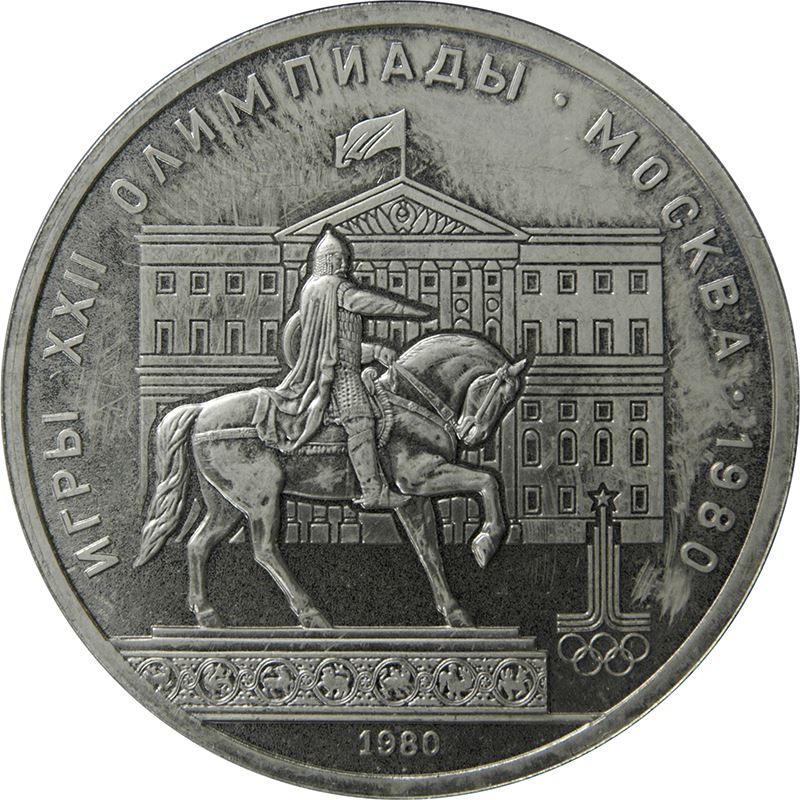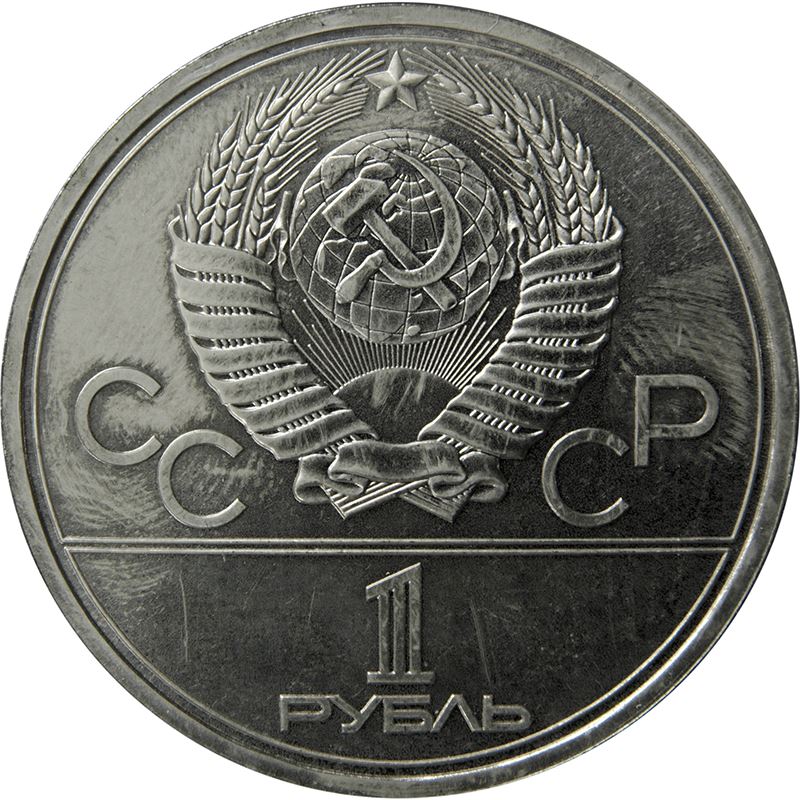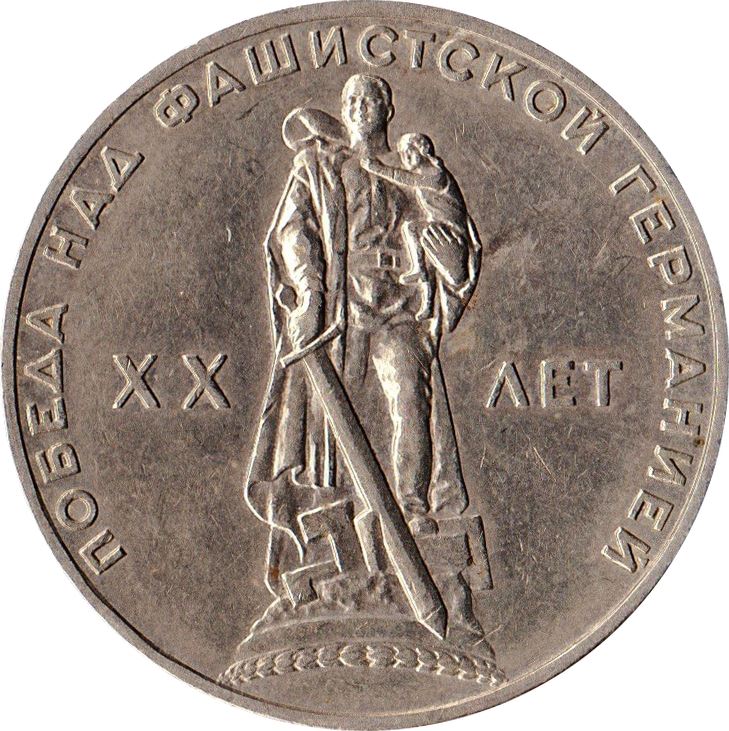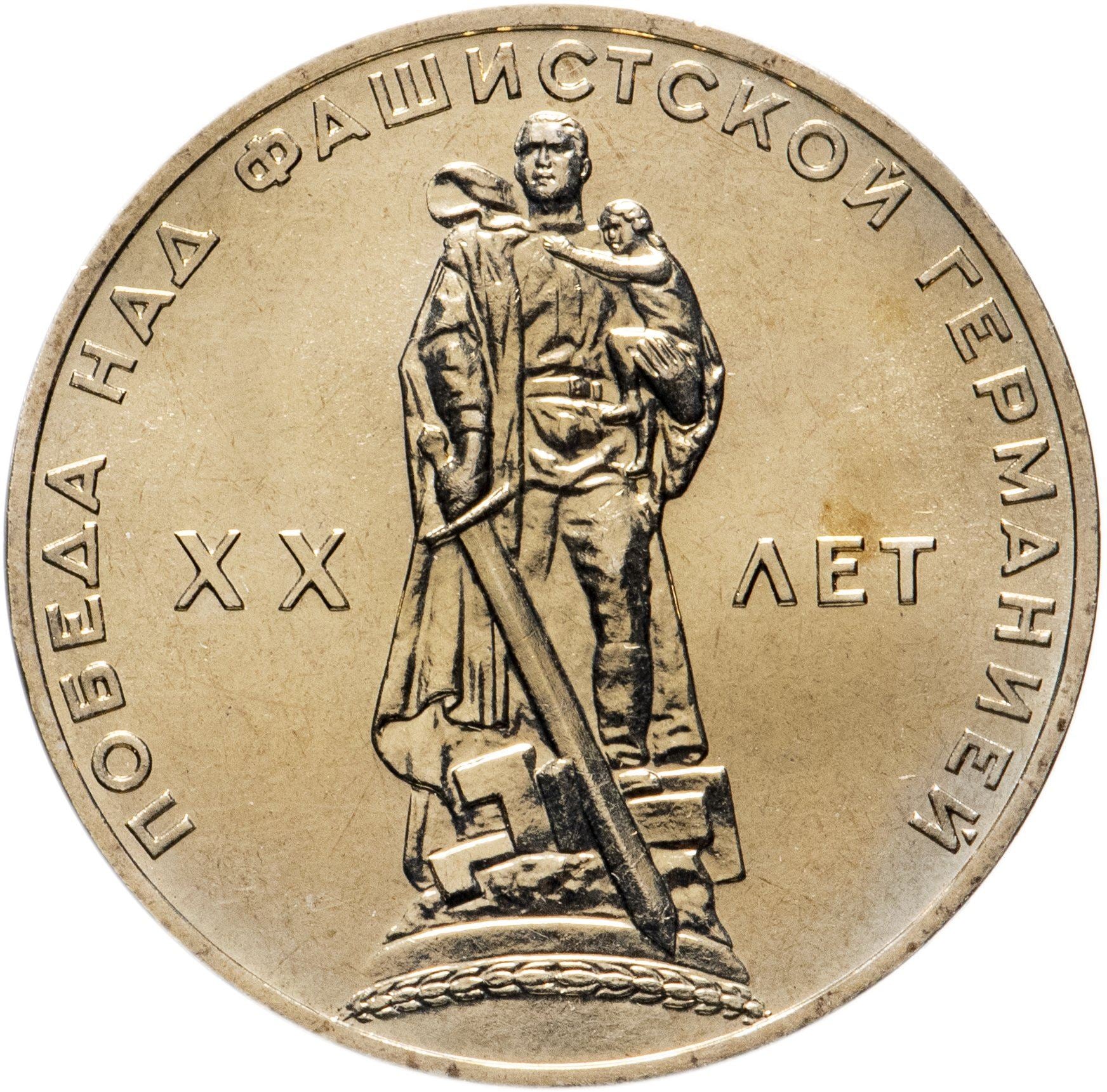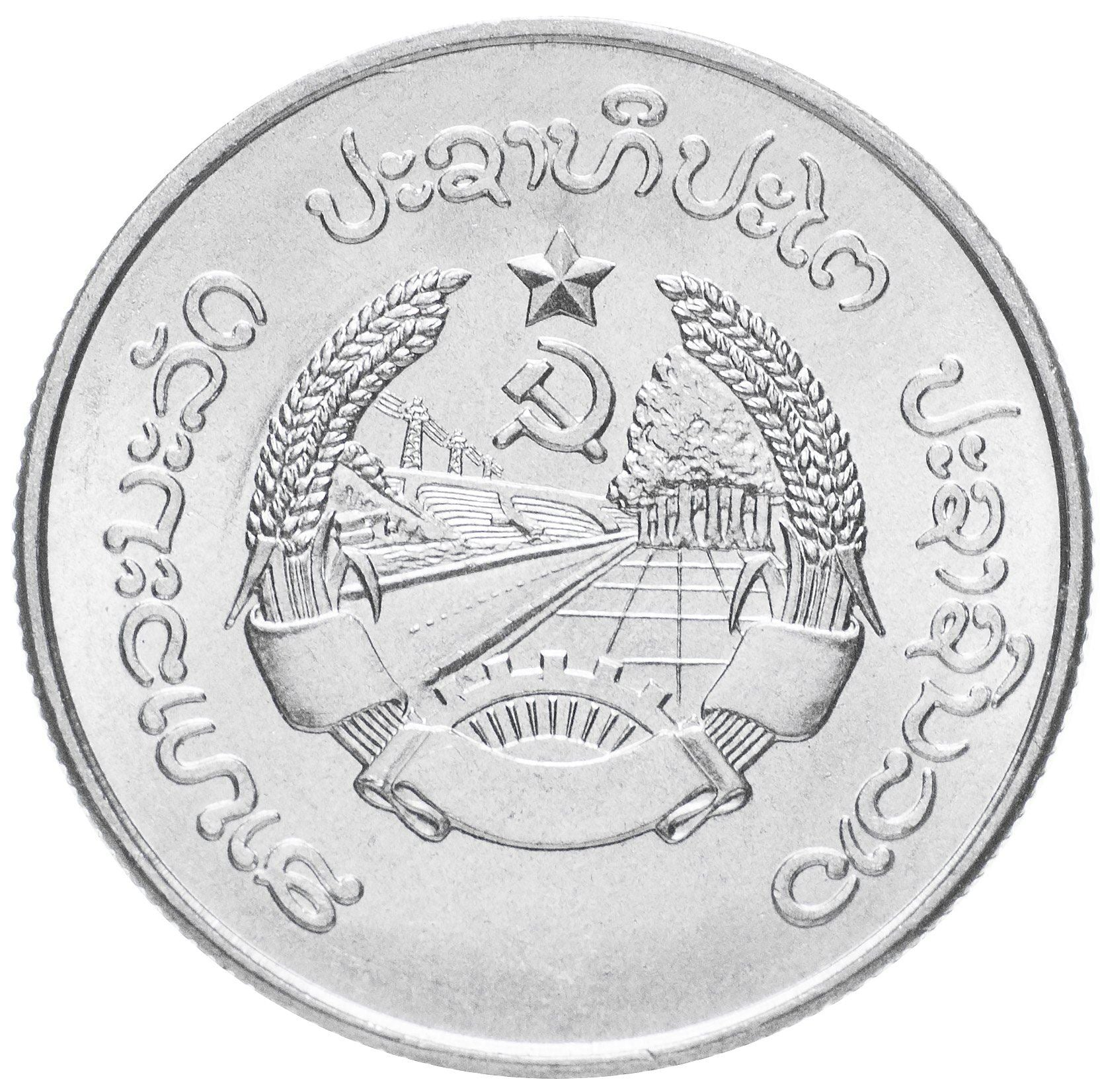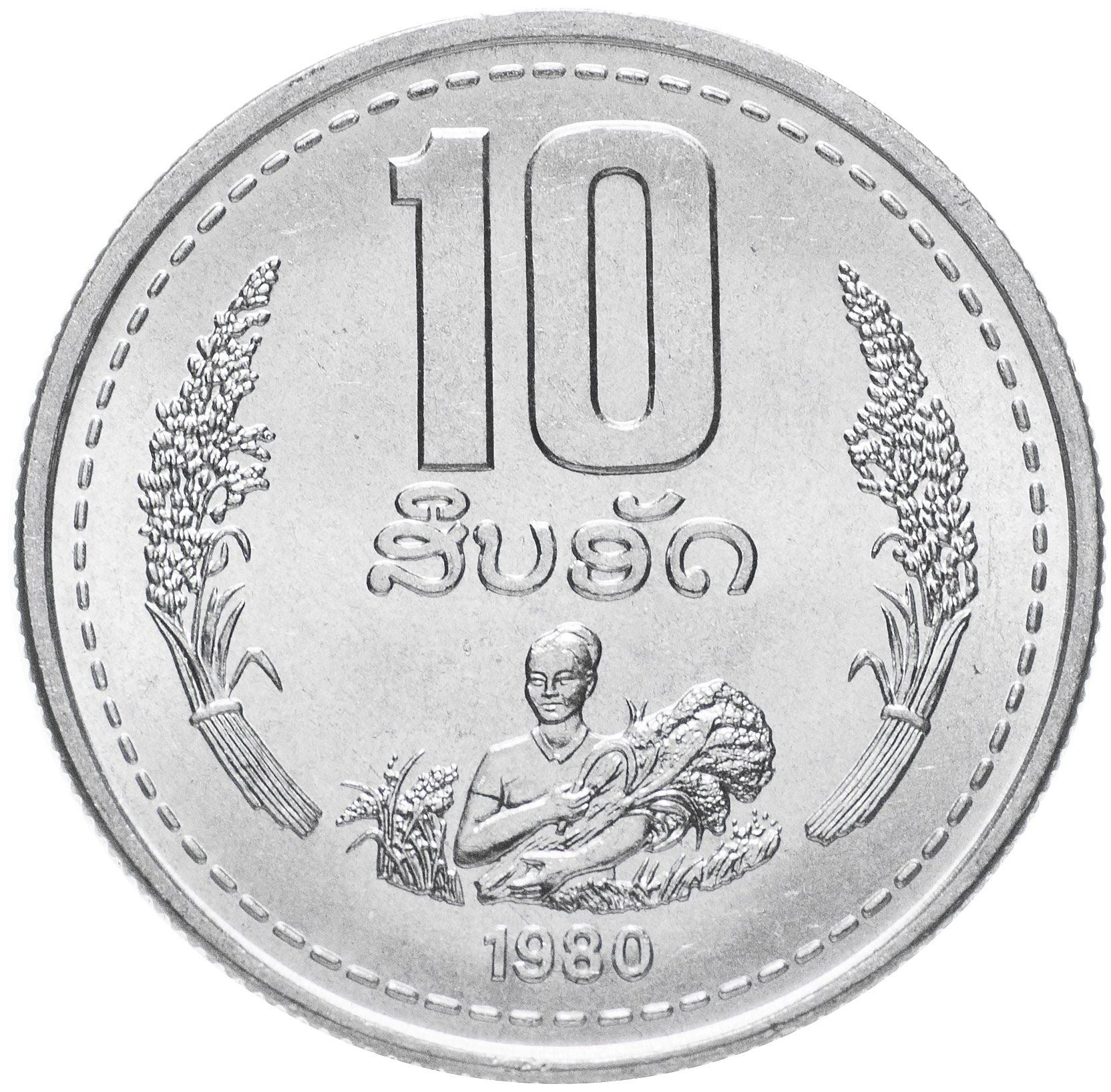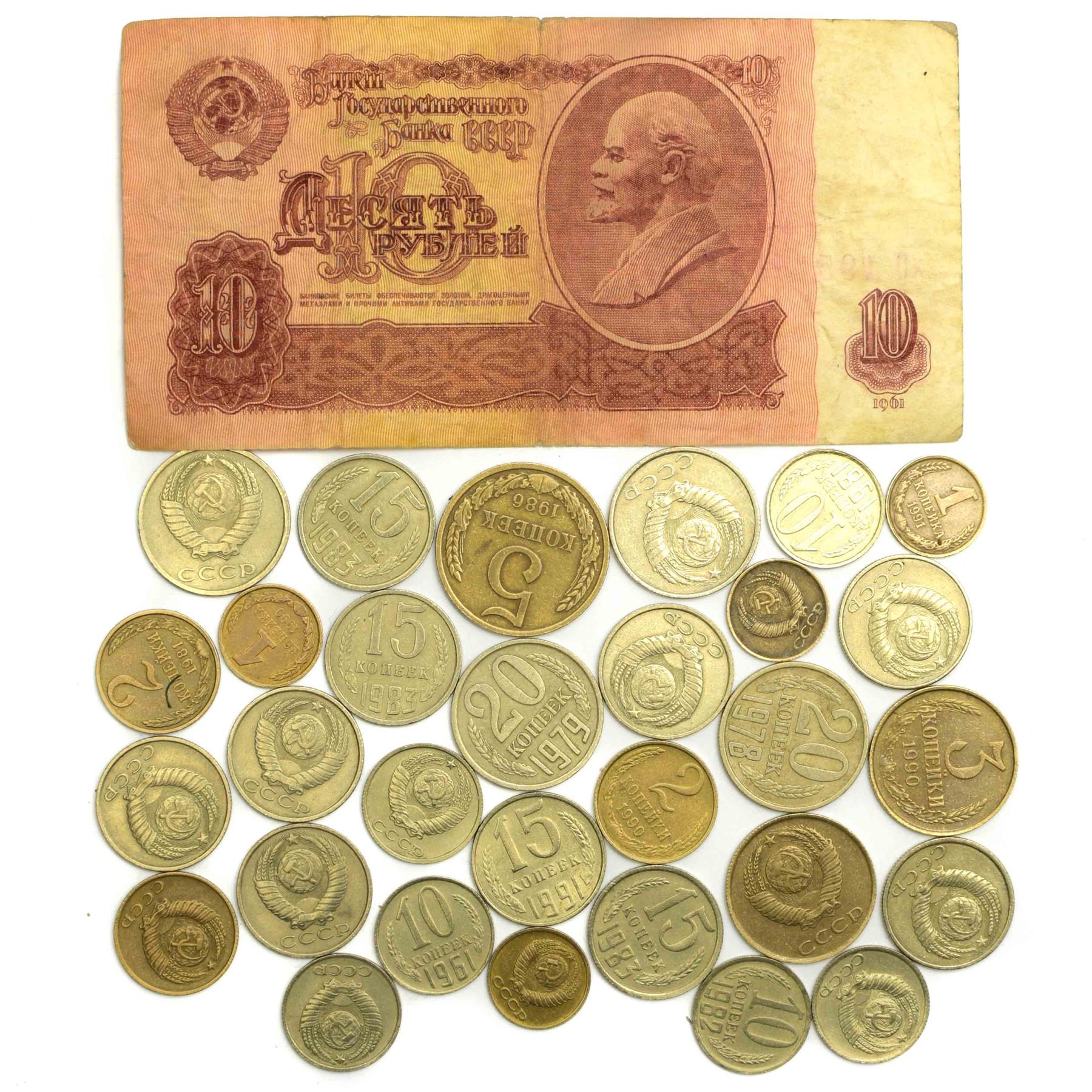Main menu
-
-
-
- Algeria (36)
- Botswana (31)
- Egypt (140)
- Ethiopia (17)
- Ghana (34)
- Kenya (52)
- Libya (7)
- Mauritius (23)
- Malawi (27)
- Morocco (39)
- Namibia (8)
- Nigeria (23)
- Tanzania (17)
- Tunisia (29)
- Sierra Leone (8)
- Seychelles (41)
- South Africa (247)
- Swaziland/Eswatini (22)
- Uganda (34)
- Zambia (24)
- Zimbabwe (15)
- Western African States (8)
-
- Afghanistan (20)
- Armenia (9)
- Azerbaijan (7)
- Bahrain (29)
- British Ceylon (0)
- China (26)
- Cyprus (44)
- Georgia (11)
- Hong Kong (62)
- Iran (26)
- Iraq (12)
- Israel (59)
- India (283)
- Indonesia (47)
- Japan (24)
- Kazakhstan (35)
- Kuwait (20)
- Lebanon (32)
- Macau (6)
- Malaysia (31)
- Maldives (20)
- Malaya and British Borneo (1)
- Nepal (85)
- North Korea (16)
- Oman (142)
- Pakistan (60)
- Philippines (89)
- Saudi Arabia (38)
- Singapore (35)
- South Korea (19)
- Sri Lanka (80)
- Syria (2)
- Taiwan (25)
- Thailand (117)
- United Arab Emirates (29)
- Vietnam (11)
- Qatar (23)
-
- Albania (28)
- Austria (49)
- Belarus (4)
- Belgium (99)
- Bulgaria (84)
- Bosnia and Herzegovina (2)
- Croatia (26)
- Czech Republic (10)
- Czechoslovakia (65)
- Estonia (13)
- Denmark (104)
- France (156)
- Finland (59)
- Germany (283)
- West Germany (13)
- East Germany (23)
- German Reich (32)
- Nazi Germany (17)
- Greece (89)
- Guernsey (45)
- Hungary (87)
- Iceland (48)
- Ireland (29)
- Italy (86)
- Jersey (56)
- Kingdom of Prussia (1)
- Poland (155)
- Latvia (23)
- Lithuania (21)
- Luxembourg (32)
- Malta (26)
- Moldova (4)
- Netherlands (74)
- North Macedonia (10)
- Norway (65)
- Portugal (52)
- Russian Federation (9)
- Russian Empire (4)
- Romania (88)
- Serbia (17)
- Sweden (97)
- Spain (141)
- Slovenia (15)
- Slovakia (9)
- Soviet Union (70)
- Switzerland (40)
- Turkey (105)
- United Kingdom (295)
- Ukraine (29)
- Yugoslavia (92)
-
- Aruba (10)
- Bahamas (18)
- Barbados (20)
- Belize (16)
- Bermuda (25)
- Cayman Islands (20)
- Canada (140)
- Cuba (59)
- Costa Rica (67)
- Dominican Republic (31)
- Eastern Caribbean States (28)
- Guatemala (3)
- Honduras (10)
- Jamaica (35)
- Mexico (80)
- Netherland Antilles (22)
- Nicaragua (50)
- Panama (60)
- Trinidad & Tobago (20)
- United States (214)
-
- Banknotes (145)
- Currency supplies (18)
- Berlin wall (1)
- Postage stamps (21)
Hammer and Sickle
135 products
Showing 1 - 48 of 135 products
The Hammer and Sickle is a symbol of communism, representing the unity of industrial and agricultural workers. Originating from the Soviet Union, this emblem has been widely used on coins issued by communist and socialist states, symbolizing their ideological foundation and political identity.
Historical Significance
-
Origins in Soviet Union:
- The hammer and sickle were adopted as the official symbol of the Soviet Union after the October Revolution in 1917. The hammer represents industrial laborers, while the sickle symbolizes agricultural workers. Together, they signify the unity and strength of the working class under communist ideology.
-
Global Influence:
- The symbol was not only used in the Soviet Union but also became emblematic for various communist parties and socialist movements worldwide. It has appeared on the coins and currency of several countries that adopted socialist principles.
Symbolism
-
Unity of Workers:
- The hammer and sickle highlight the alliance between industrial and agricultural sectors, which is fundamental to the communist vision of a classless society. This unity is essential for achieving economic and social goals under communism.
-
Revolution and Change:
- The symbol also represents the revolutionary change brought about by the working class. It signifies the overthrow of capitalist structures and the establishment of a socialist state.
Representation on Coins
-
Soviet Coins:
- Soviet coins frequently featured the hammer and sickle, reflecting the state’s communist ideology. These coins often included additional symbols like the red star, wreaths, and the motto "Workers of the world, unite!"
- For example, the Soviet ruble and kopeck coins prominently displayed the hammer and sickle, reinforcing the USSR's identity and political message.
-
Coins from Other Communist States:
- Countries such as China, Cuba, and North Korea have also issued coins featuring the hammer and sickle. These coins typically celebrate national events, anniversaries of the communist revolution, or leaders of the socialist state.
- For instance, Chinese coins during the Mao era frequently depicted the hammer and sickle alongside other revolutionary imagery.
Design Elements
-
Artistic Representation:
- The hammer and sickle are often depicted crossing each other, with the hammer's head above or beside the sickle’s blade. This design emphasizes the collaboration and equal importance of both industrial and agricultural workers.
- On coins, the symbol is usually stylized in a simple, bold manner, ensuring clarity and strong visual impact.
-
Complementary Symbols:
- Coins featuring the hammer and sickle may include other socialist symbols, such as the red star, the globe, and wheat ears. These elements enhance the overall theme of socialism and proletarian solidarity.
Examples of Hammer and Sickle on Coins
-
Soviet Ruble and Kopeck:
- Coins from the Soviet Union often combined the hammer and sickle with inscriptions and decorative elements like wreaths and stars. These coins were used from the early years of the Soviet state until its dissolution in 1991.
-
Chinese Yuan:
- Early coins from the People’s Republic of China, especially those issued during the Cultural Revolution, featured the hammer and sickle. These coins celebrated the establishment of the communist state and its leaders, such as Mao Zedong.
-
Cuban Peso:
- Cuban coins have also featured the hammer and sickle, particularly during the early years of the Castro regime. These coins symbolize the country’s commitment to communist principles and its solidarity with other socialist states.
Conclusion
The hammer and sickle is a powerful emblem of communism and socialism, symbolizing the unity and strength of the working class. Its depiction on coins serves not only as a political statement but also as a reflection of the state’s ideological foundation. Whether on Soviet rubles, Chinese yuan, or Cuban pesos, the hammer and sickle continues to symbolize the revolutionary ideals and collective strength of the workers.
